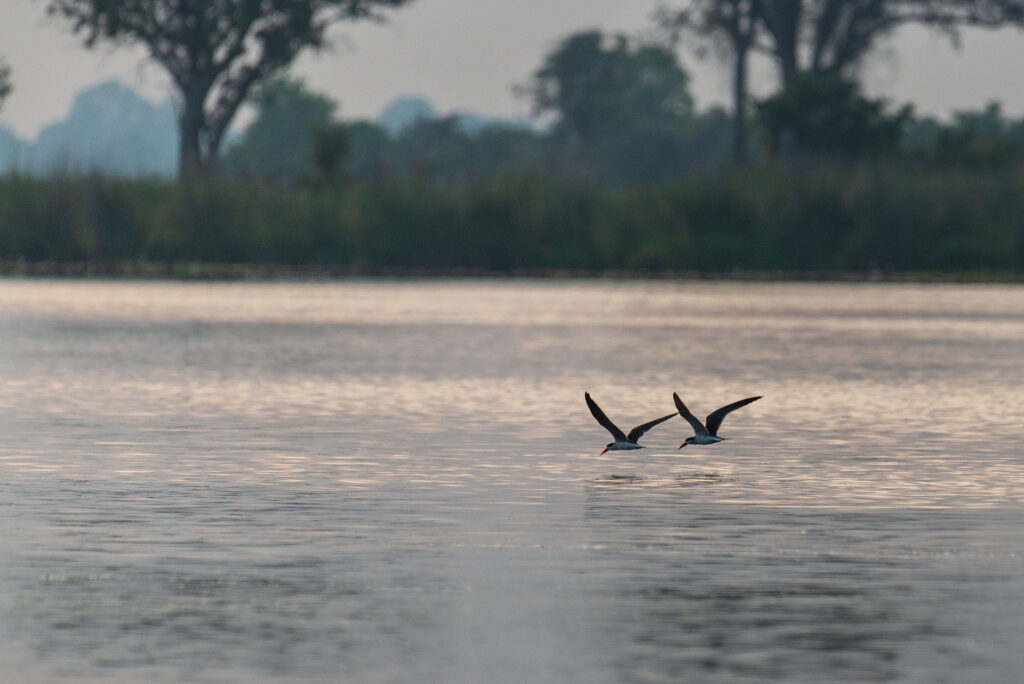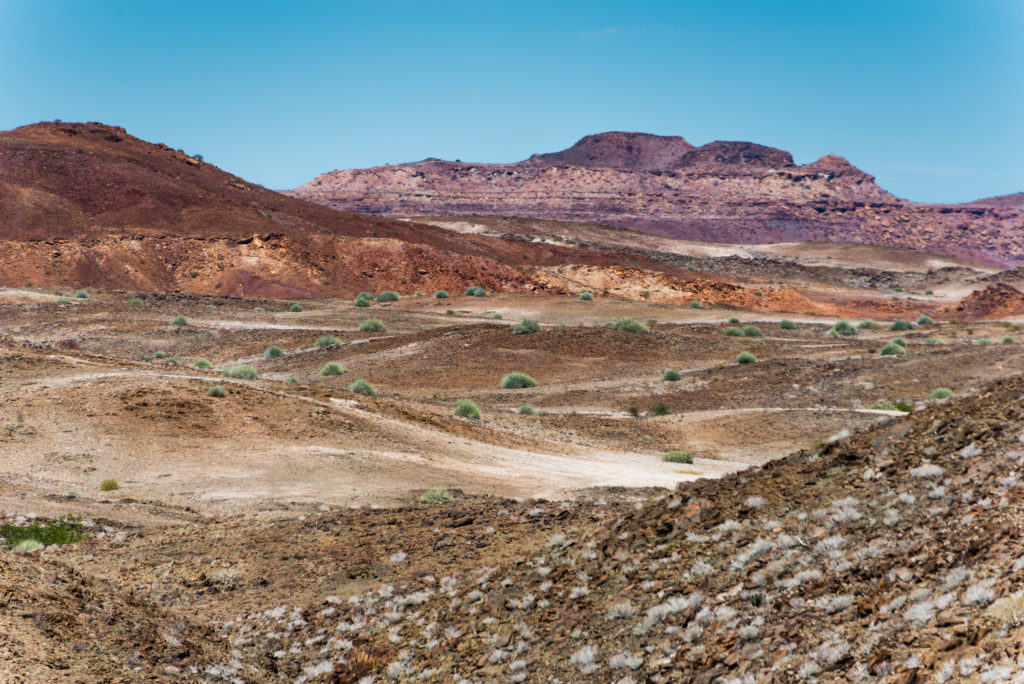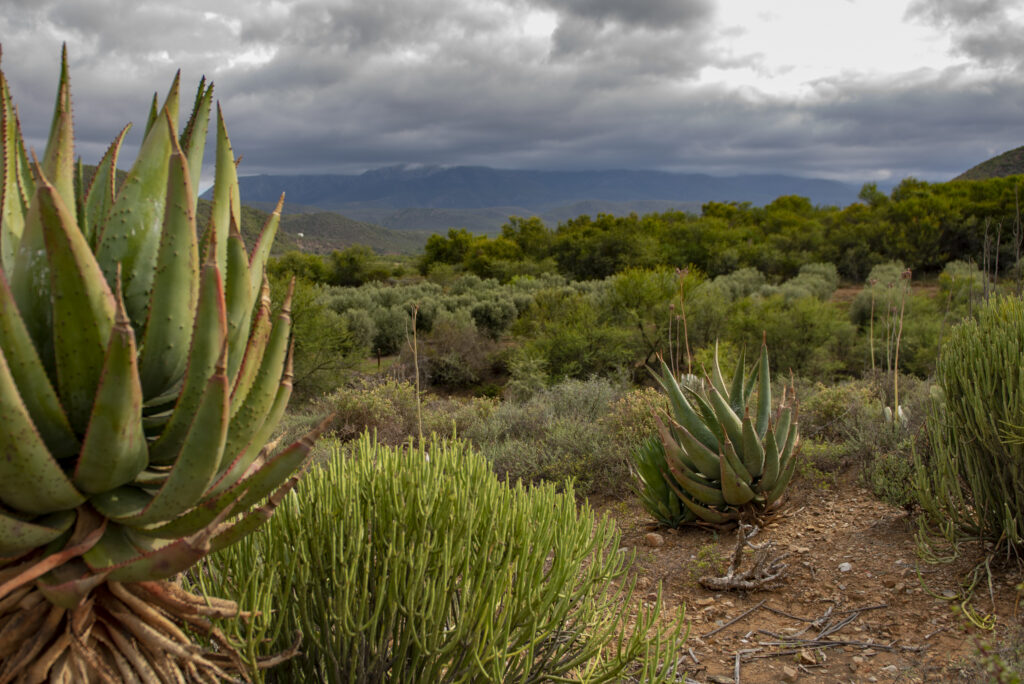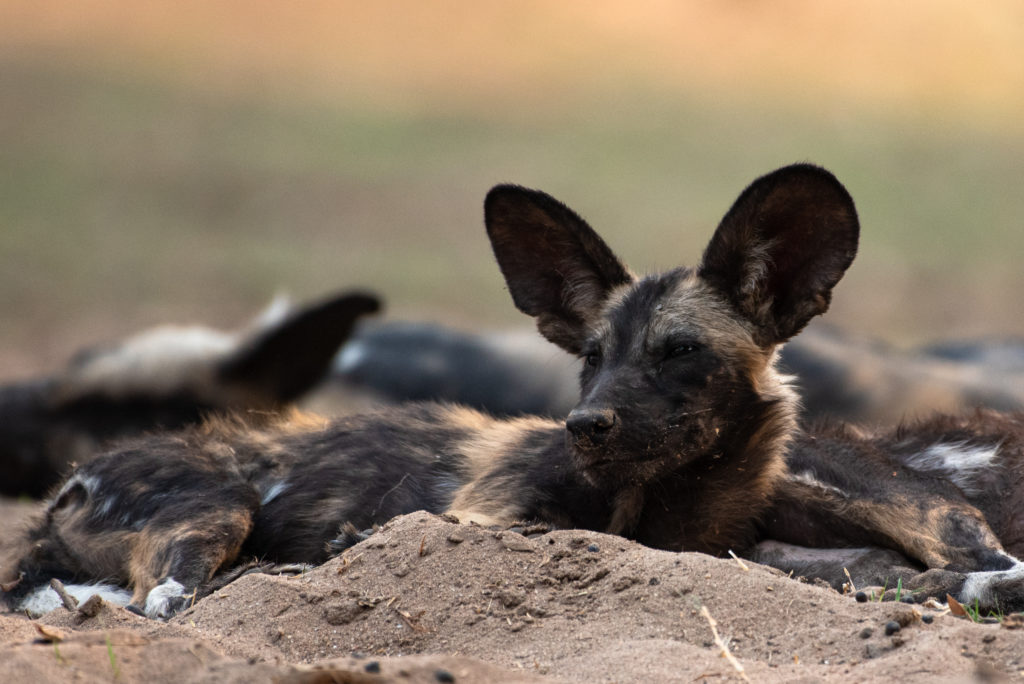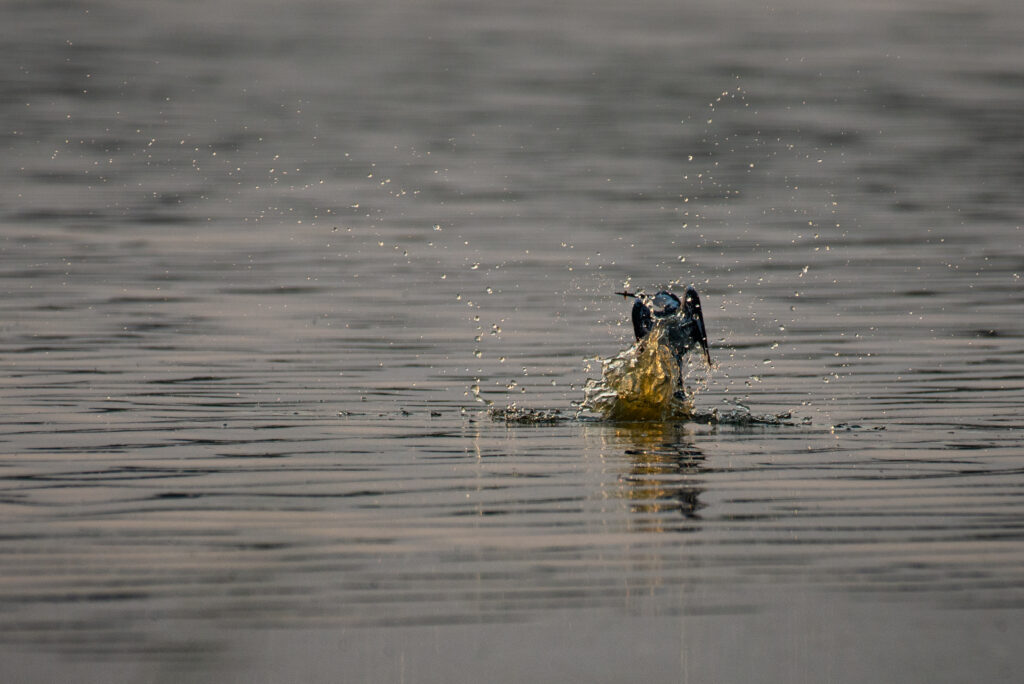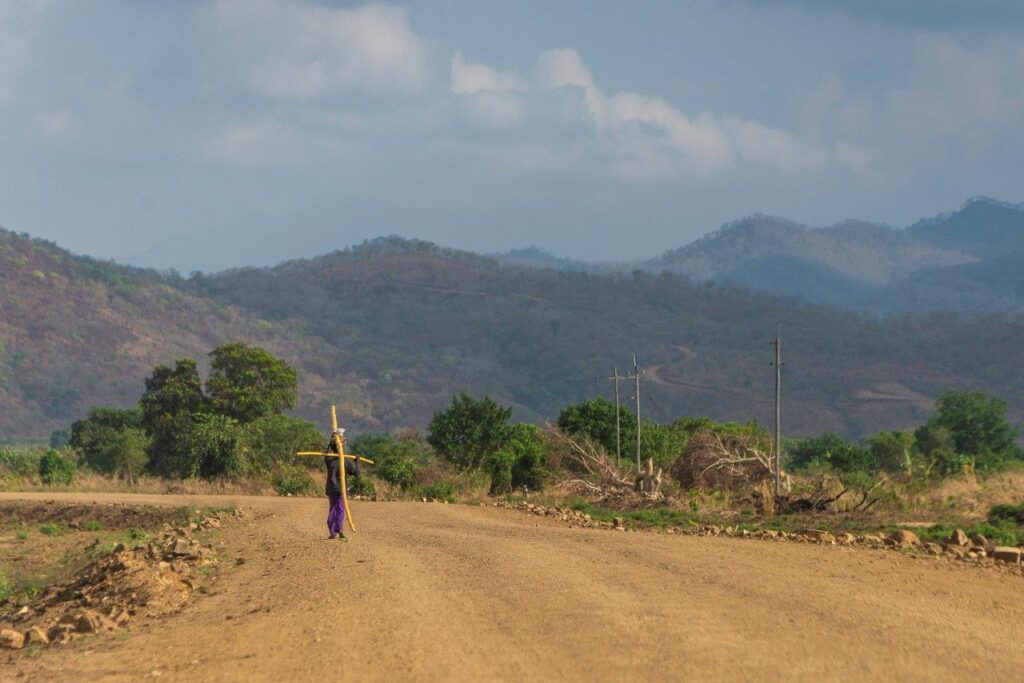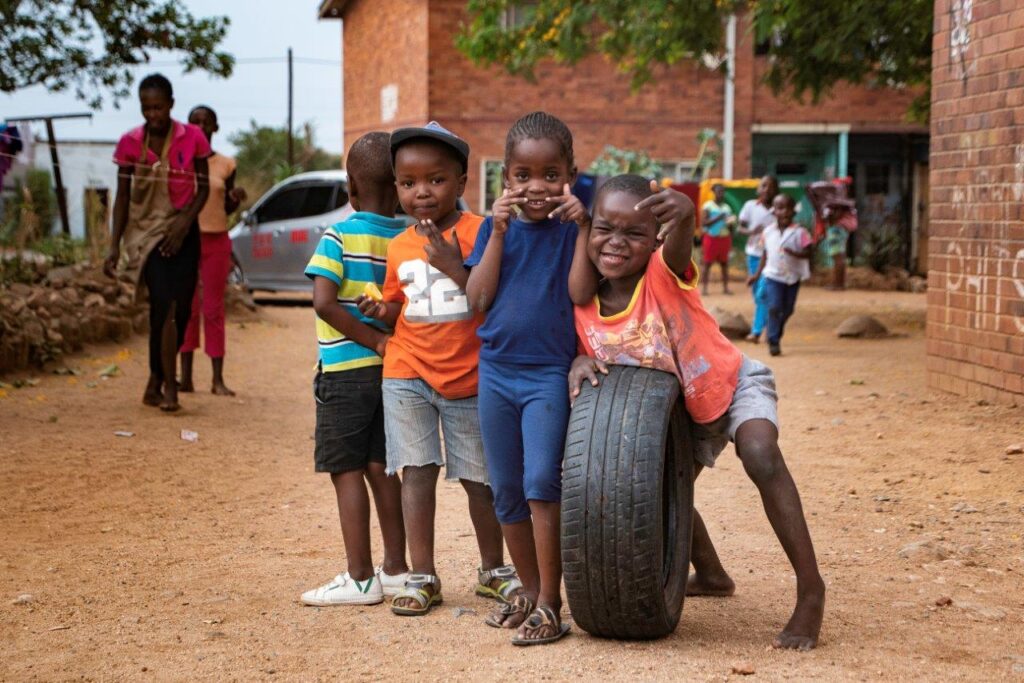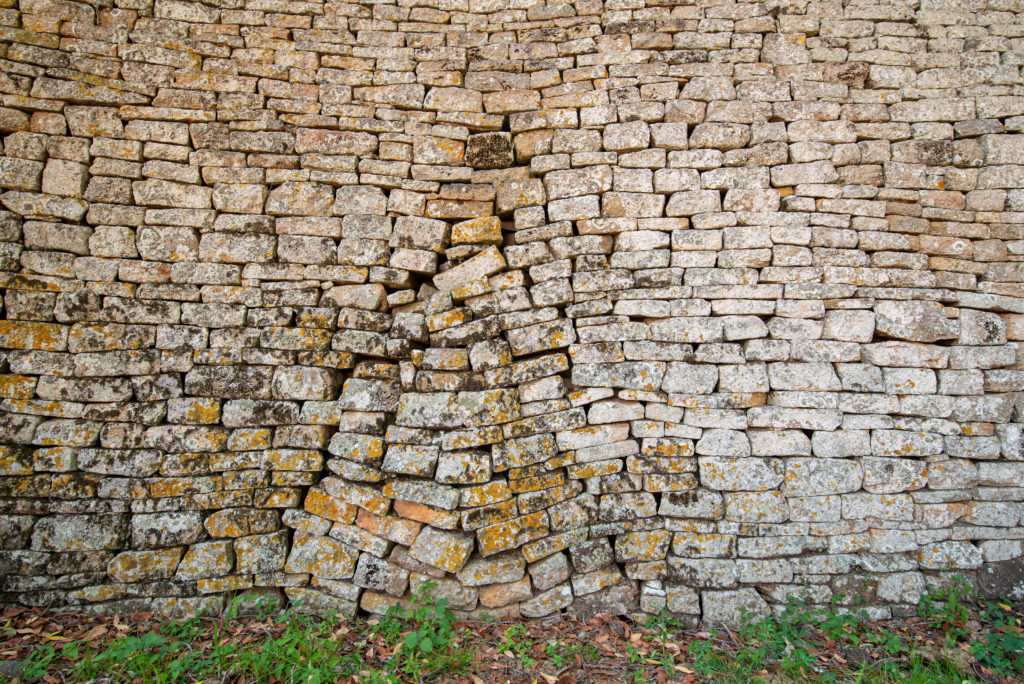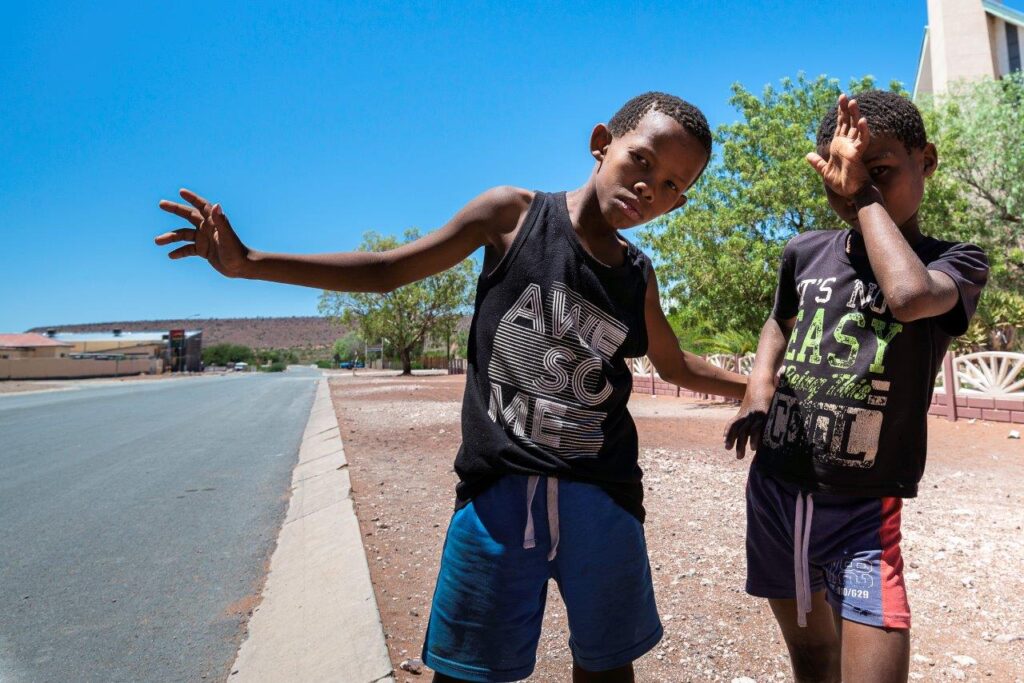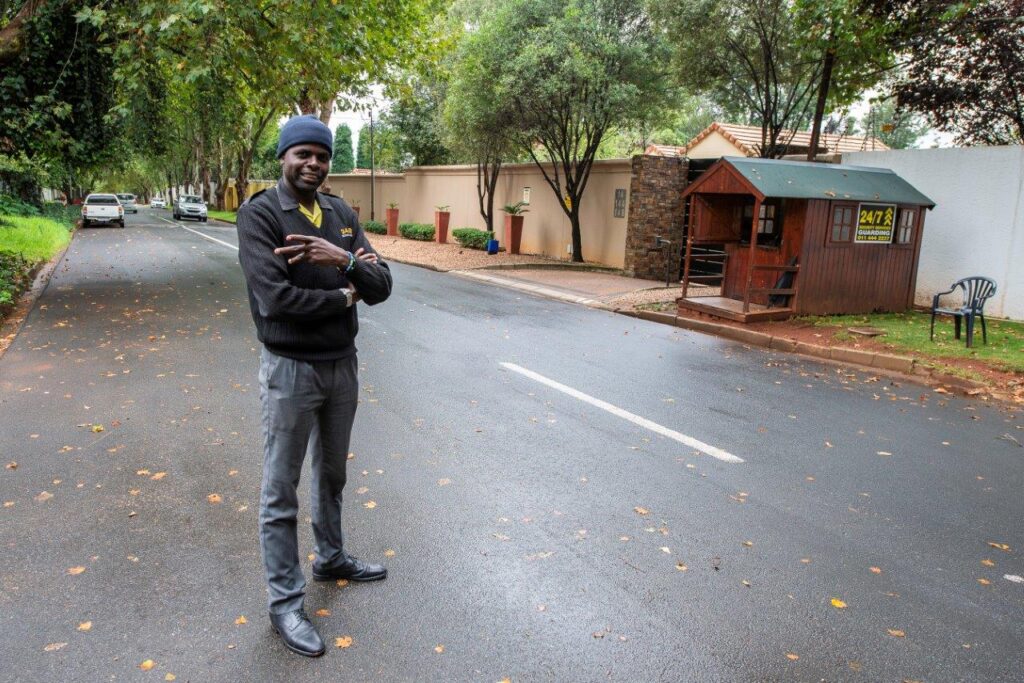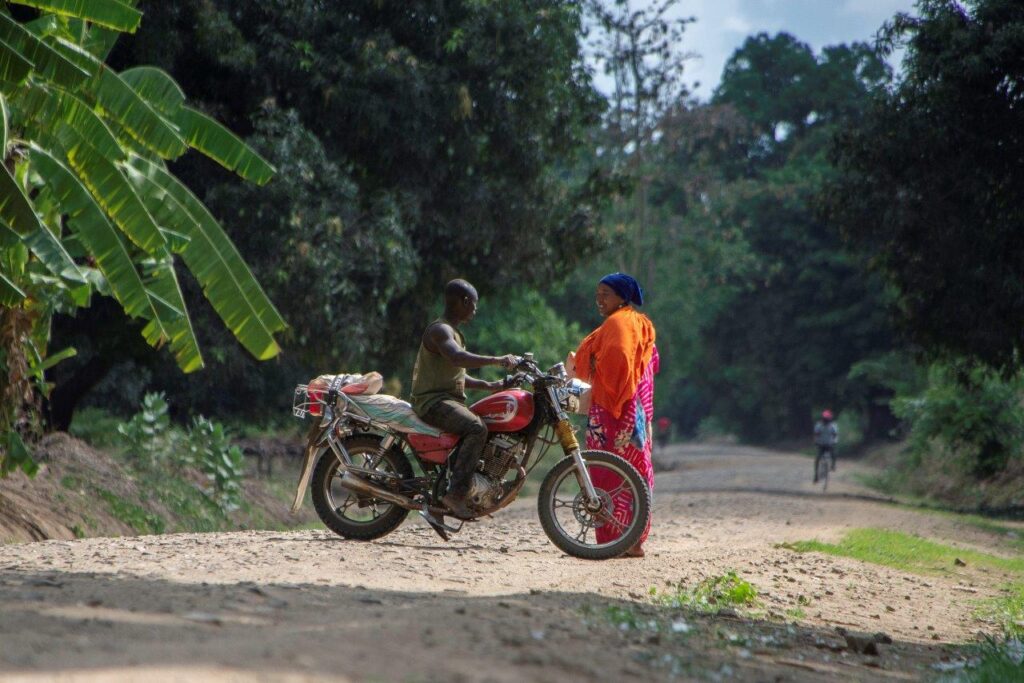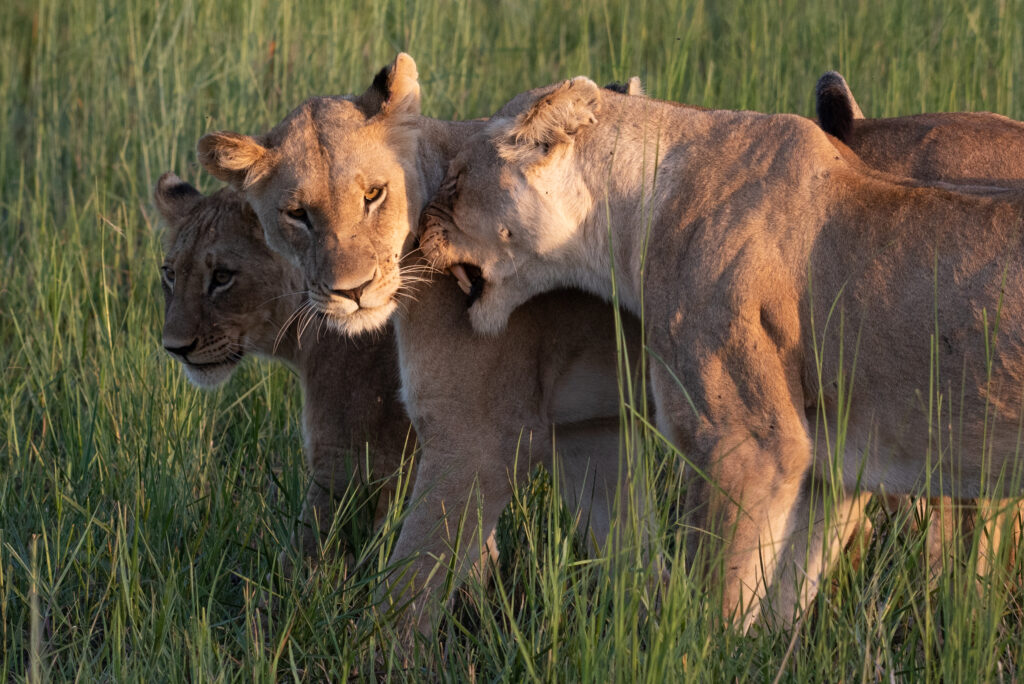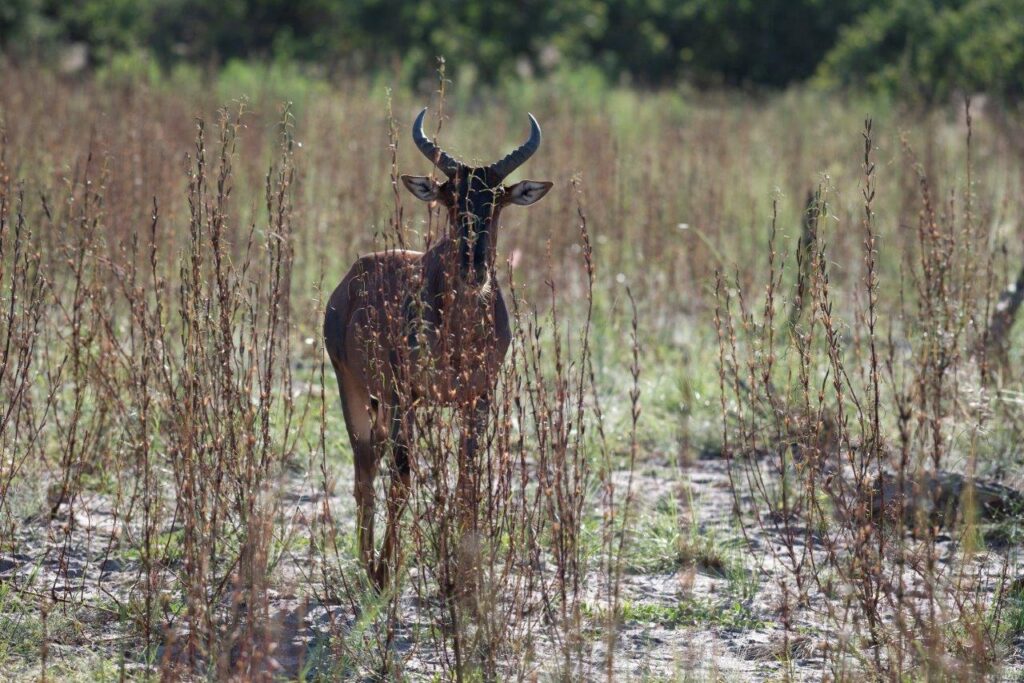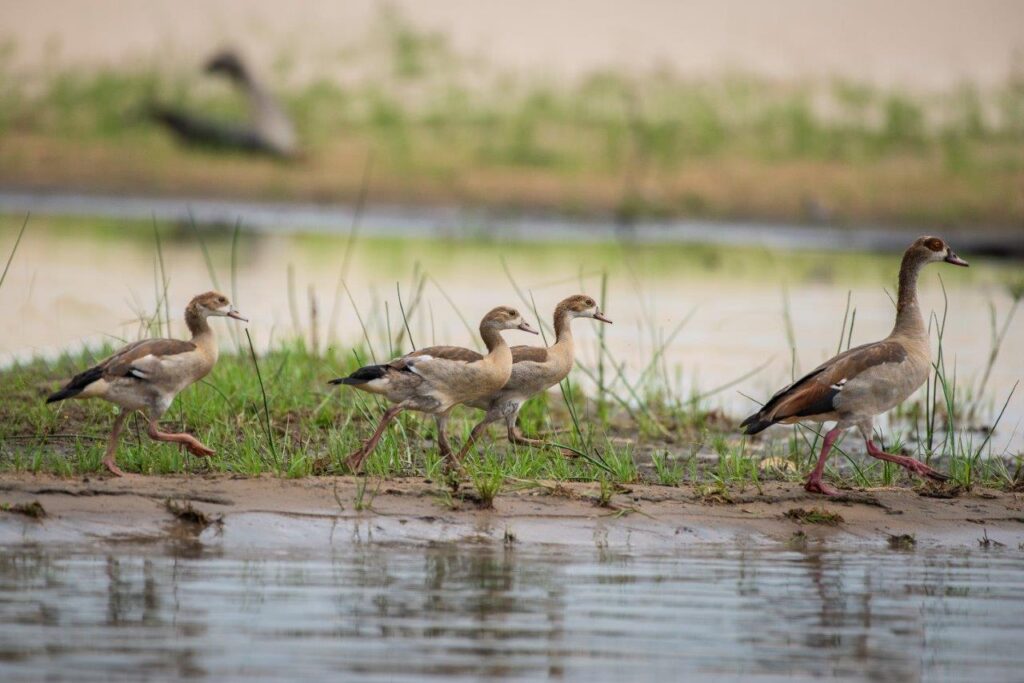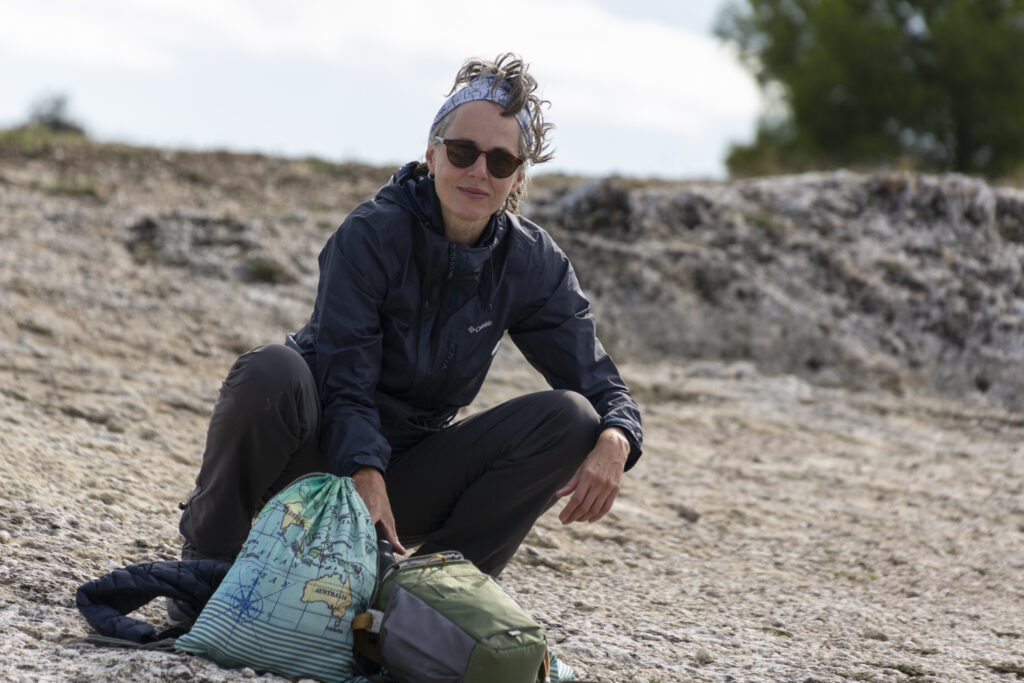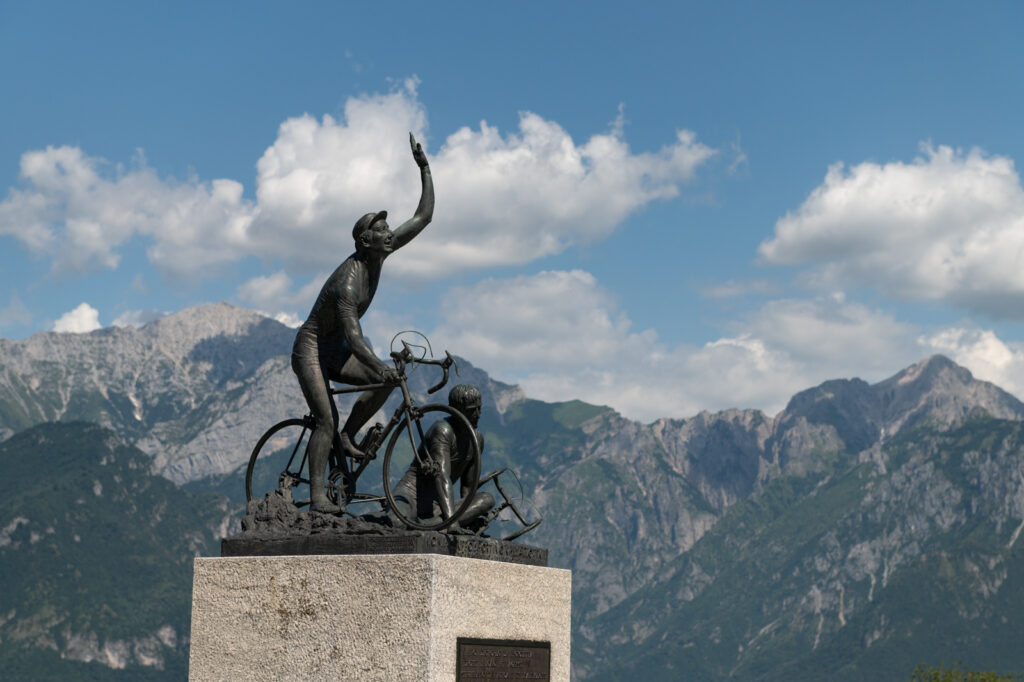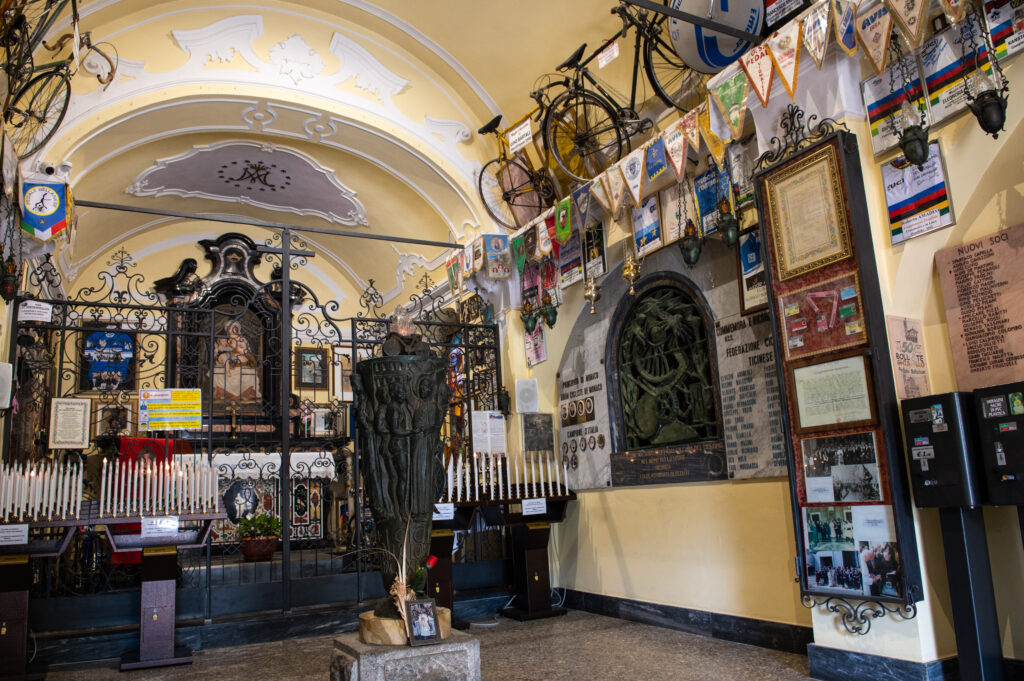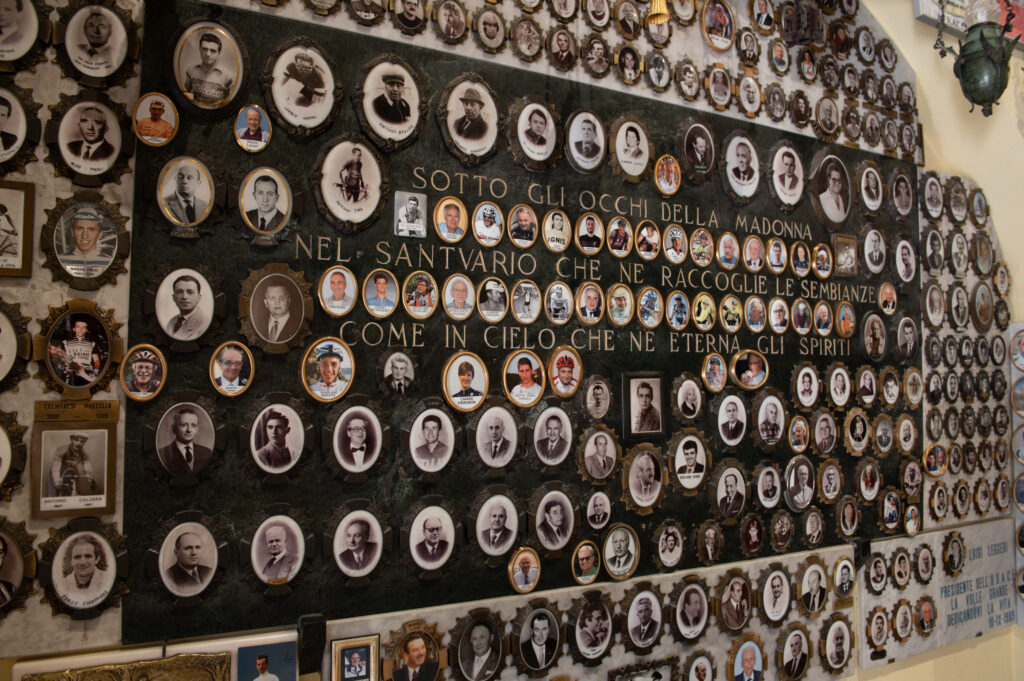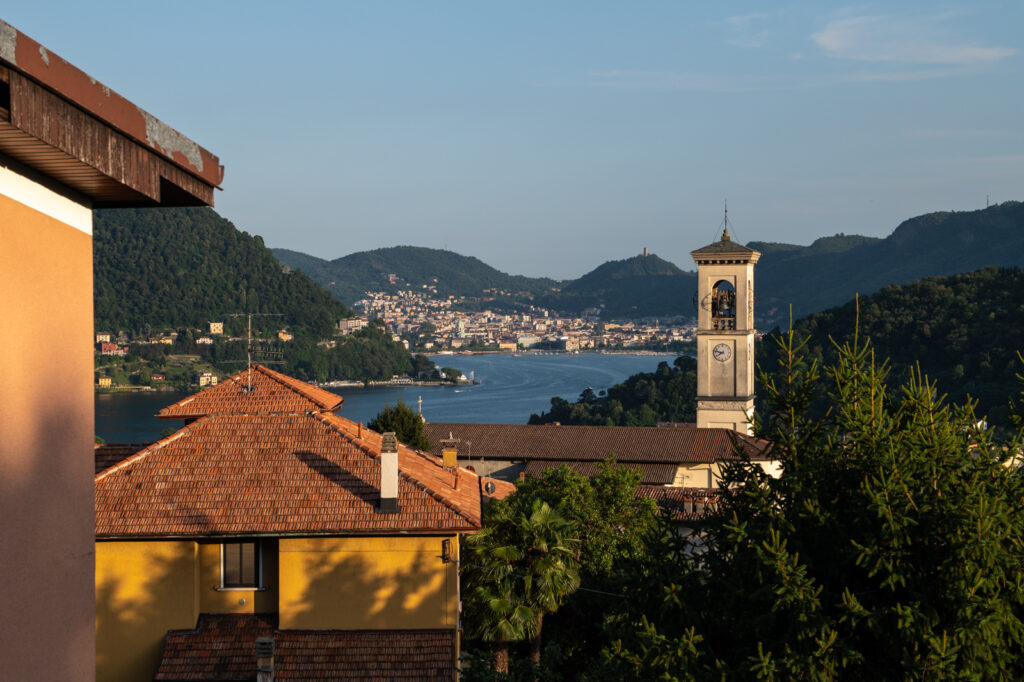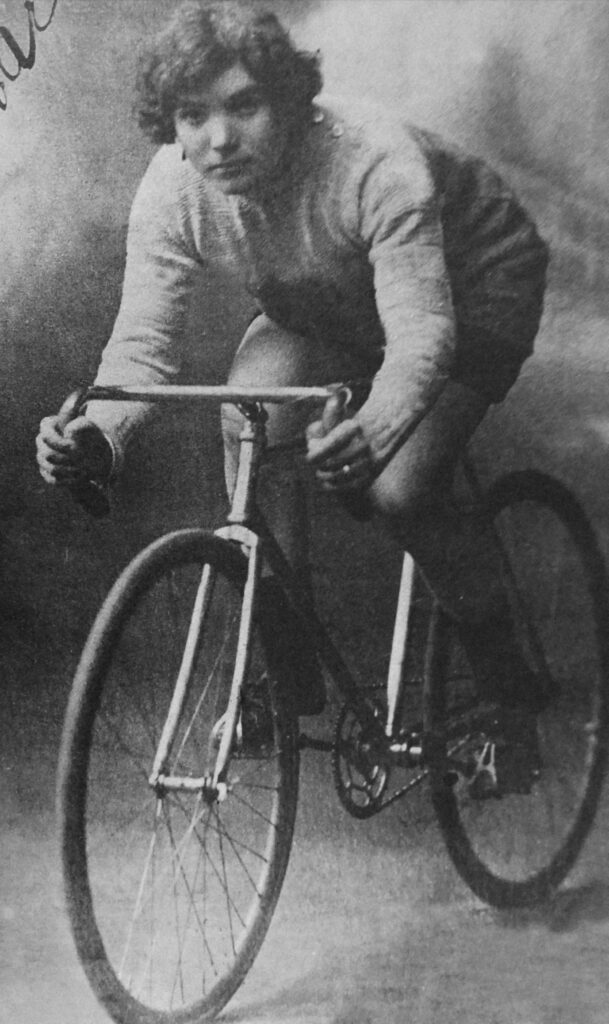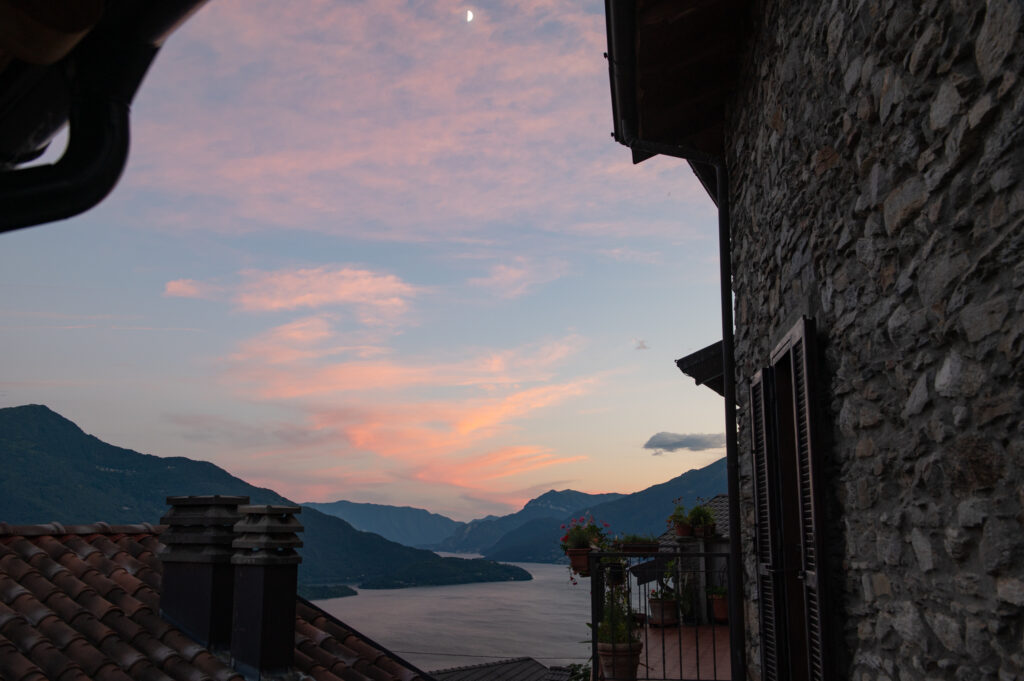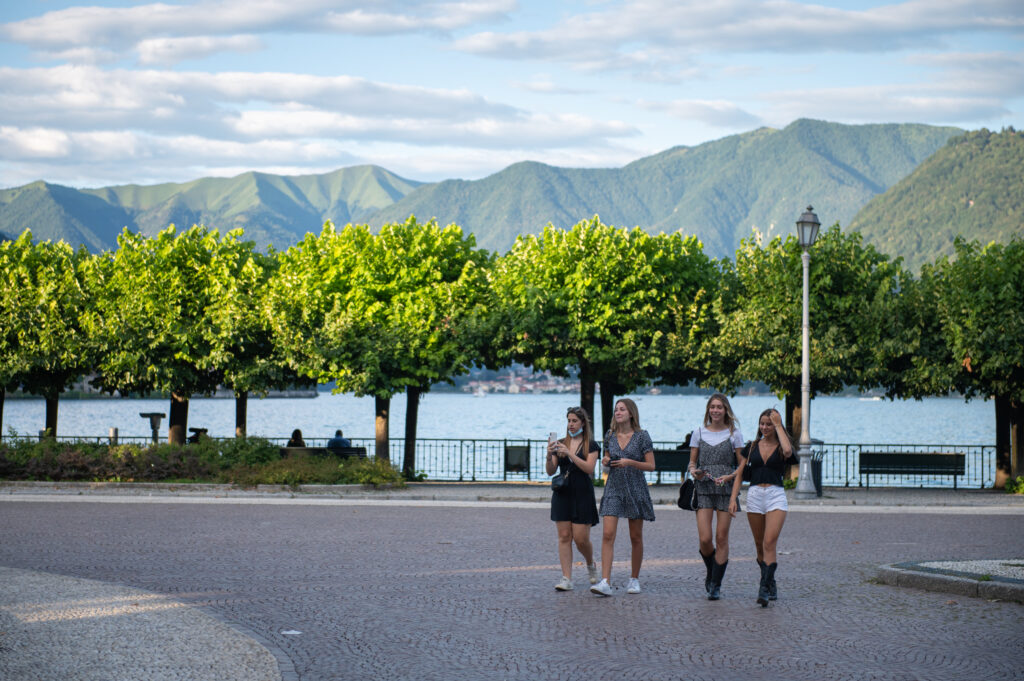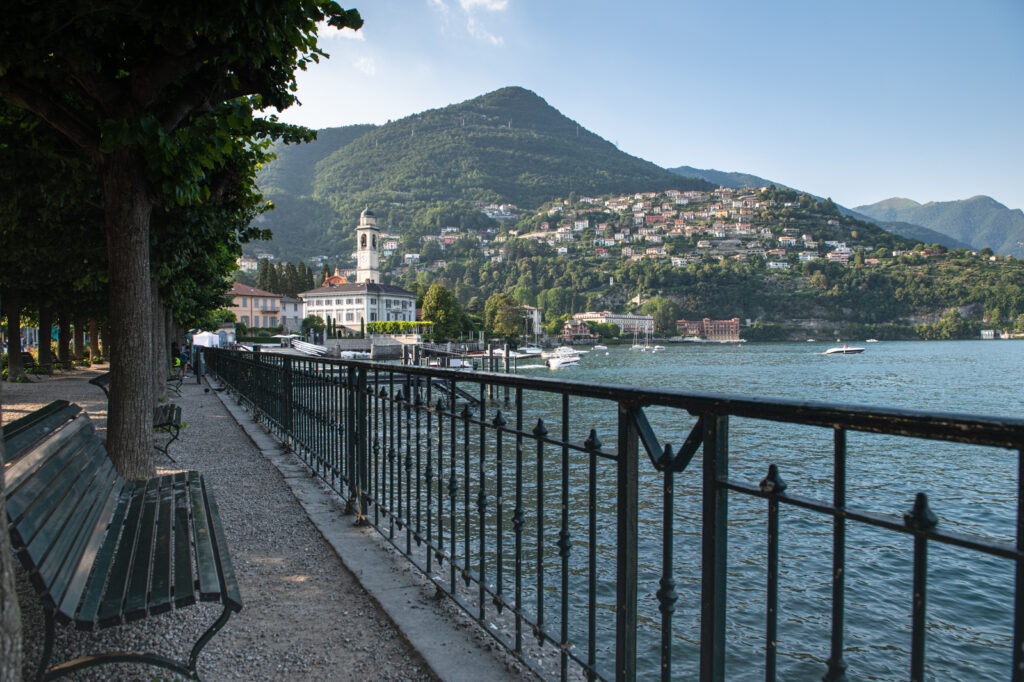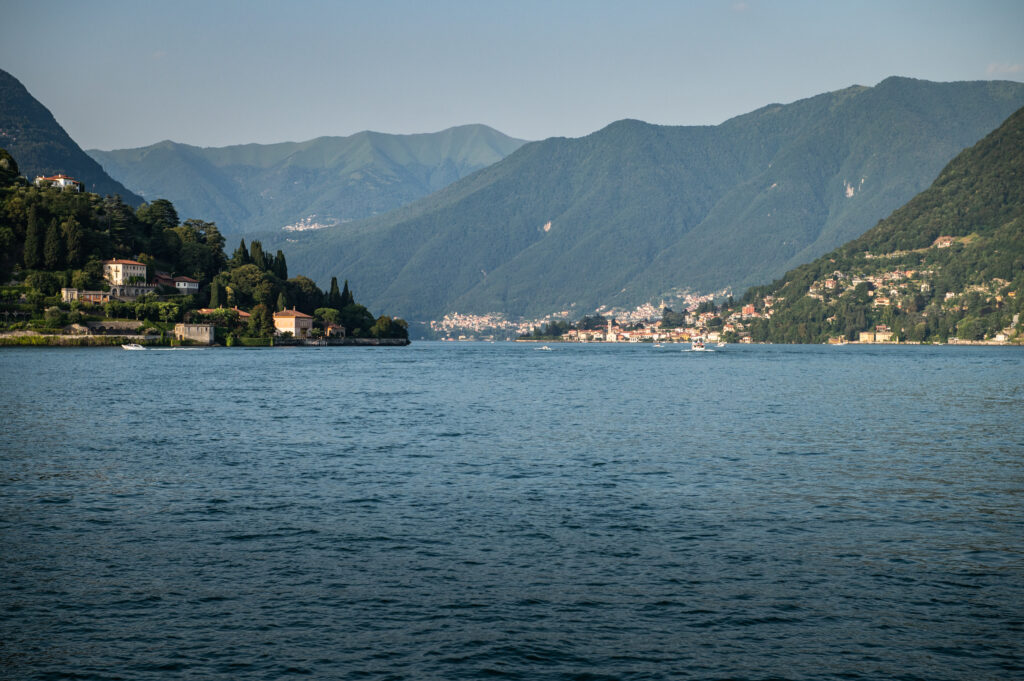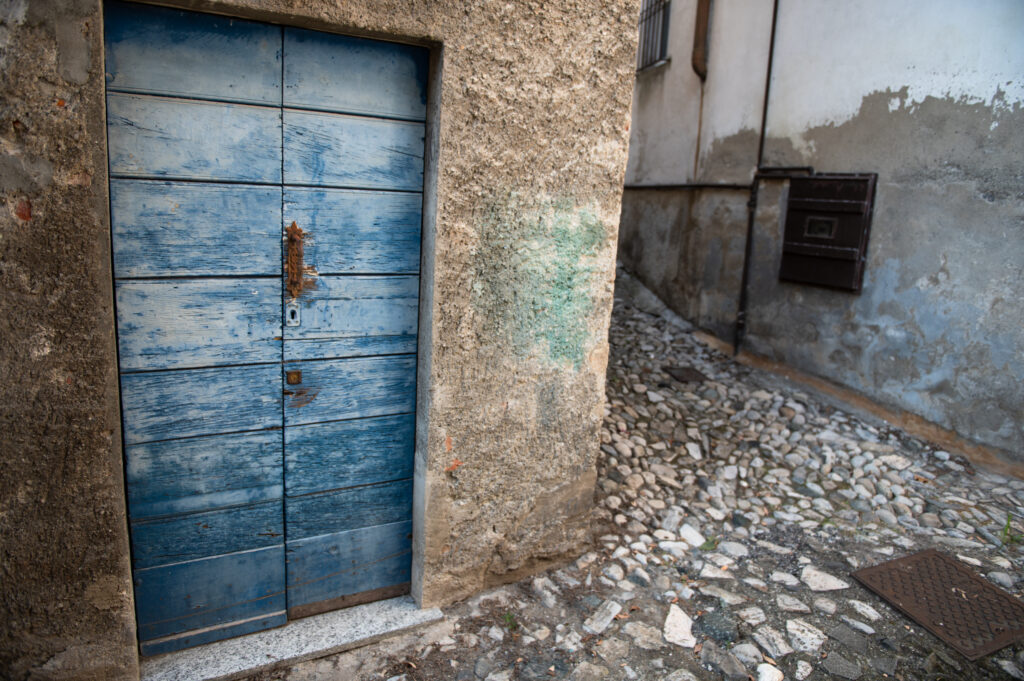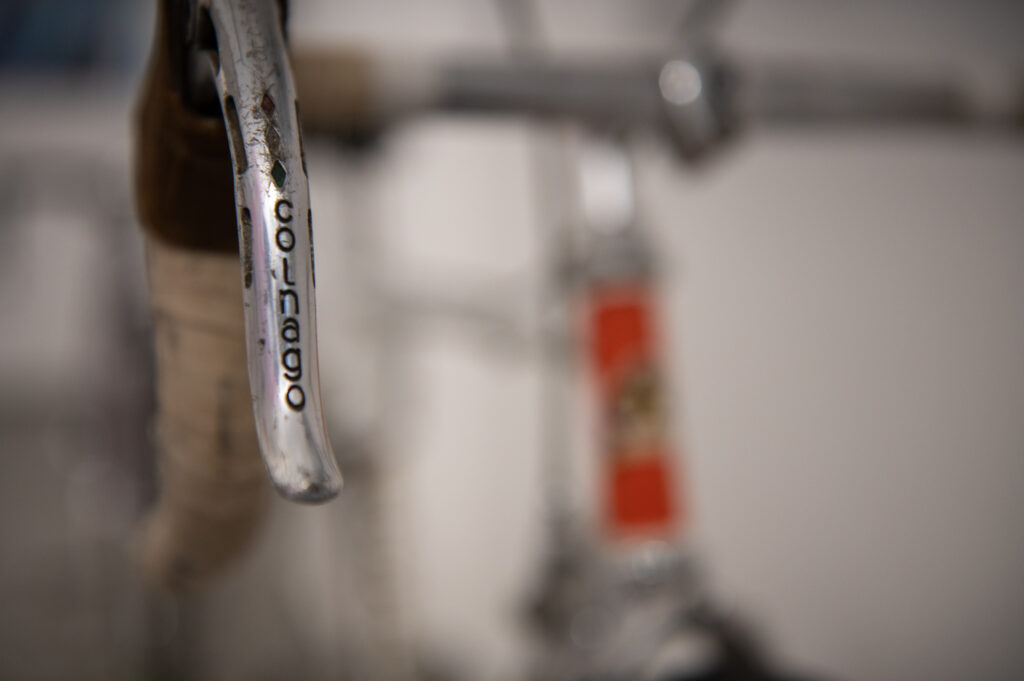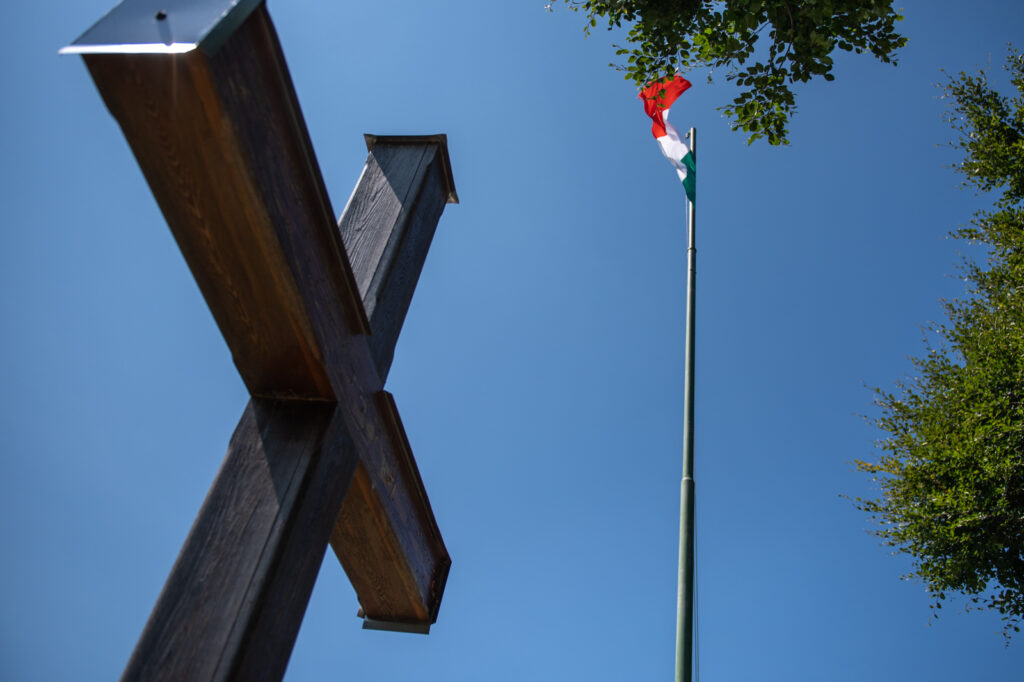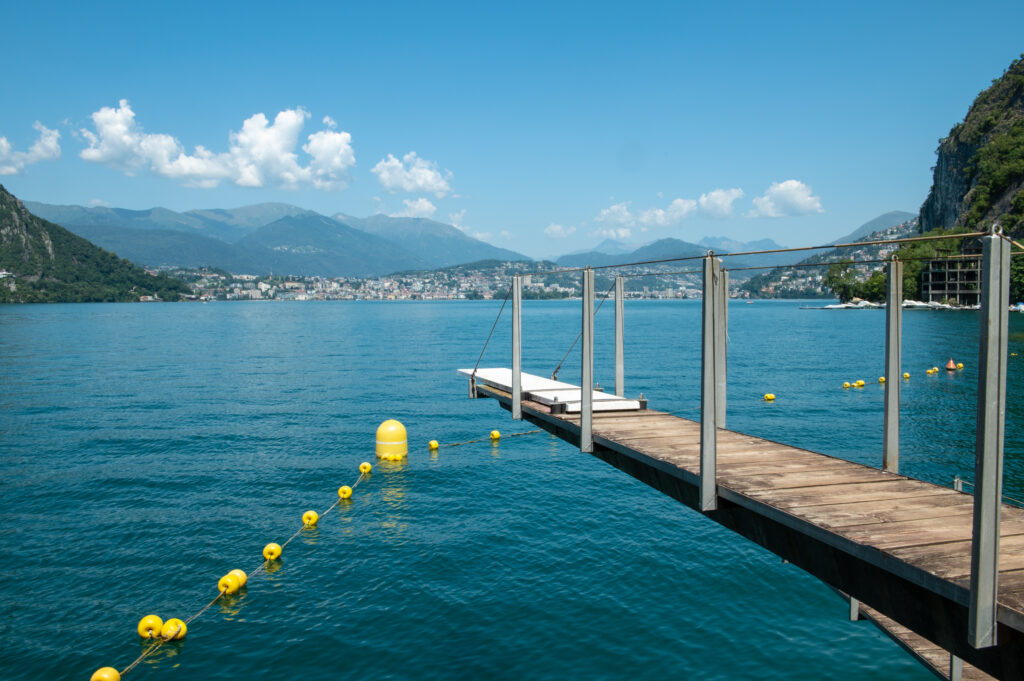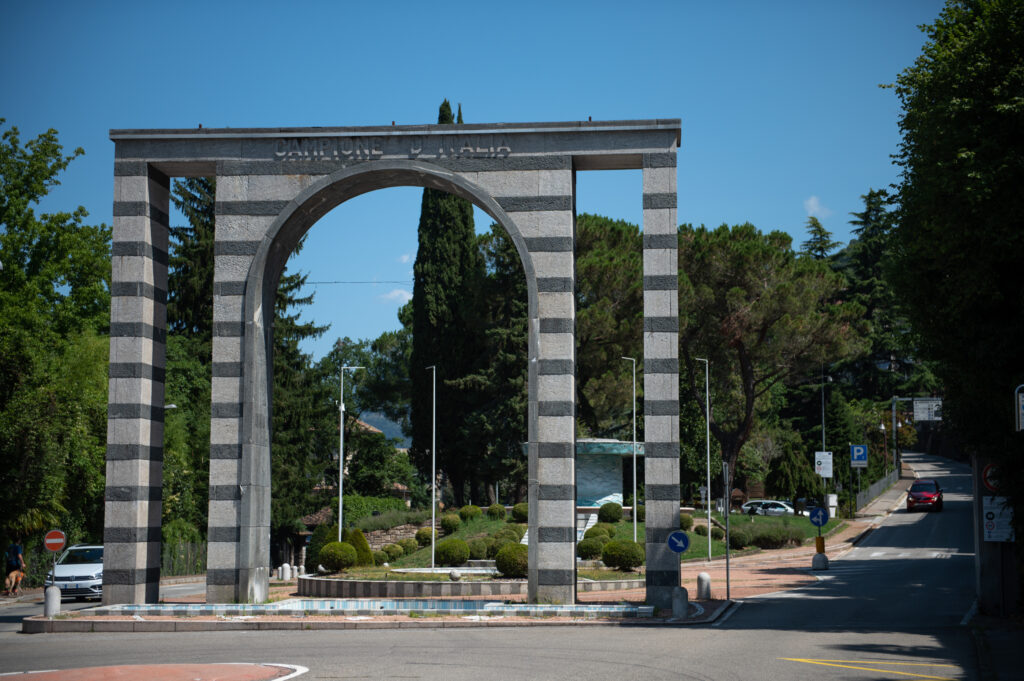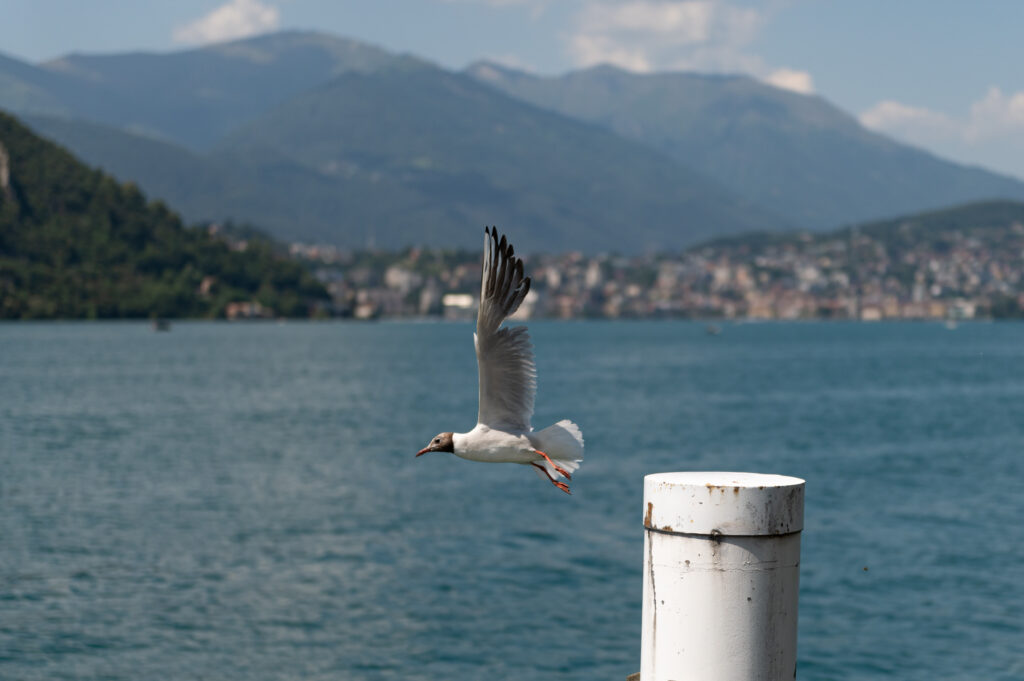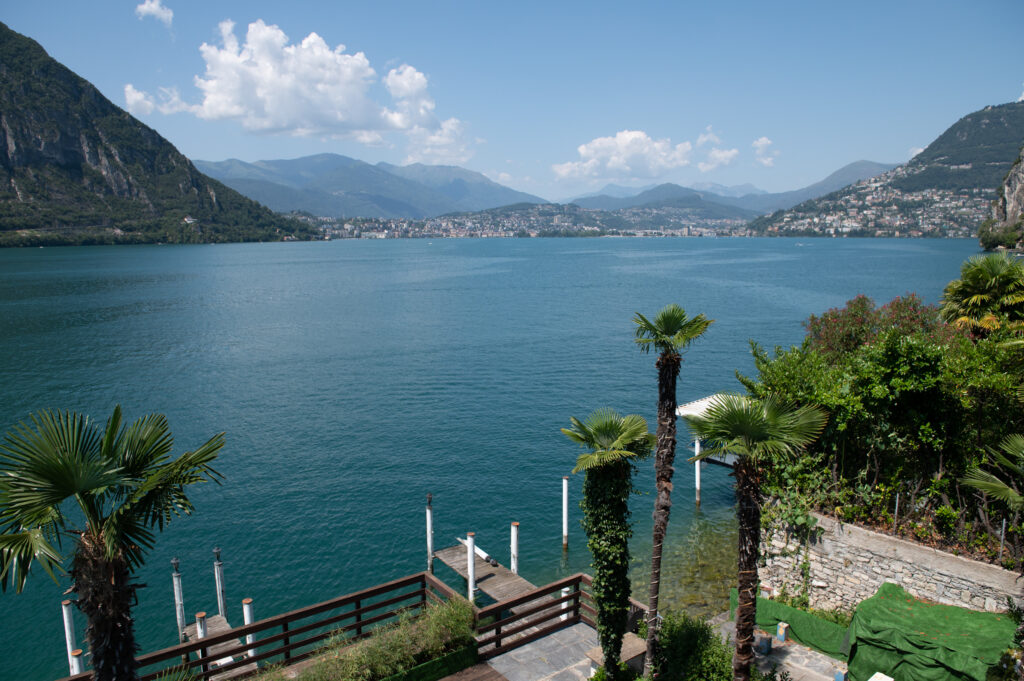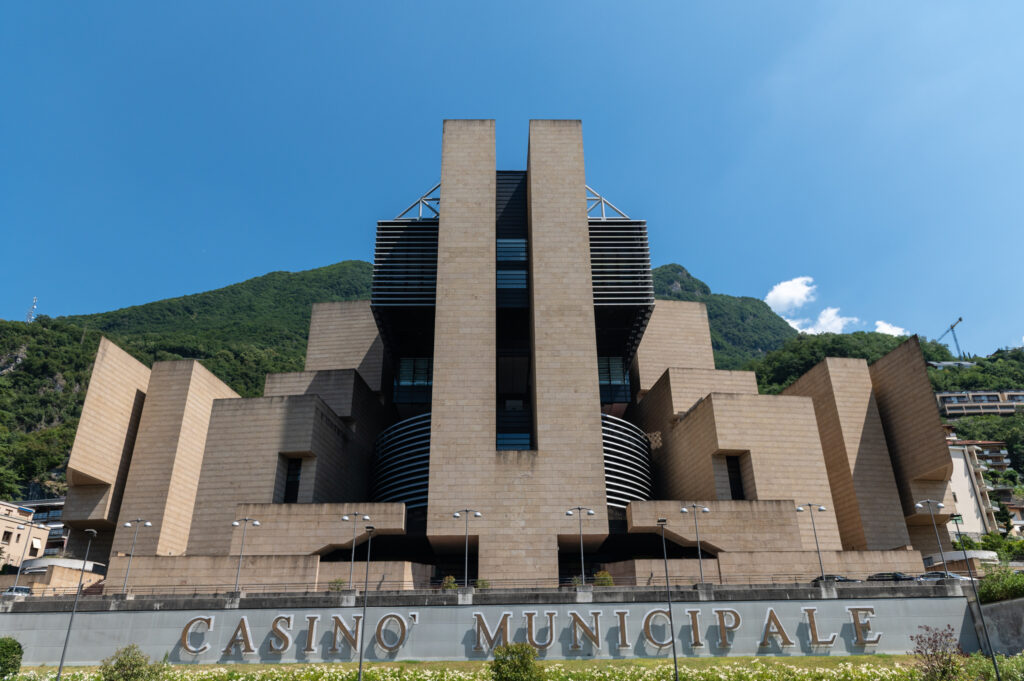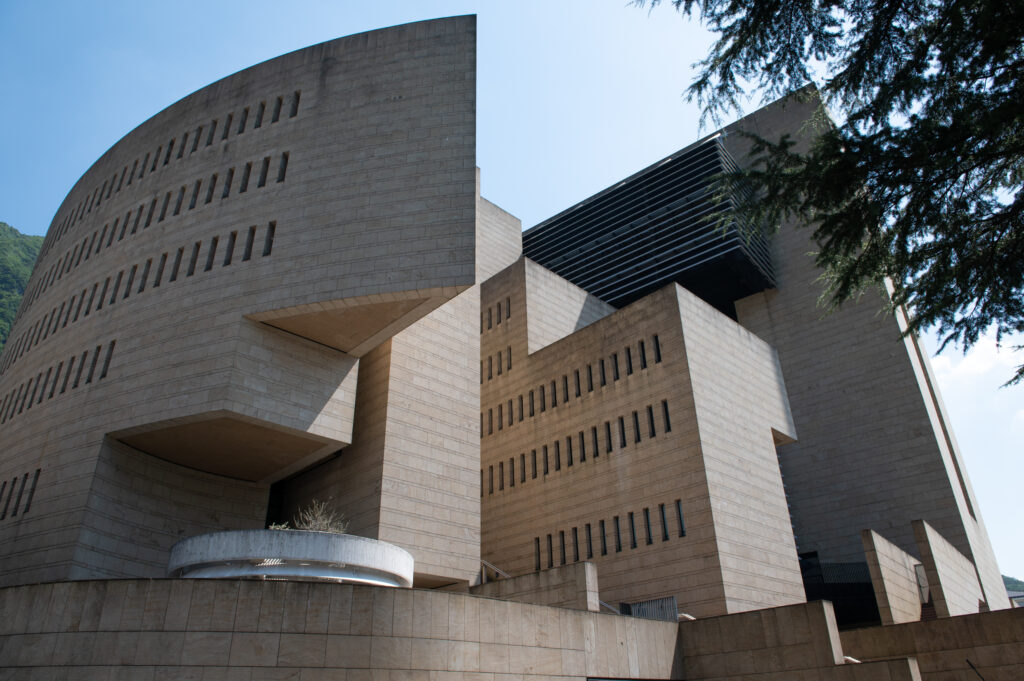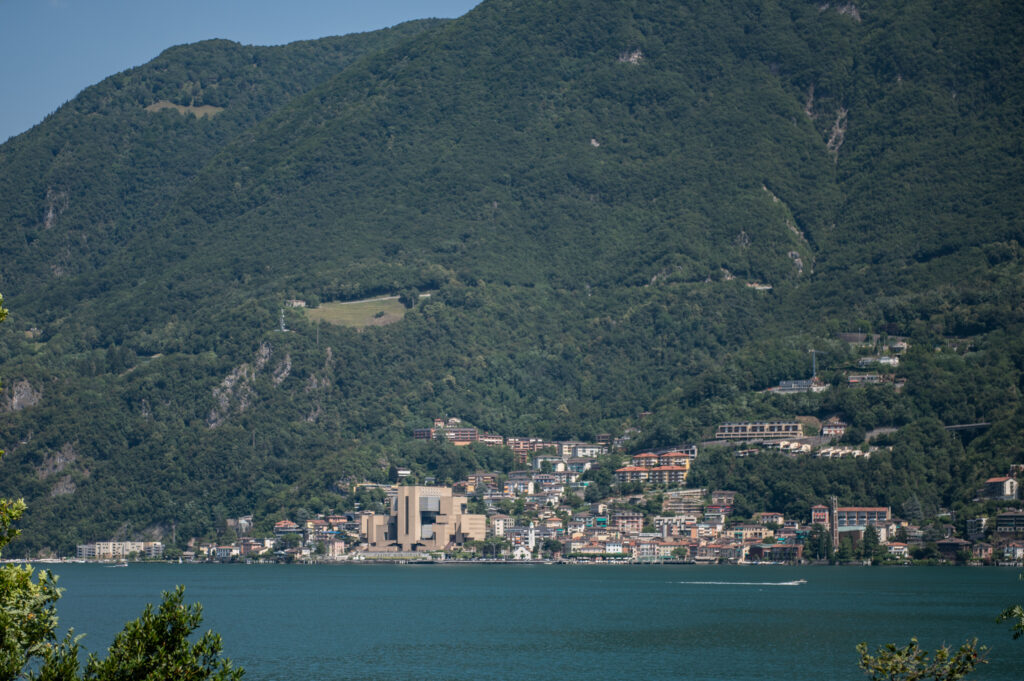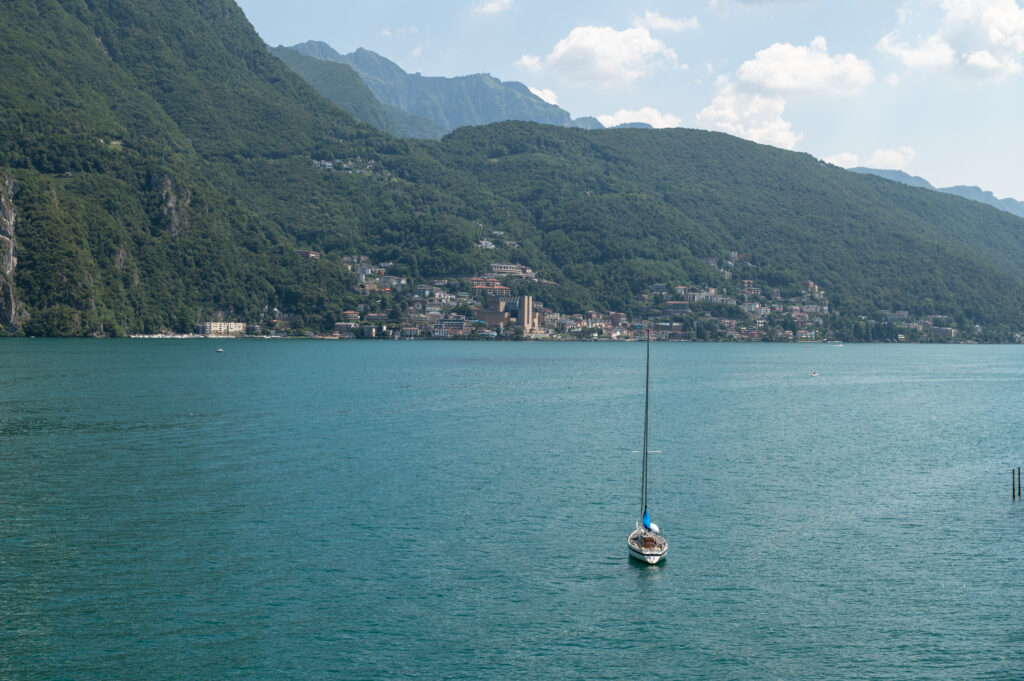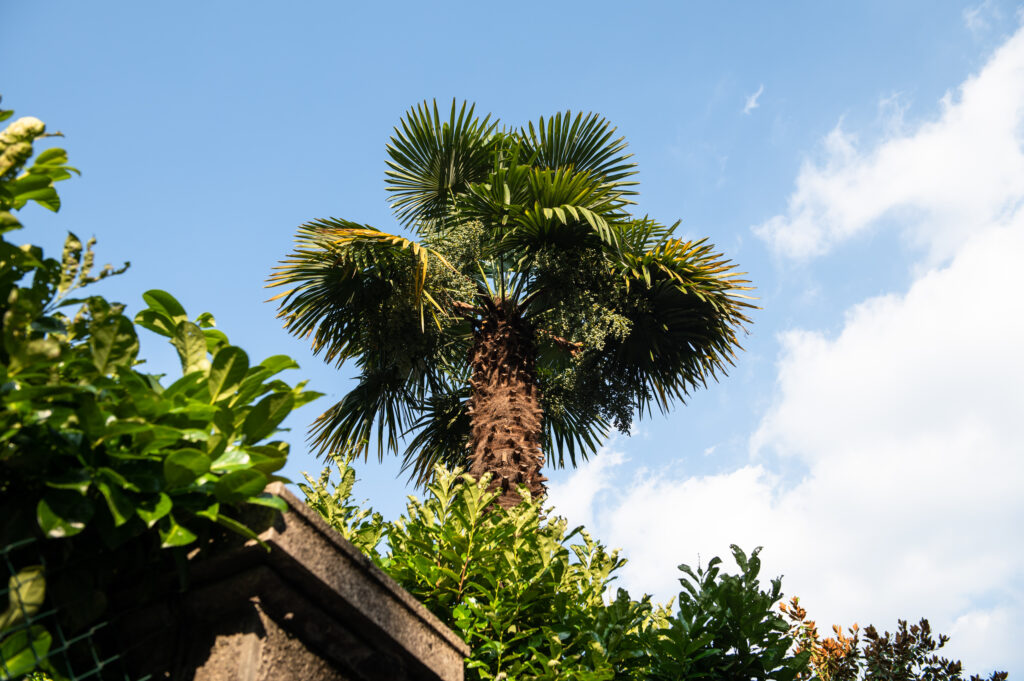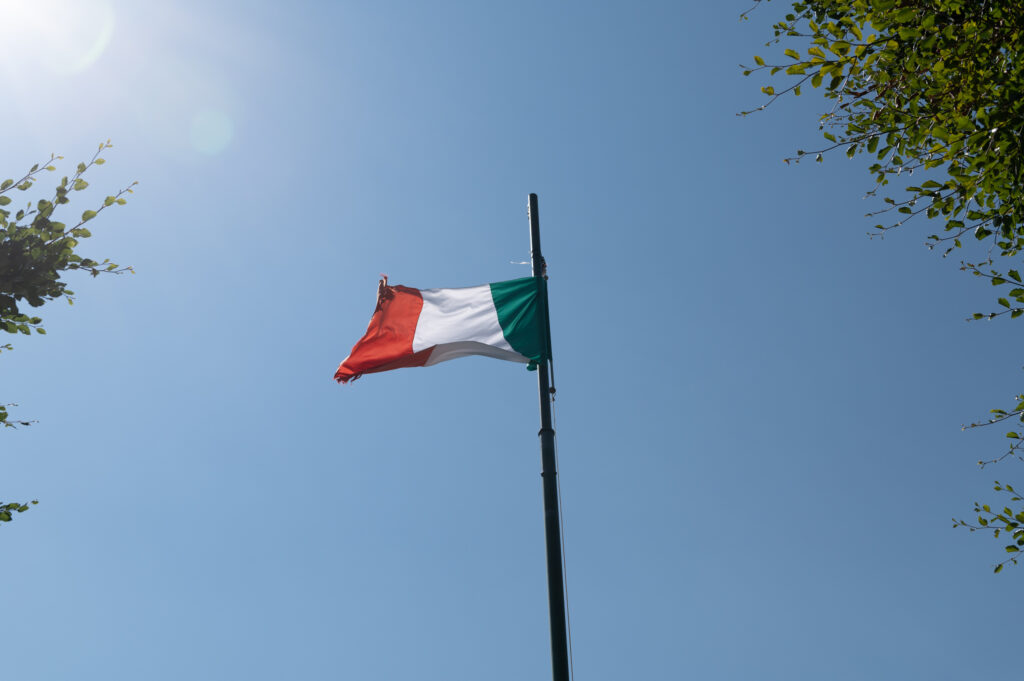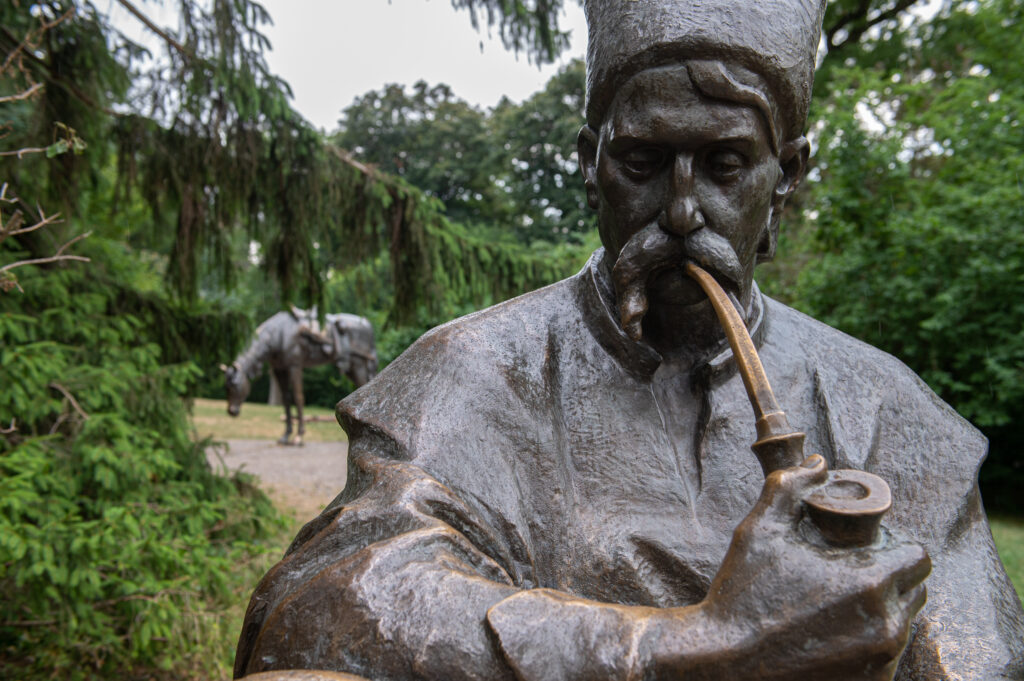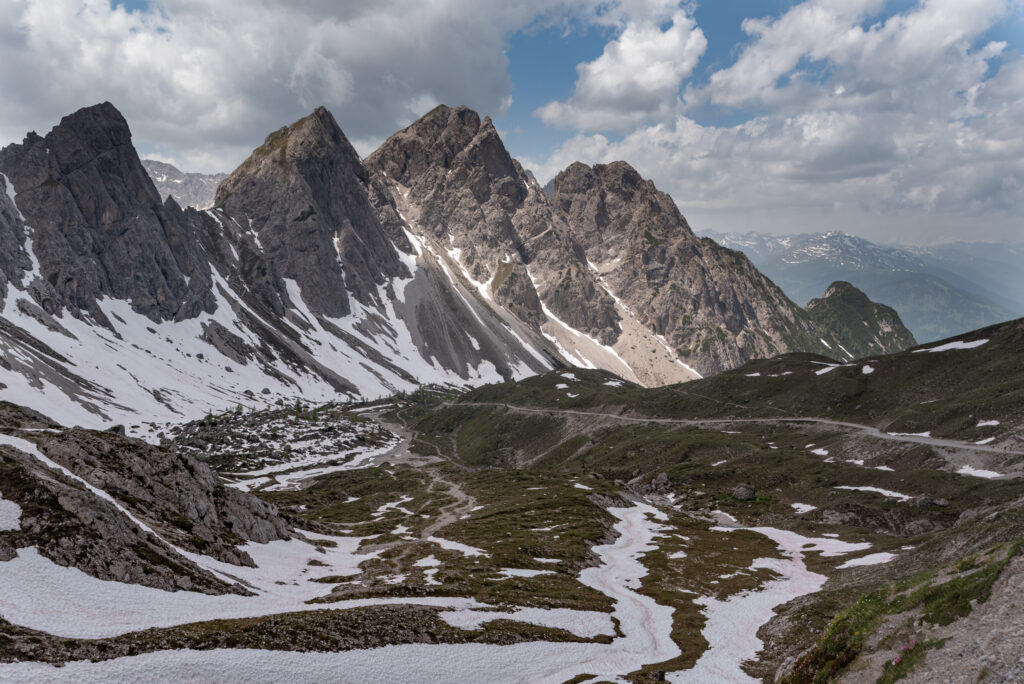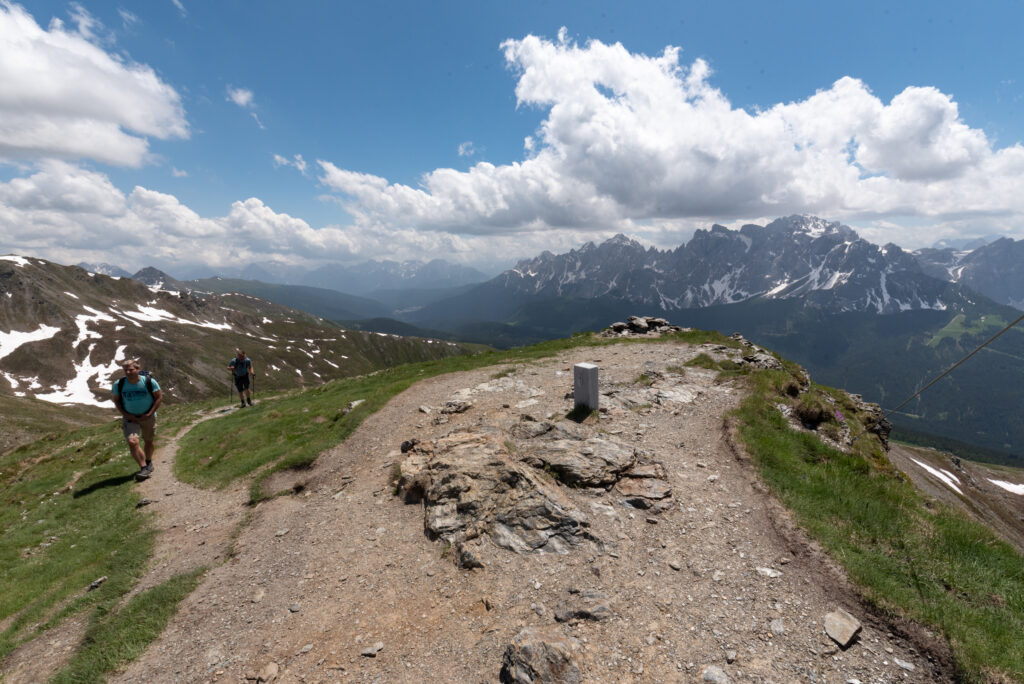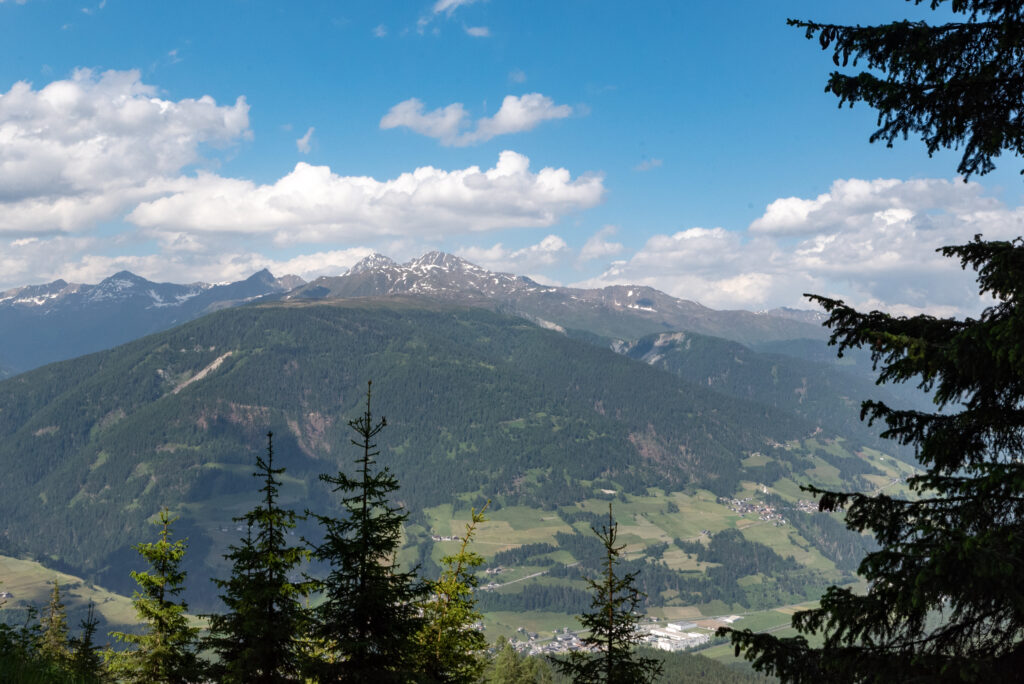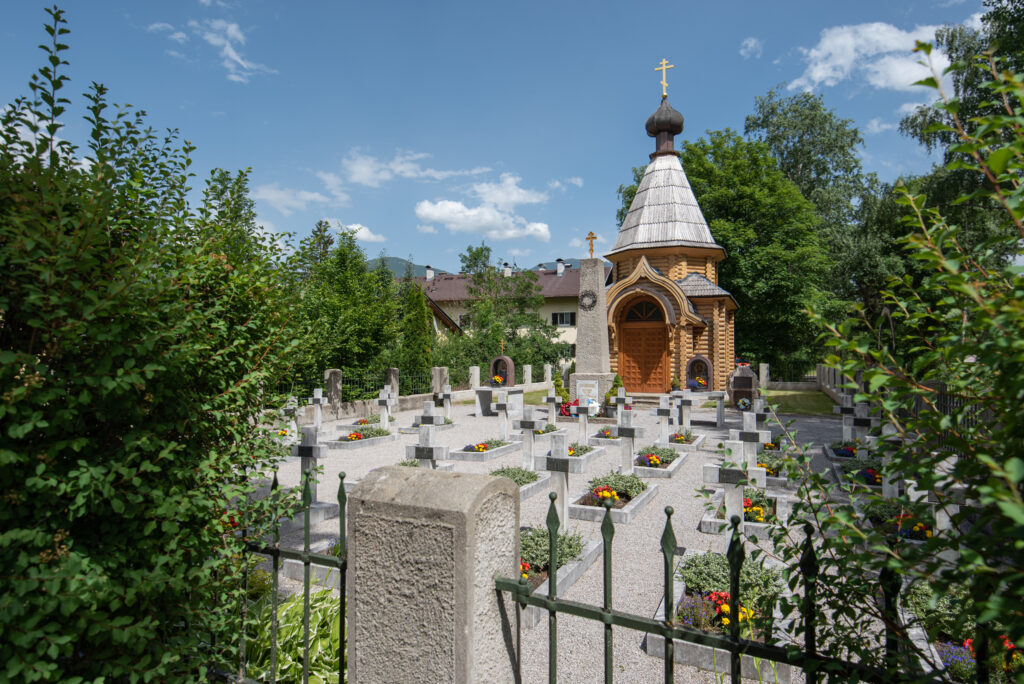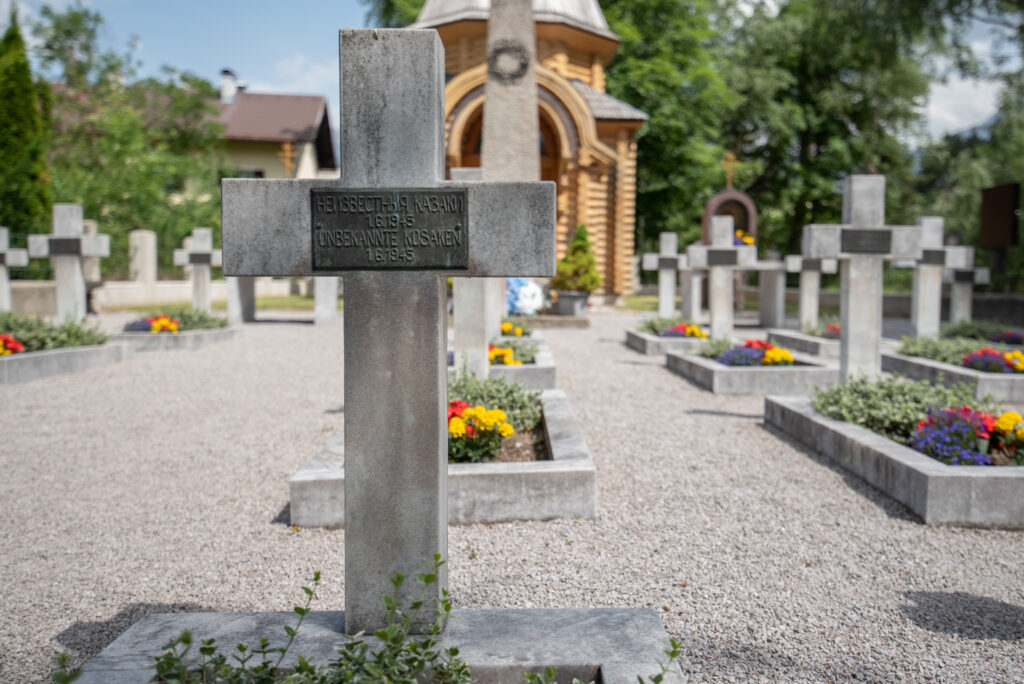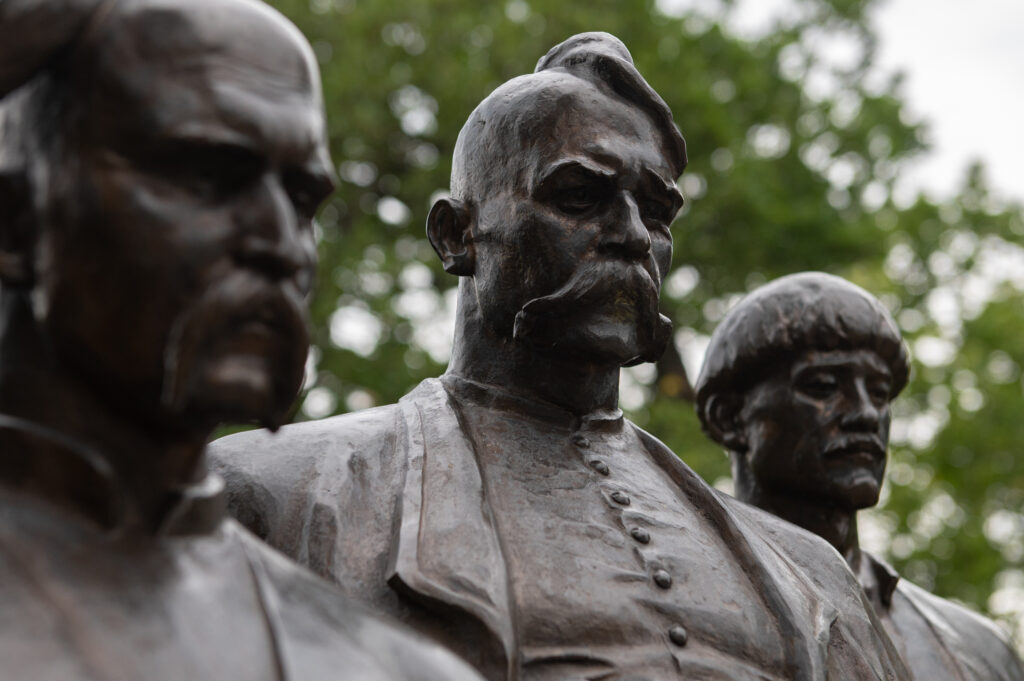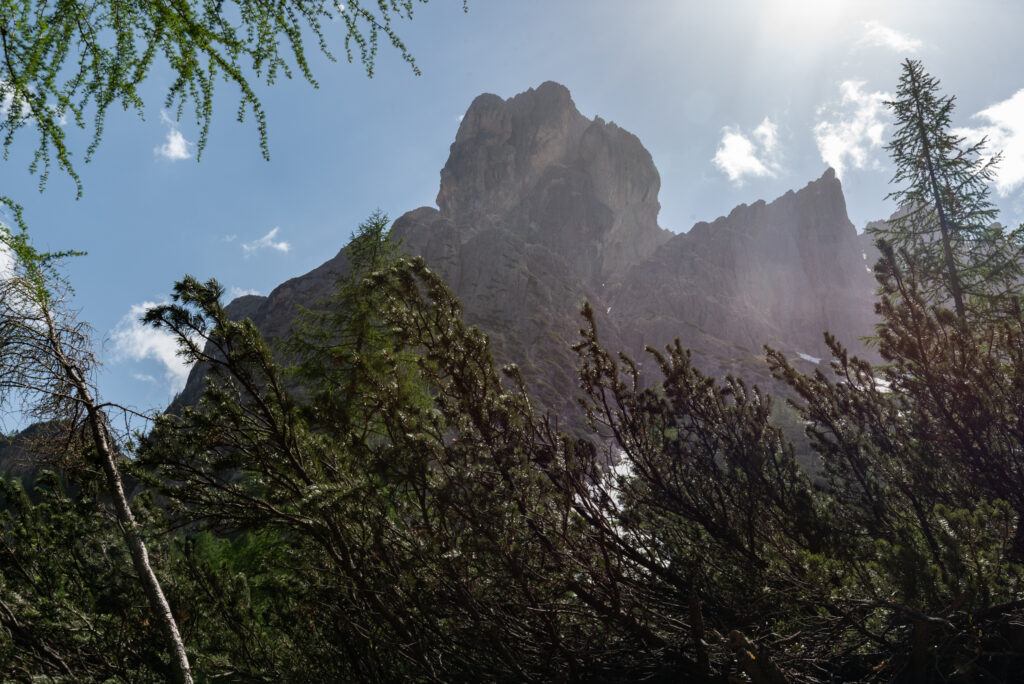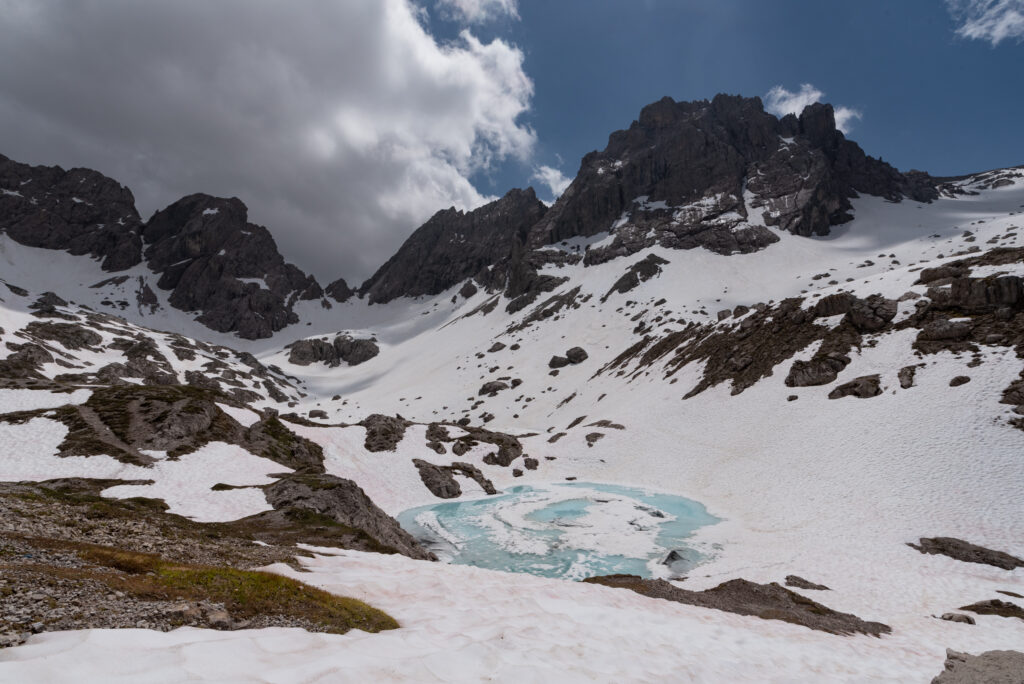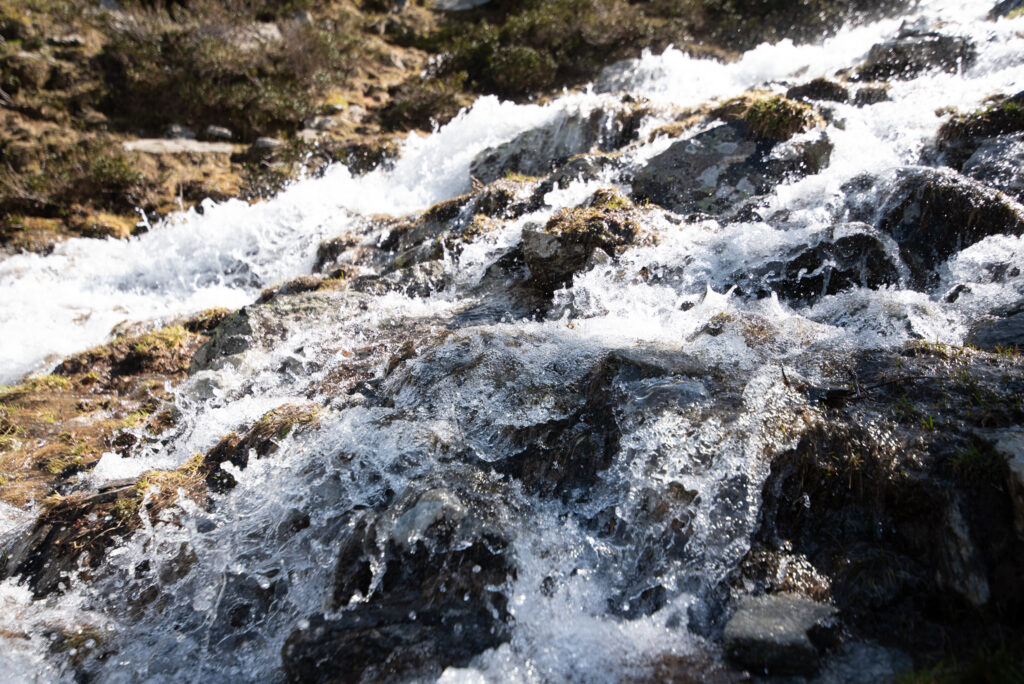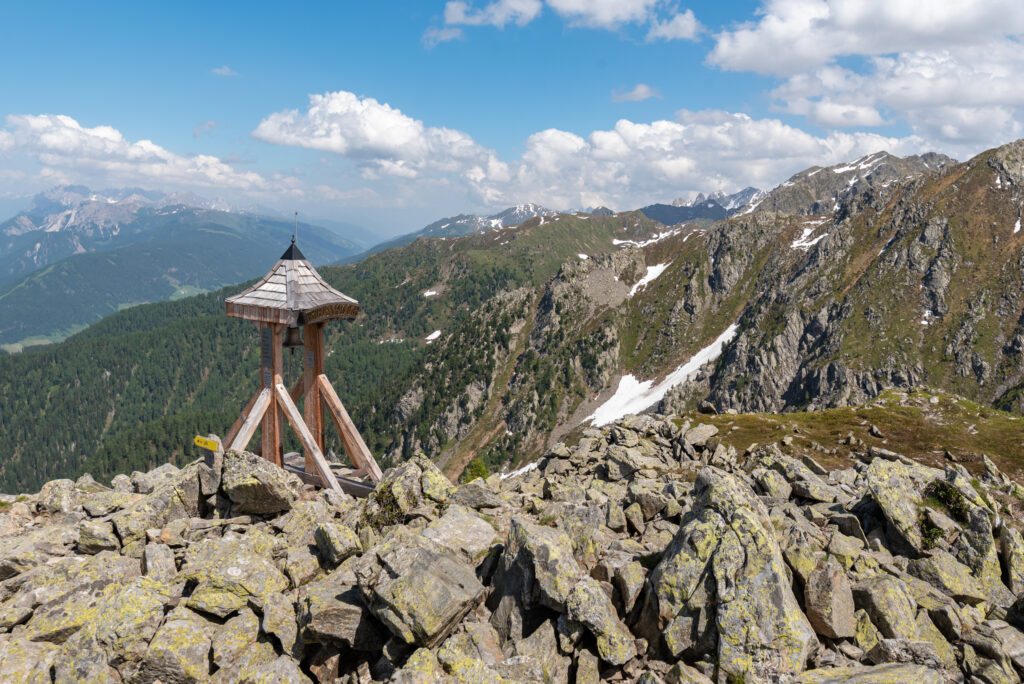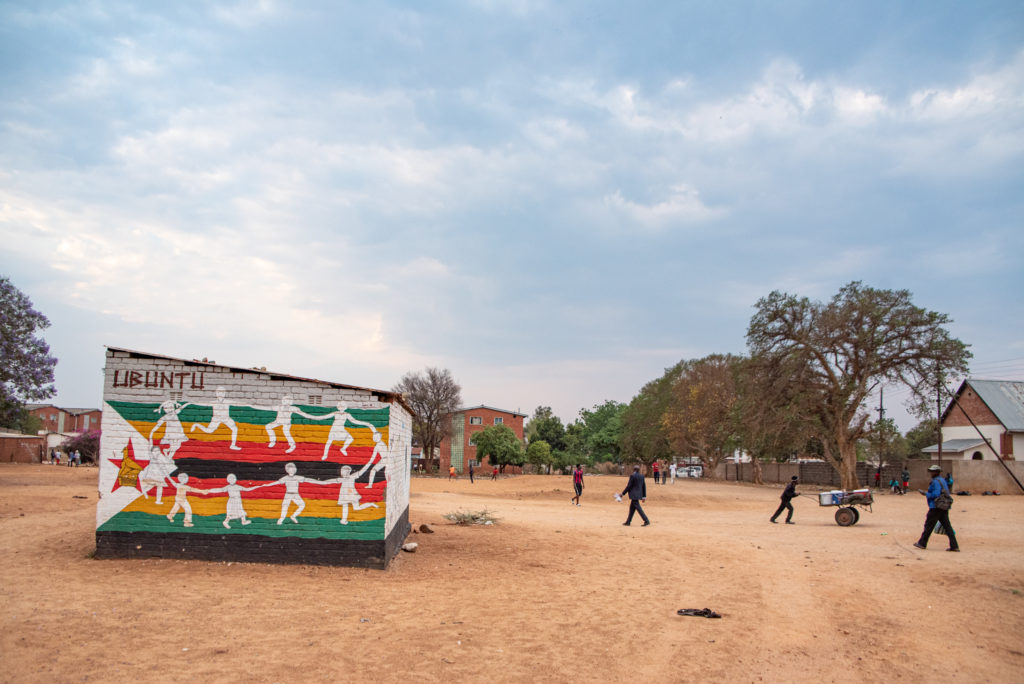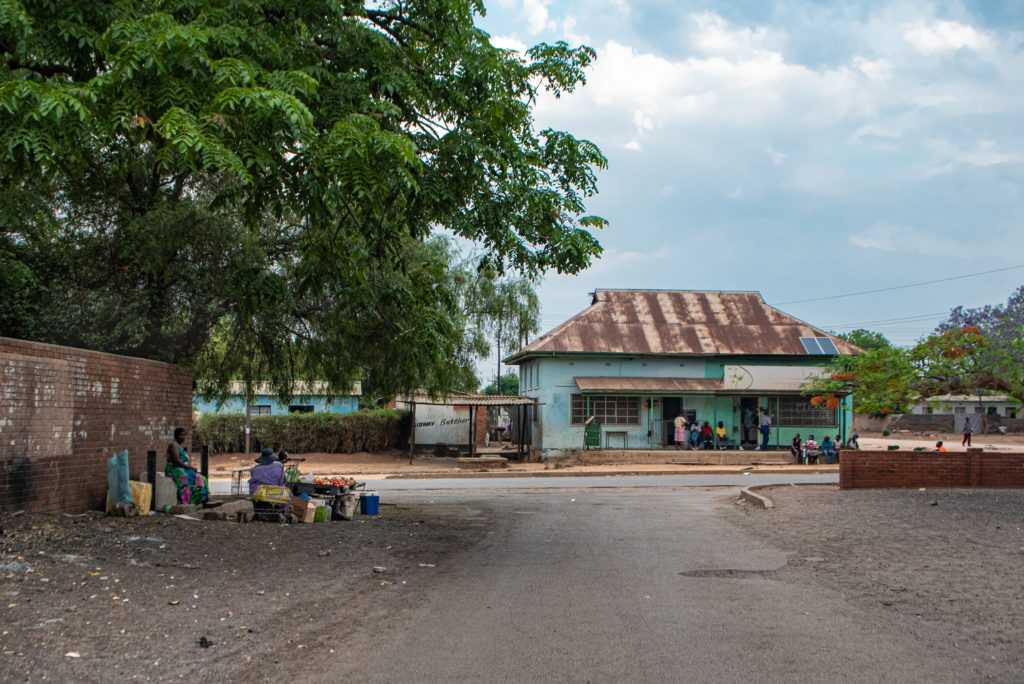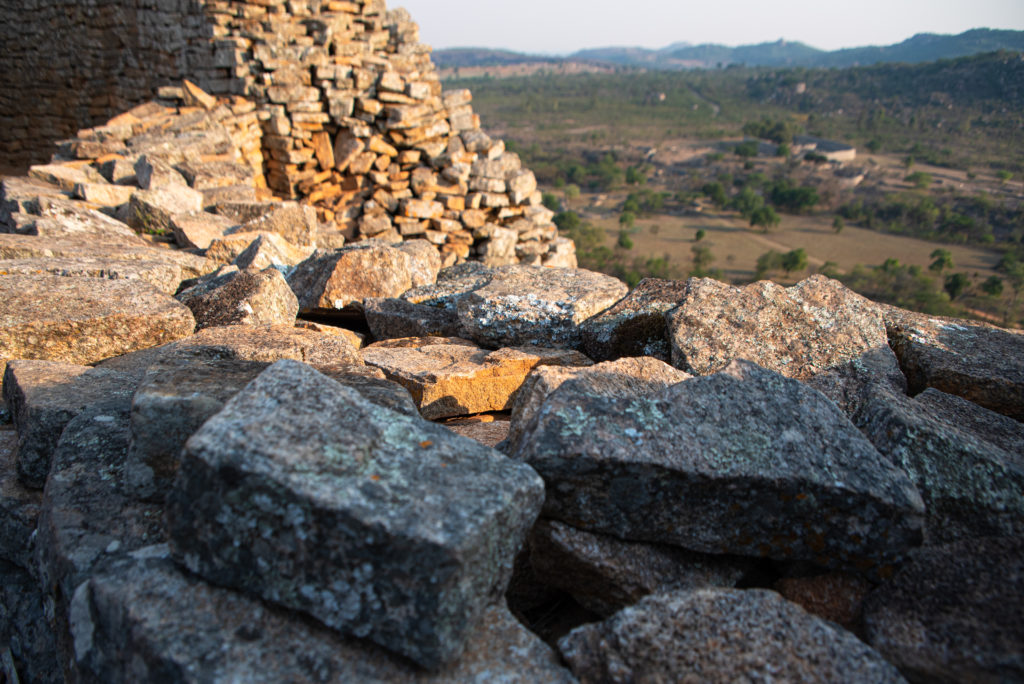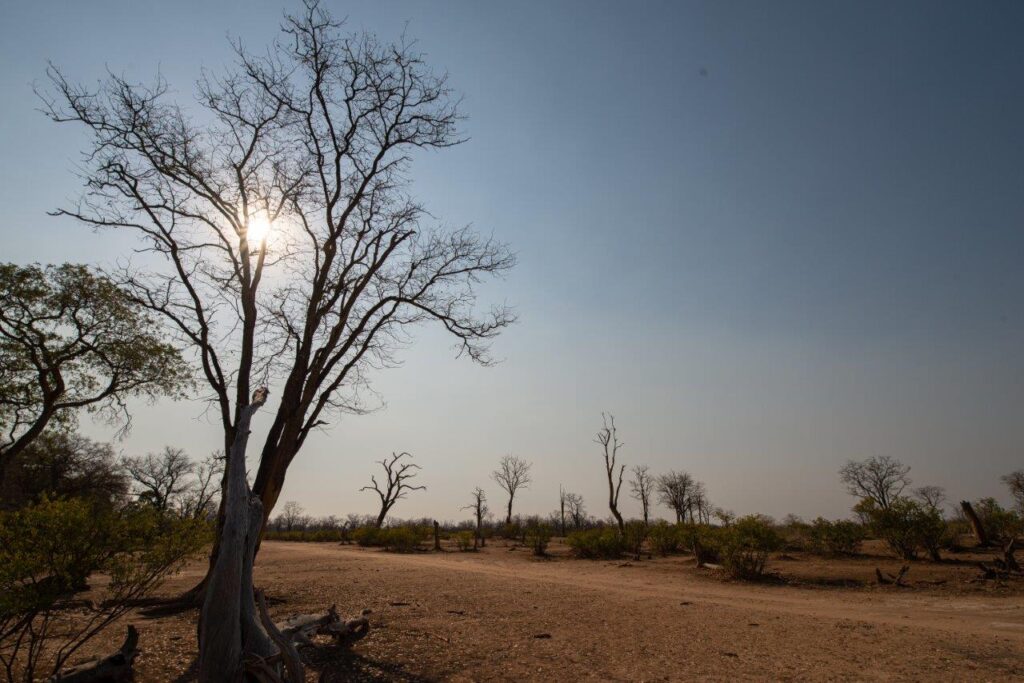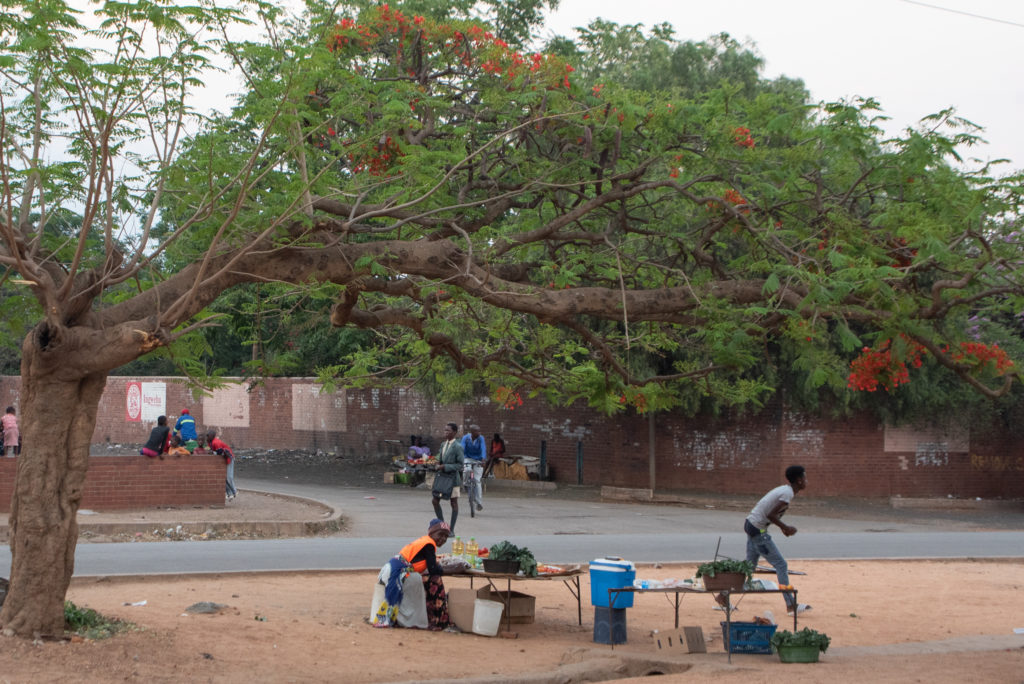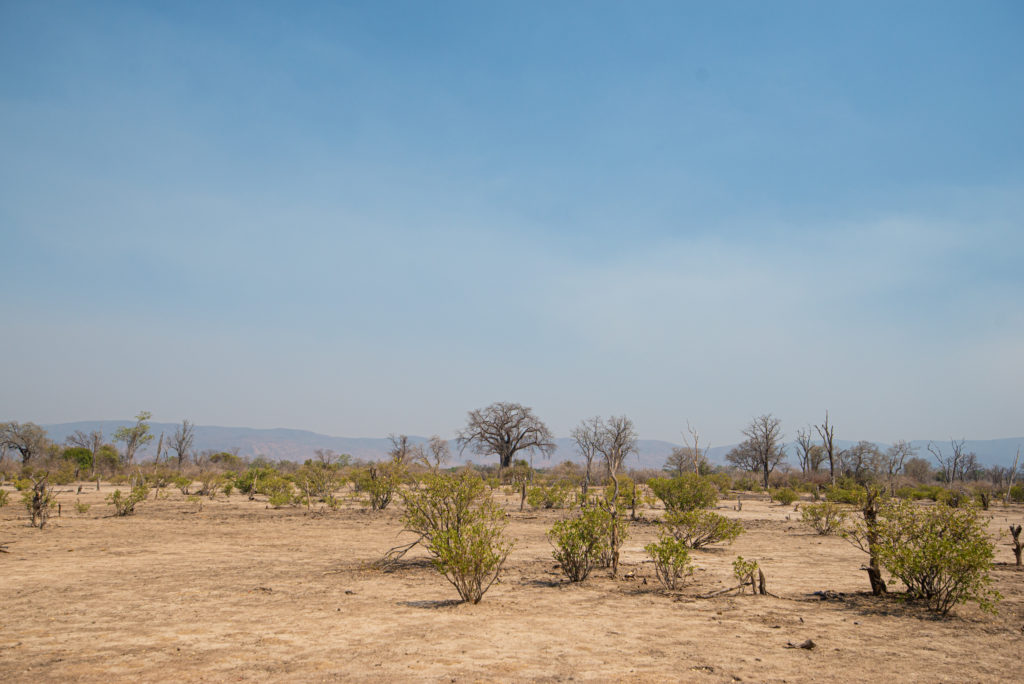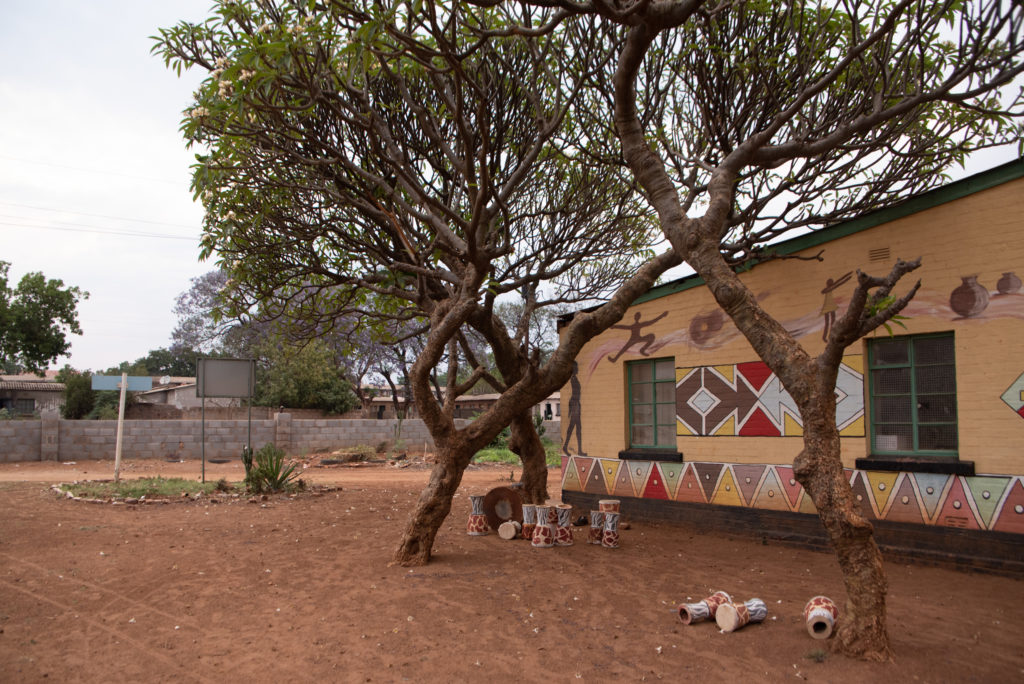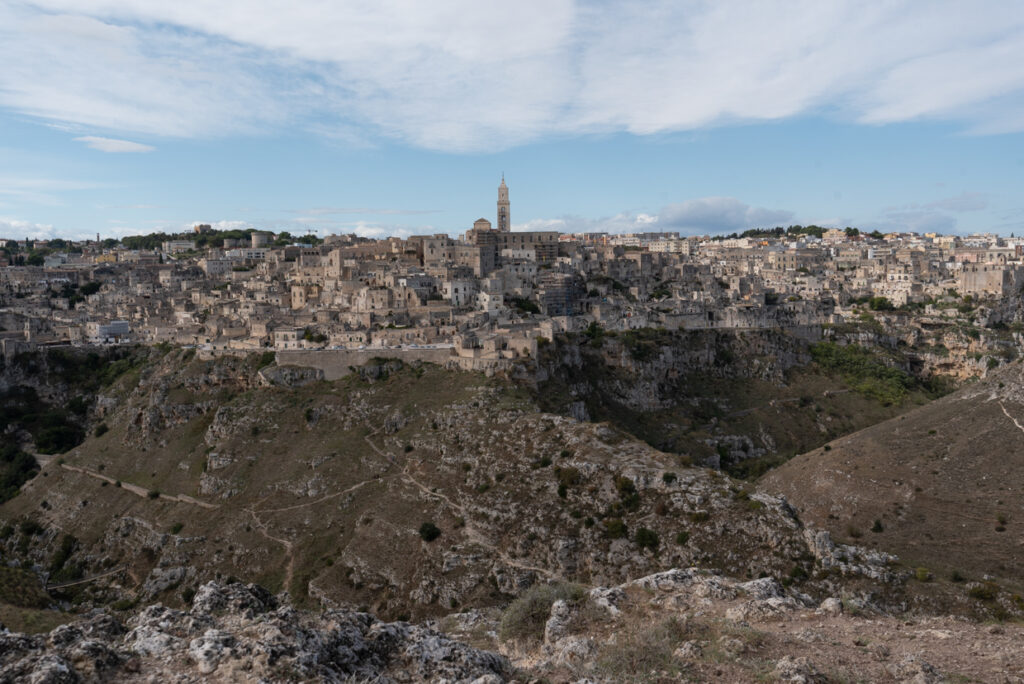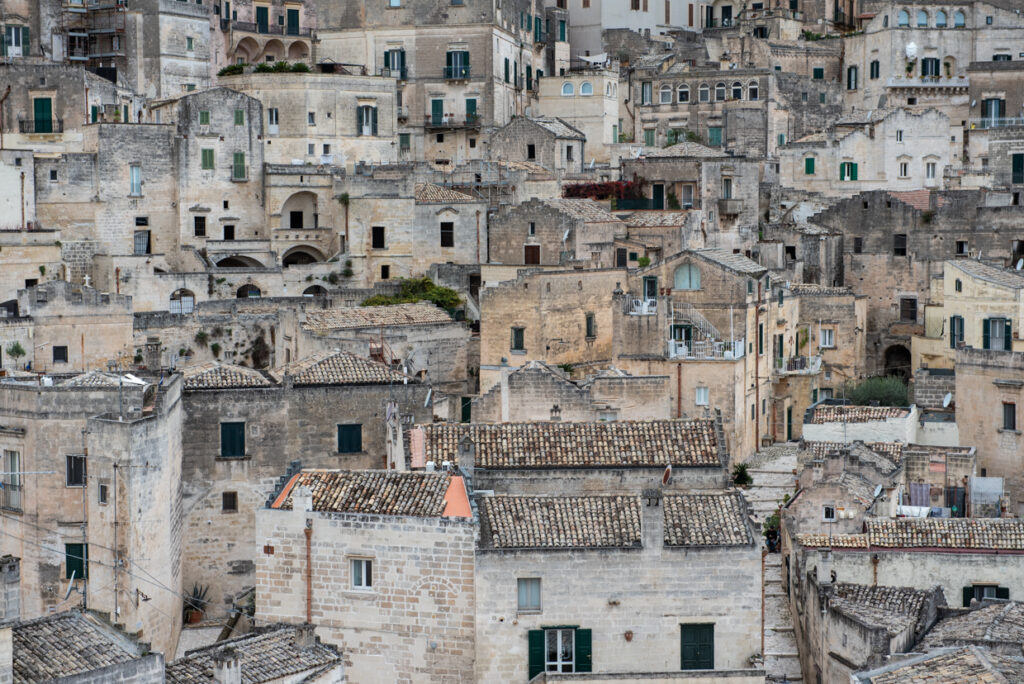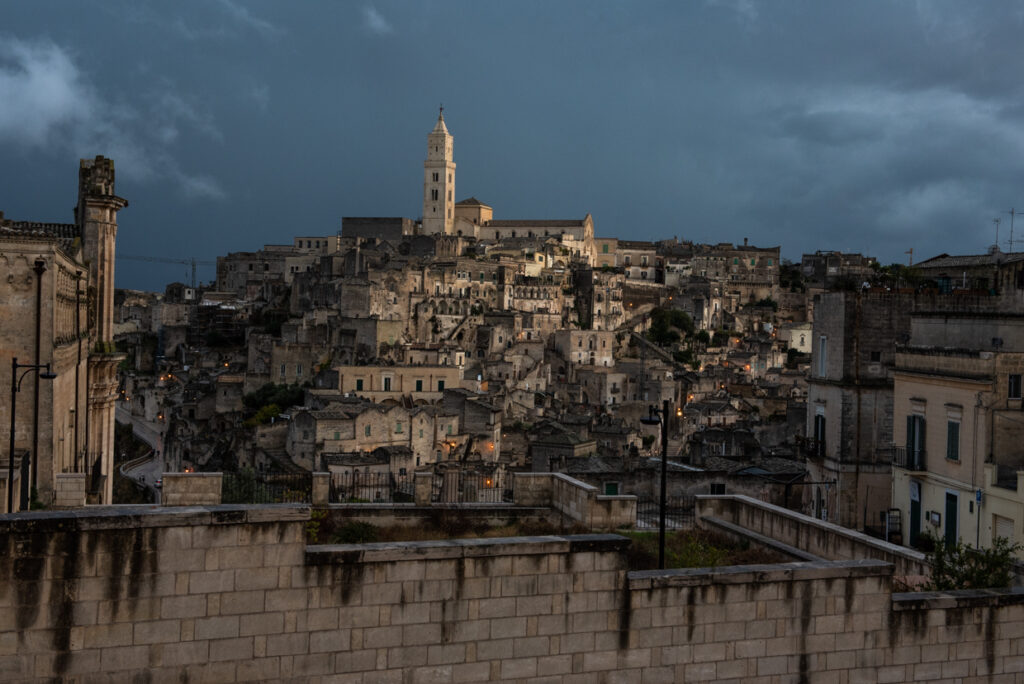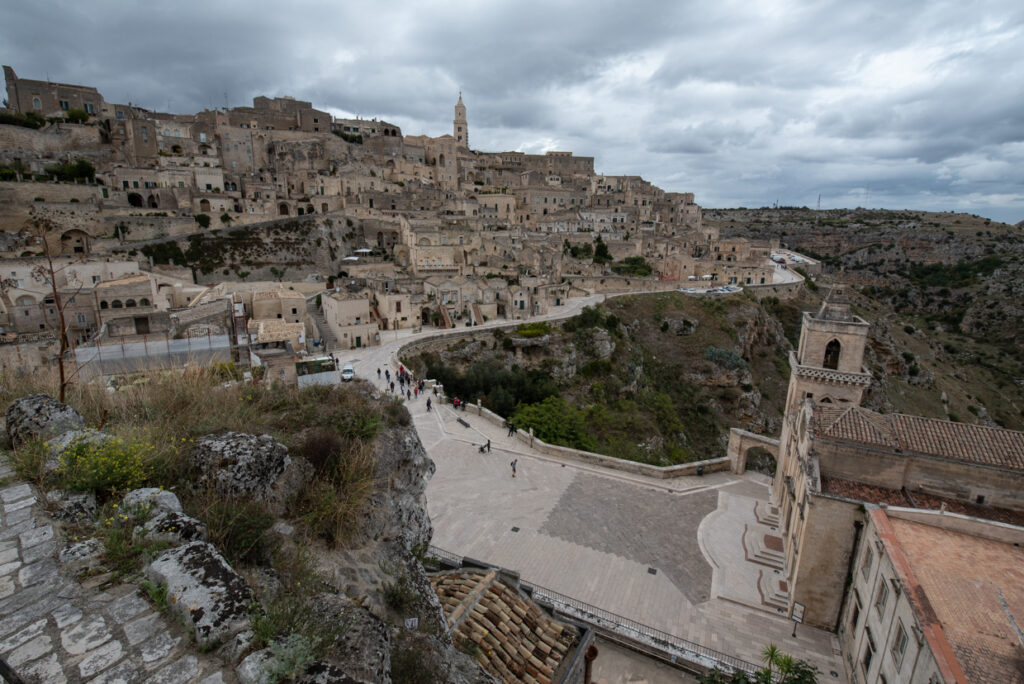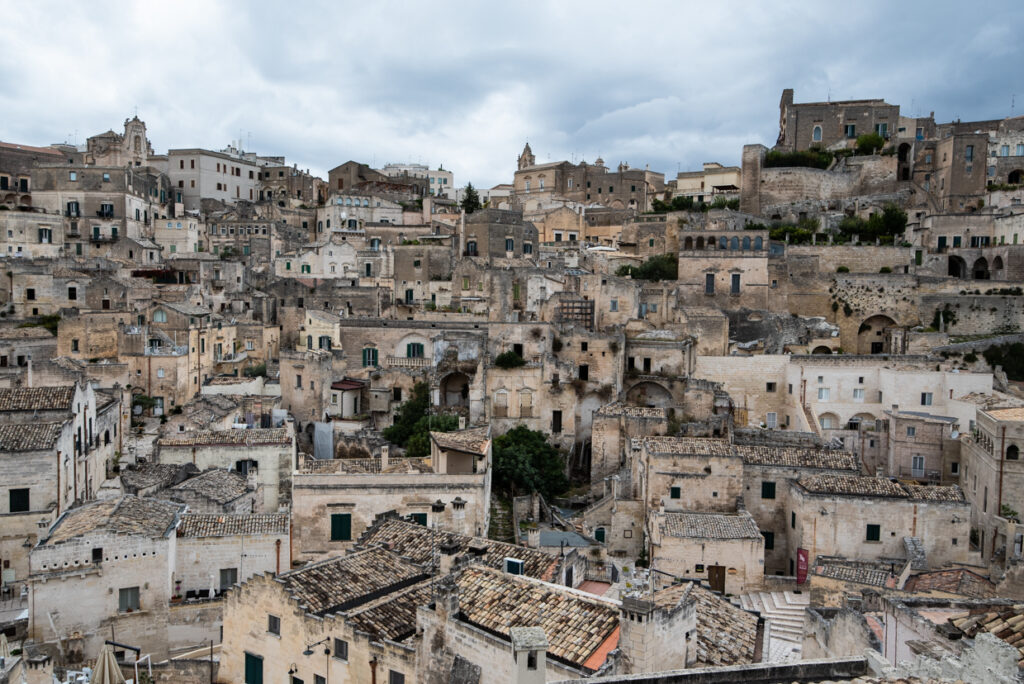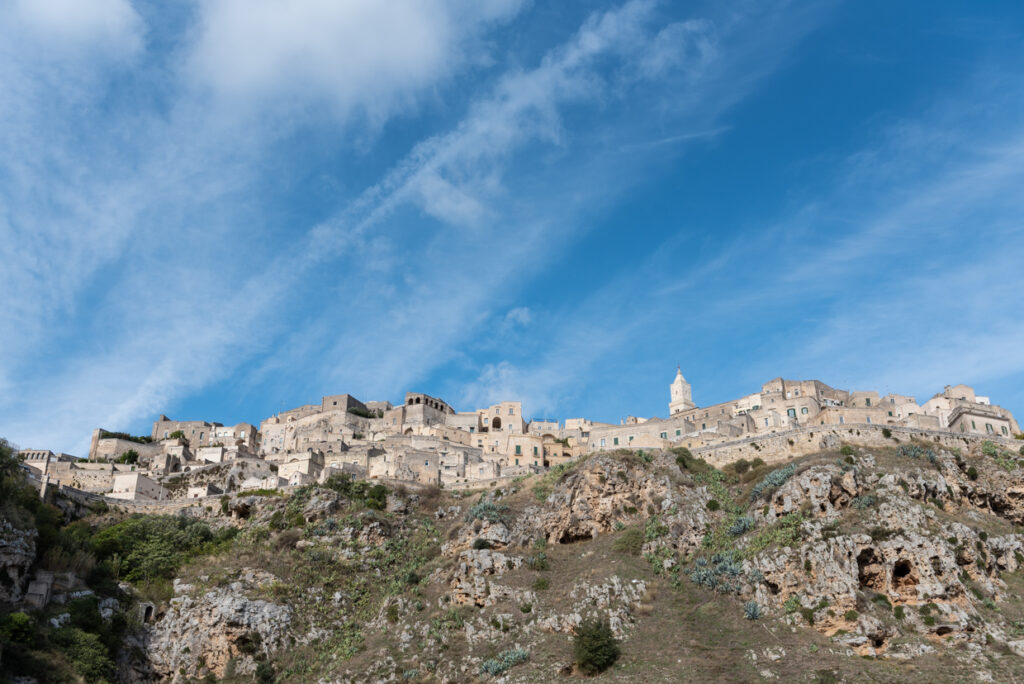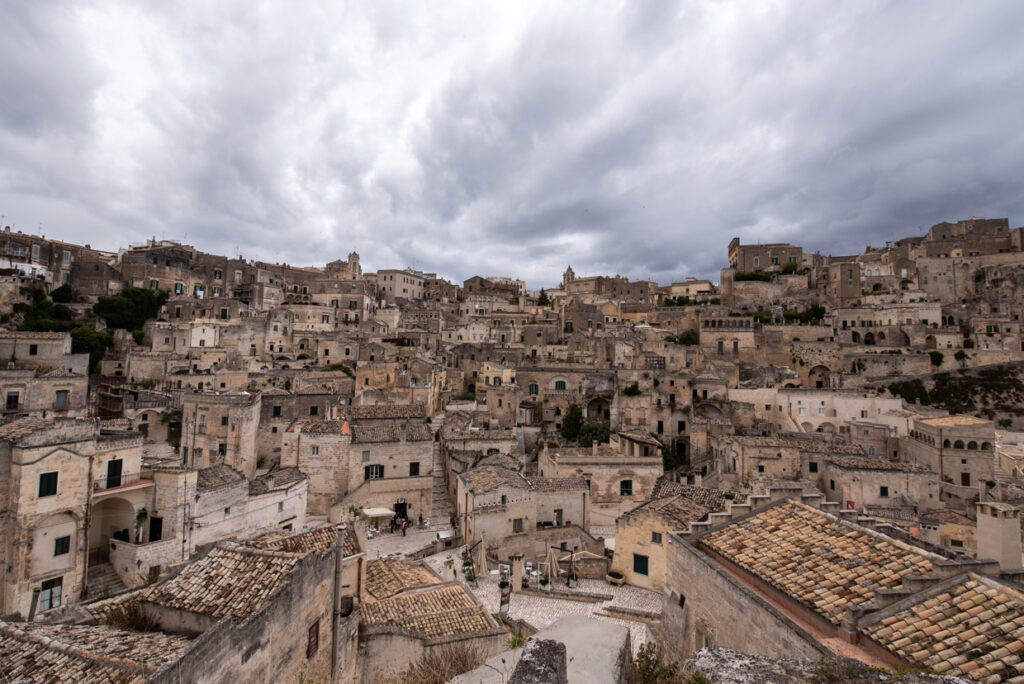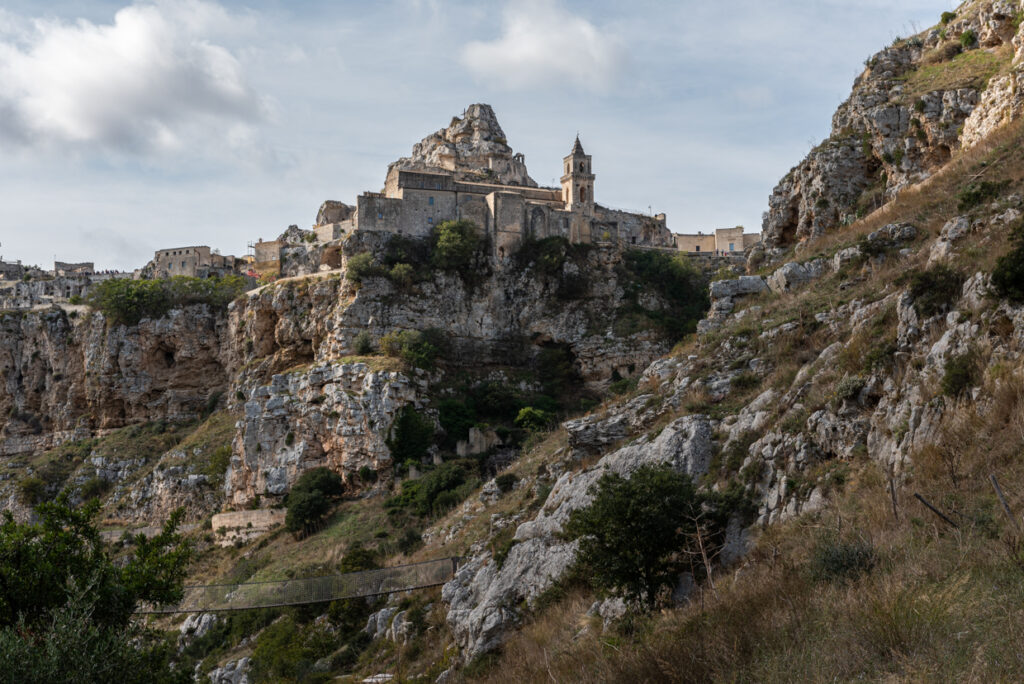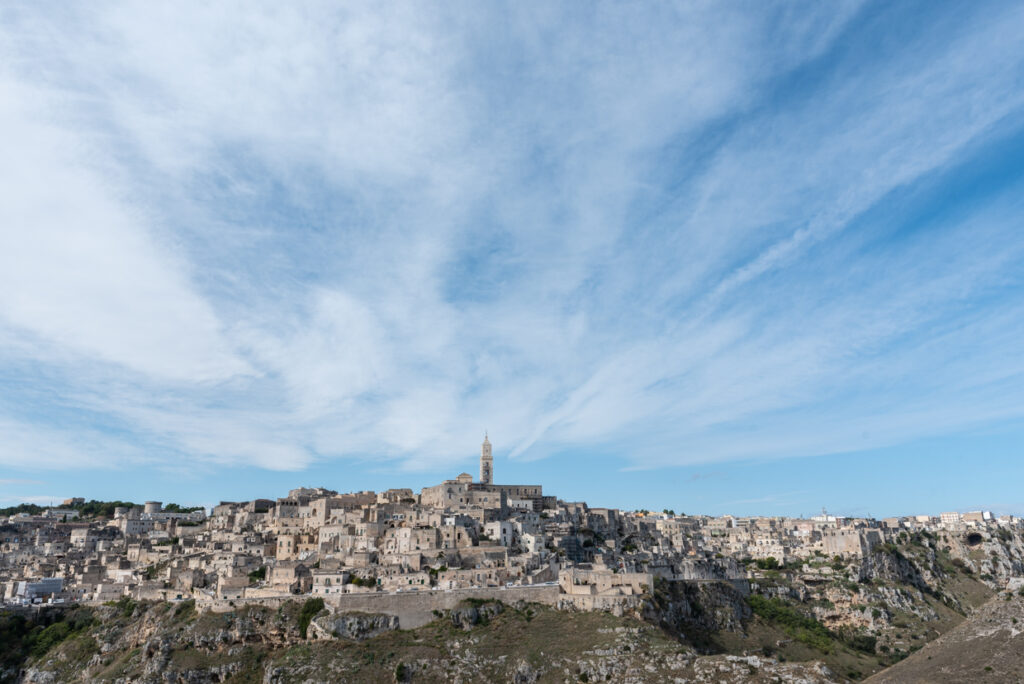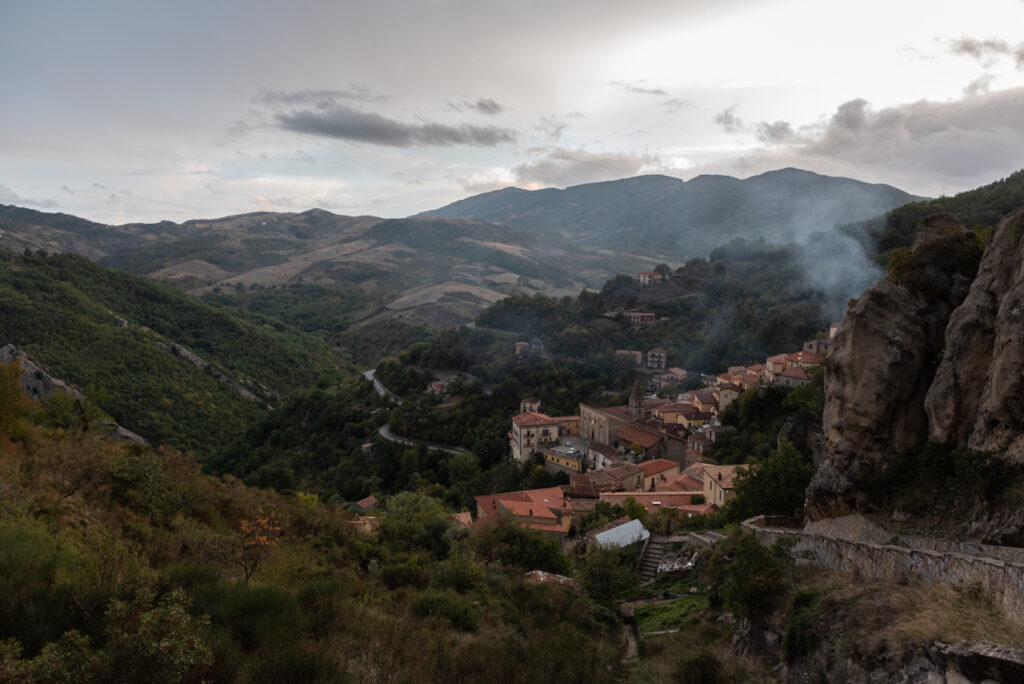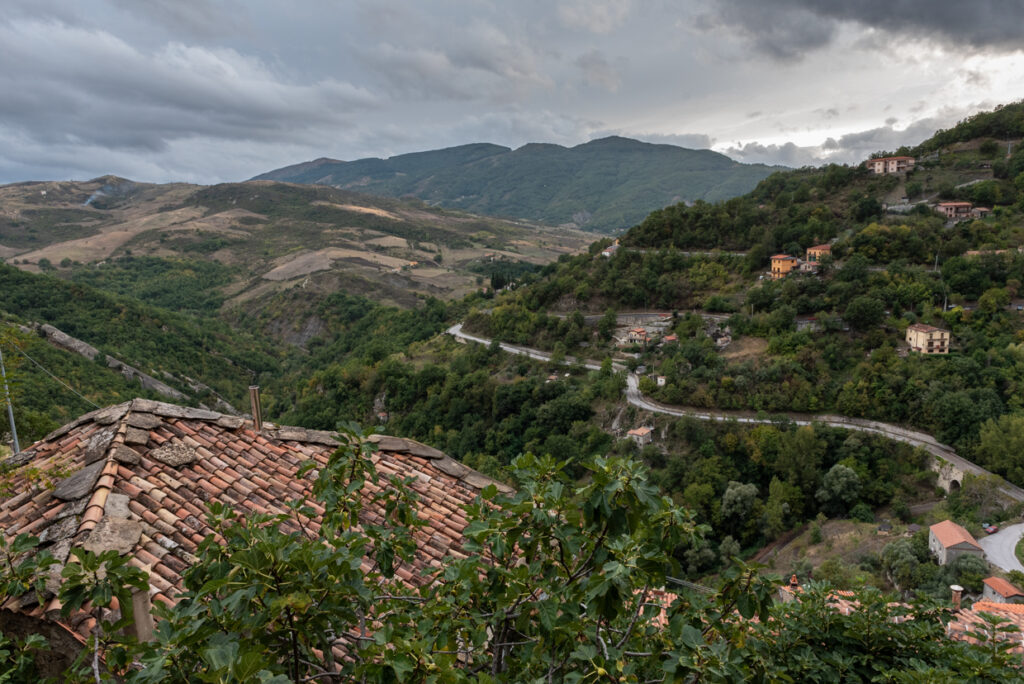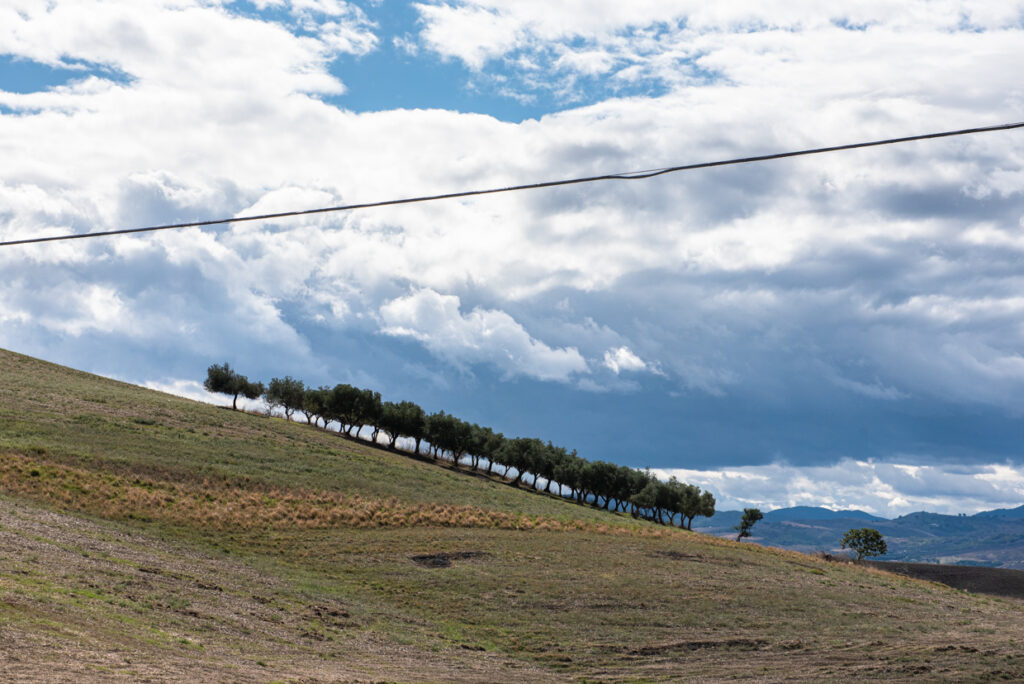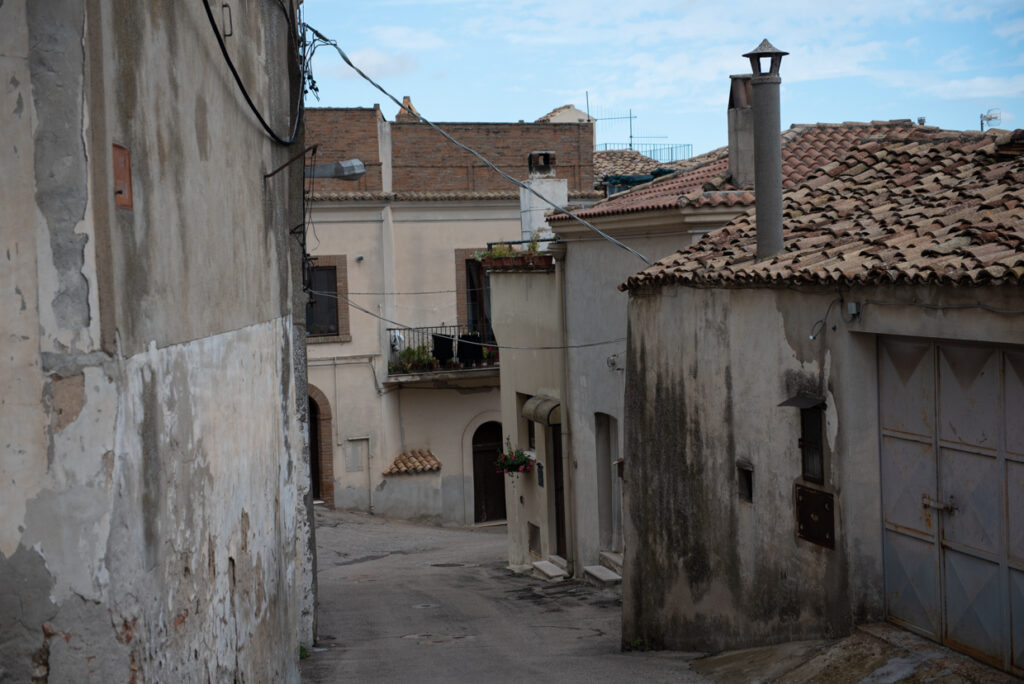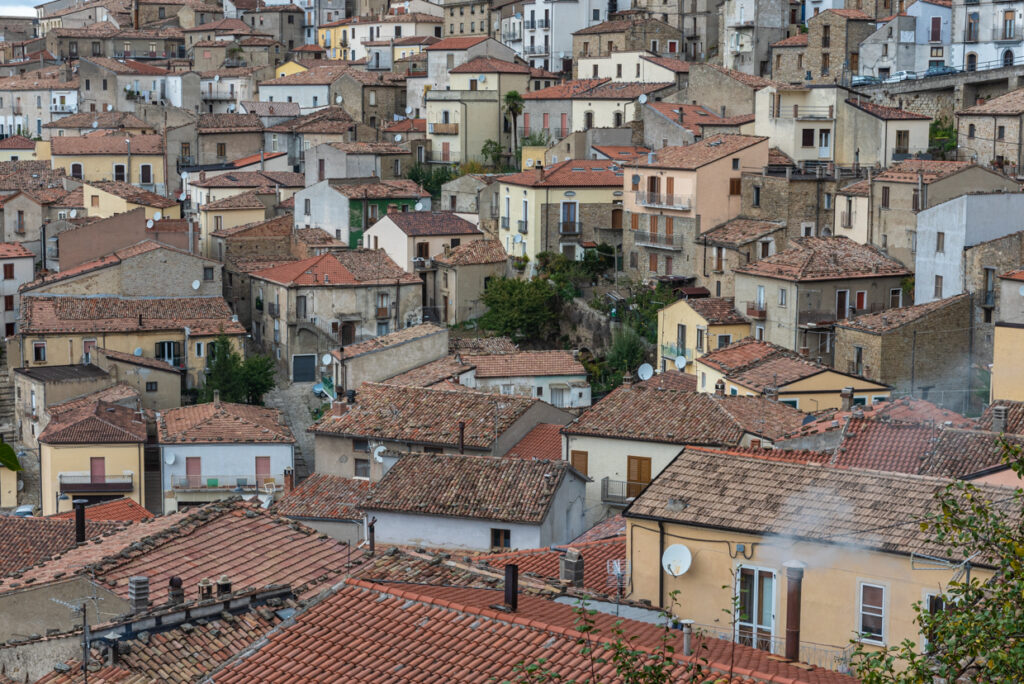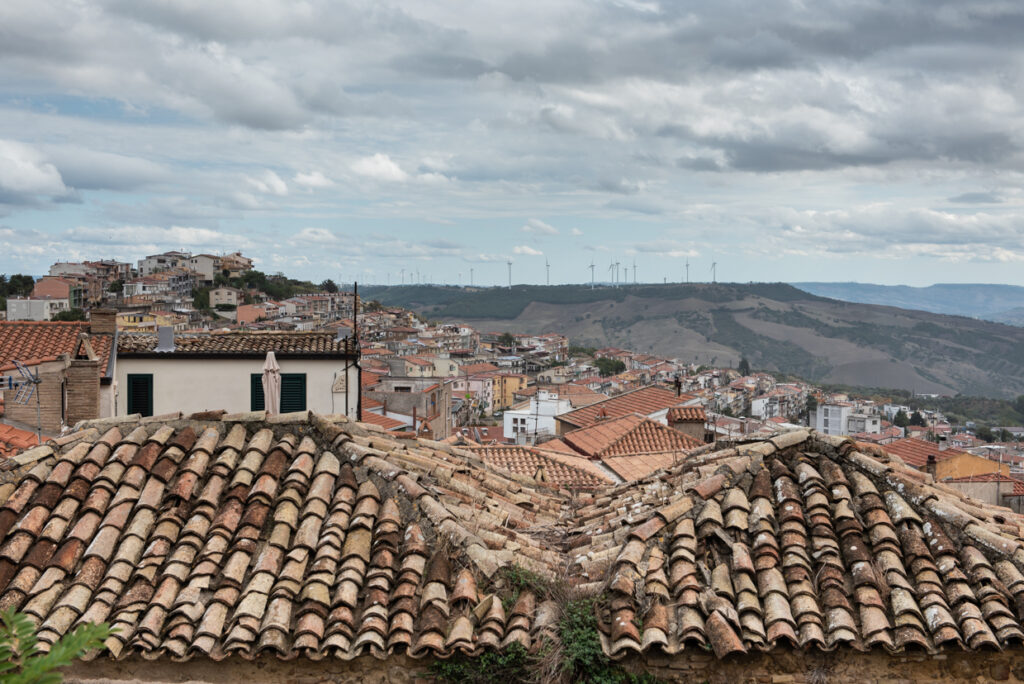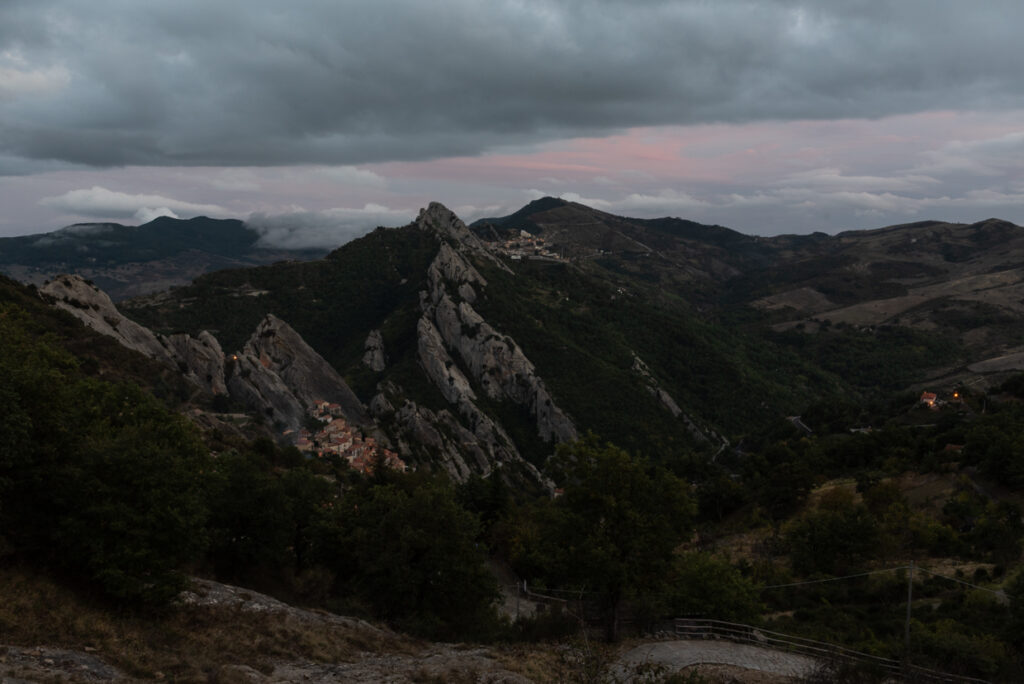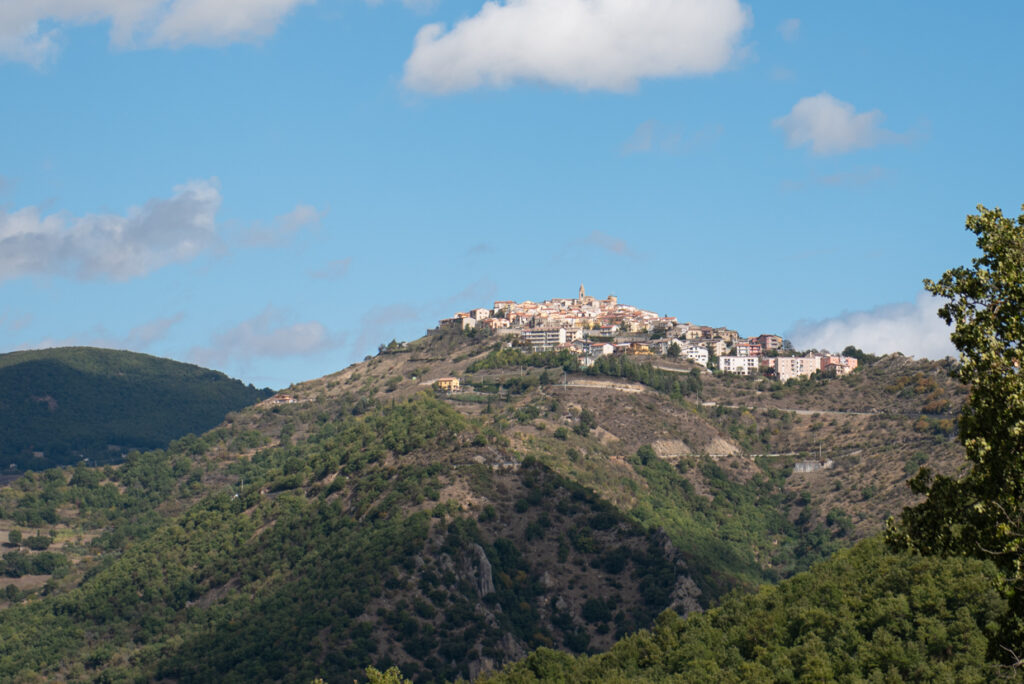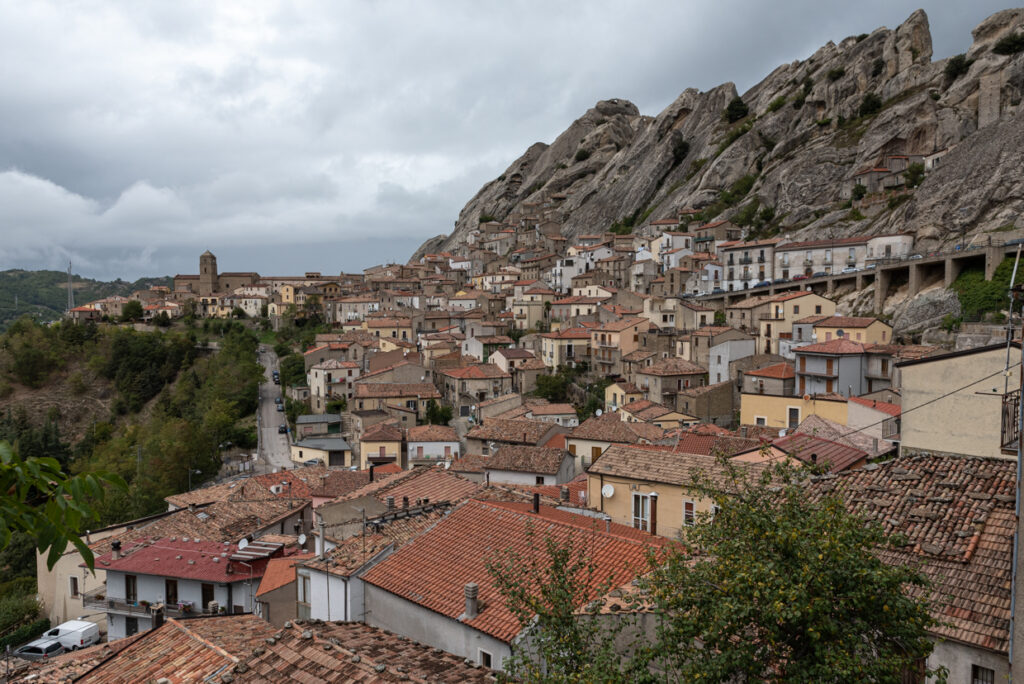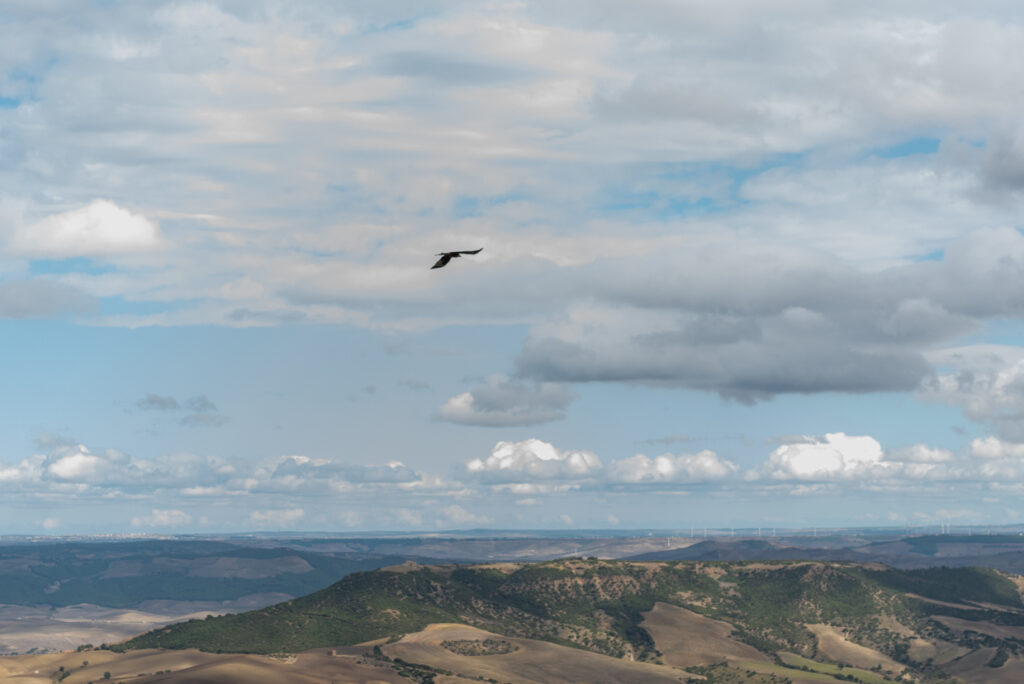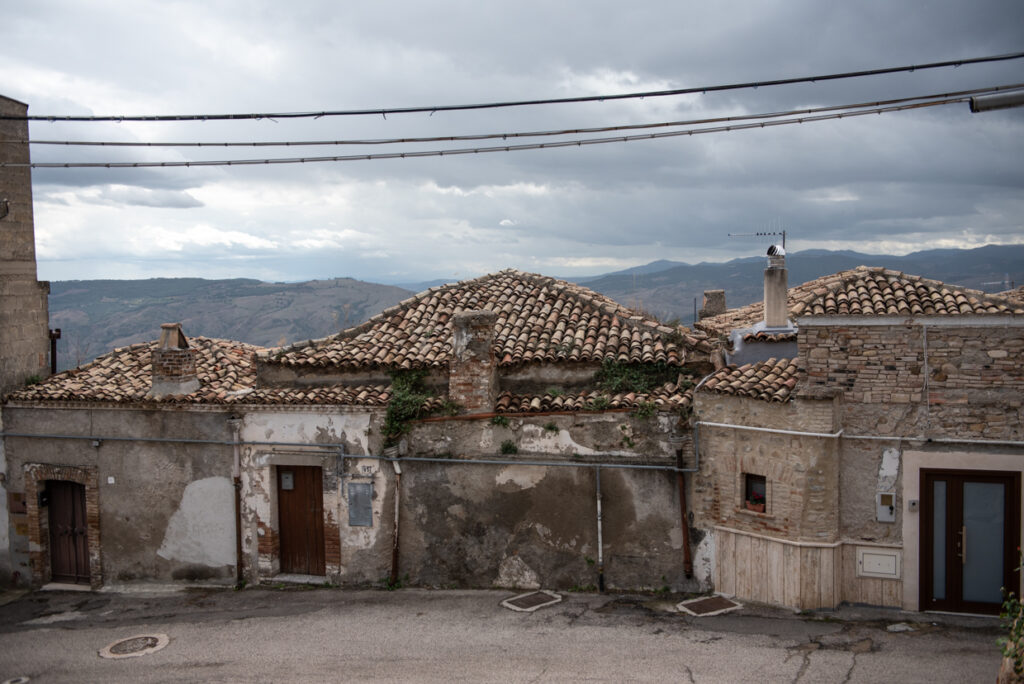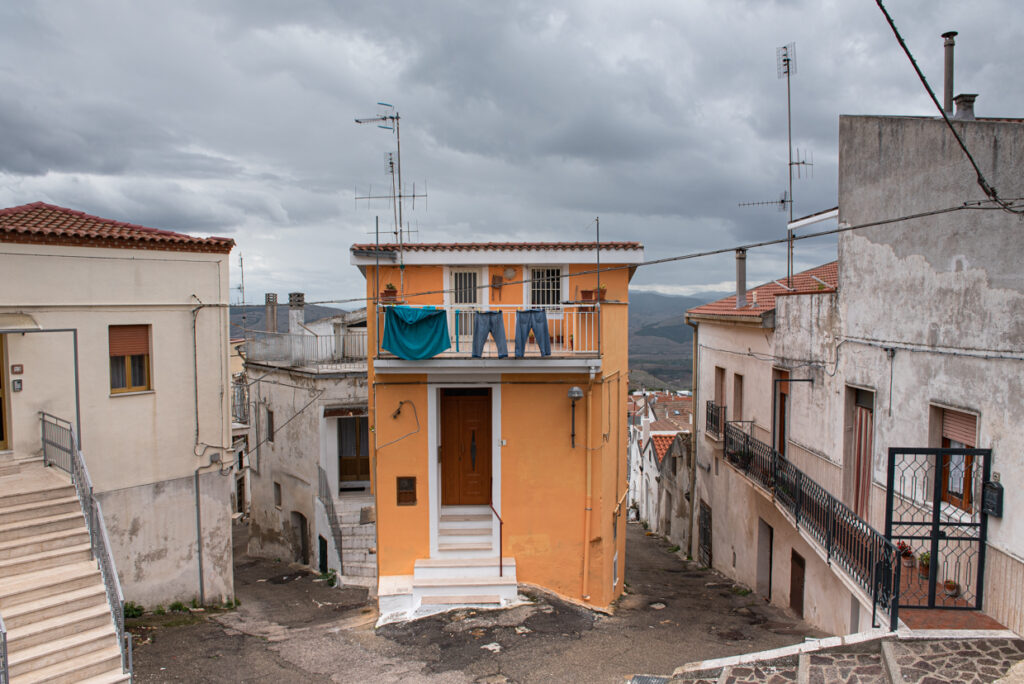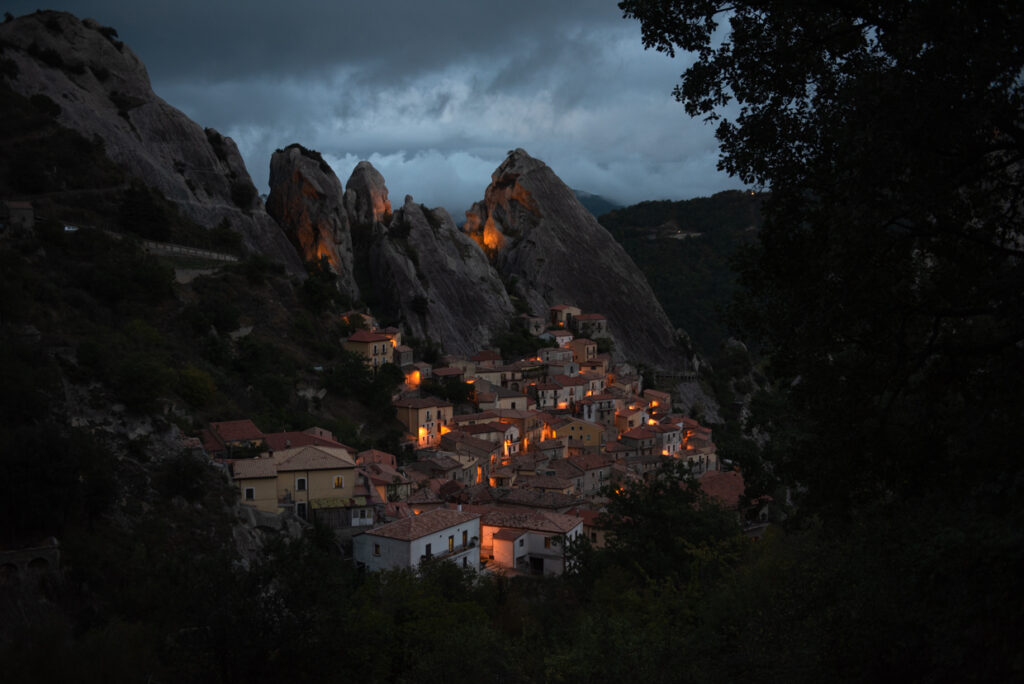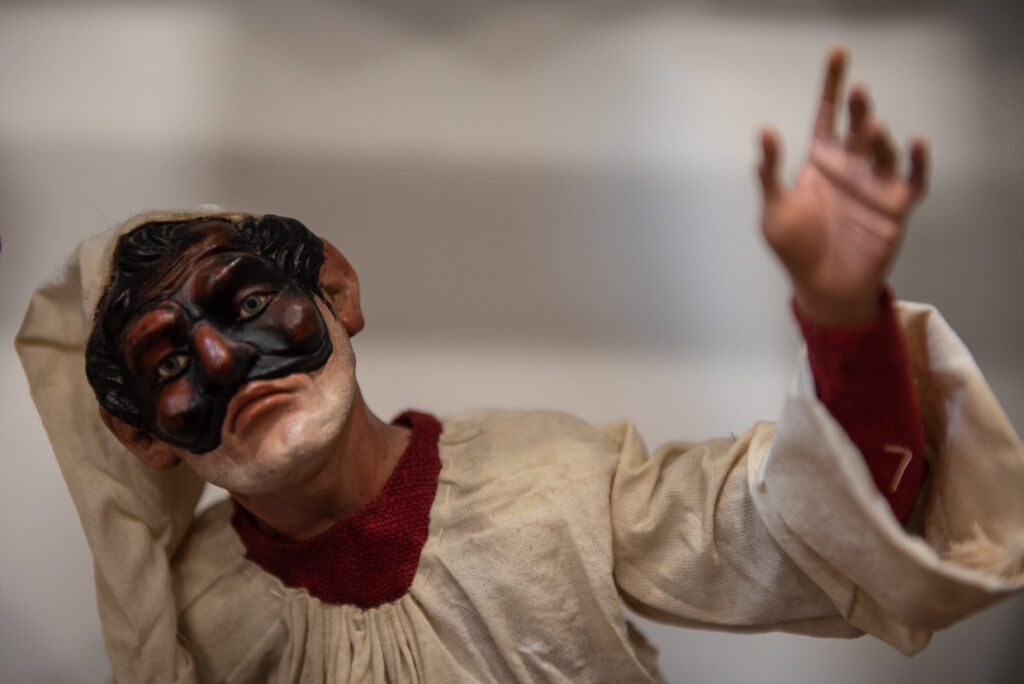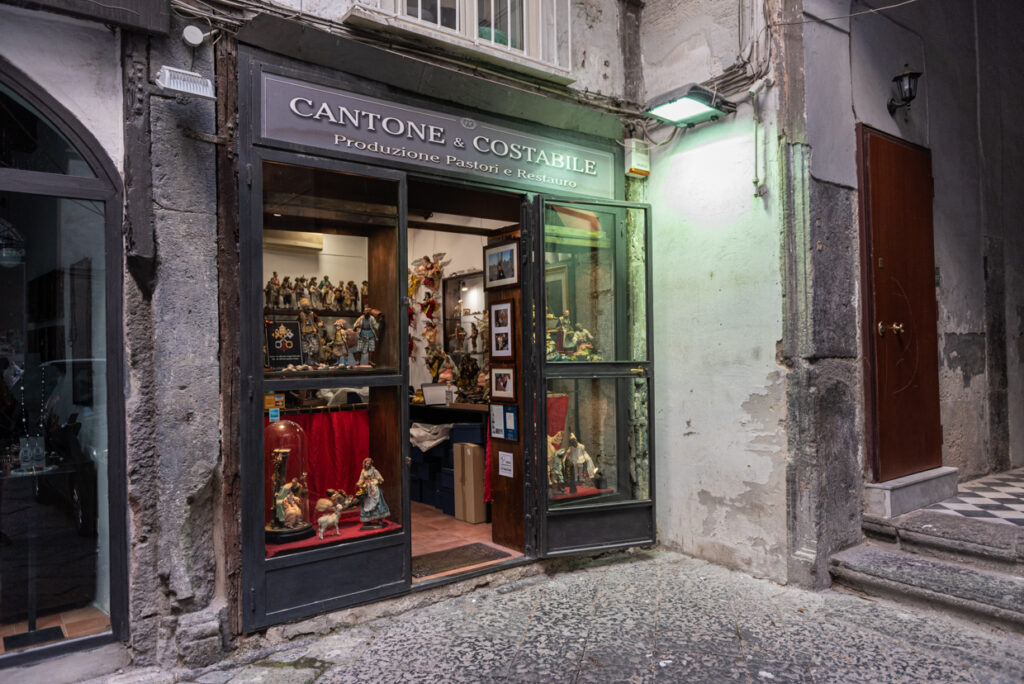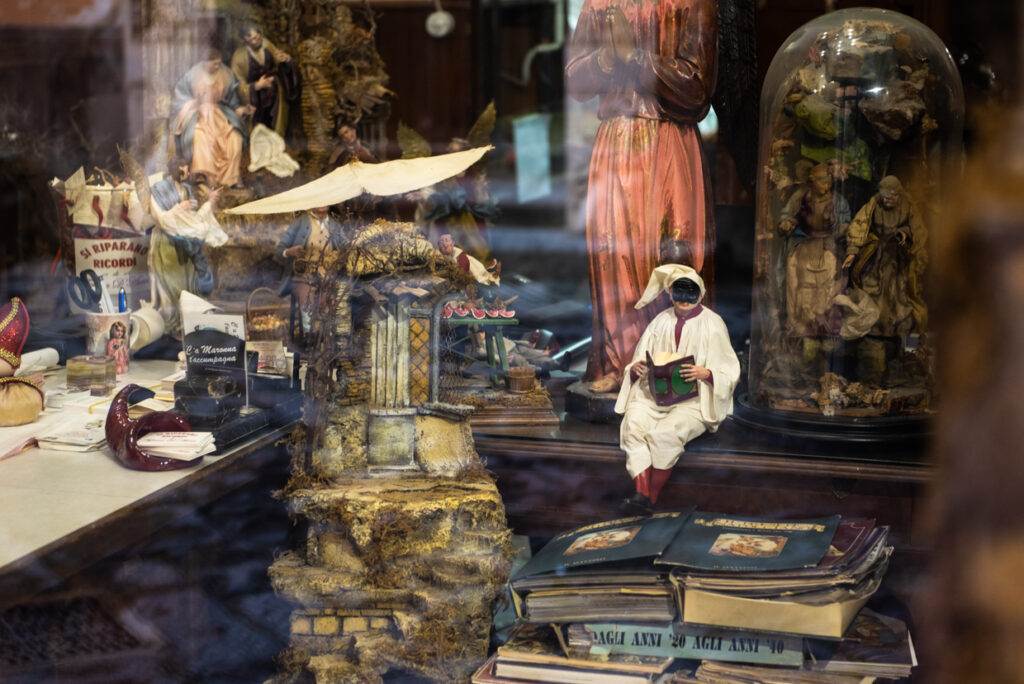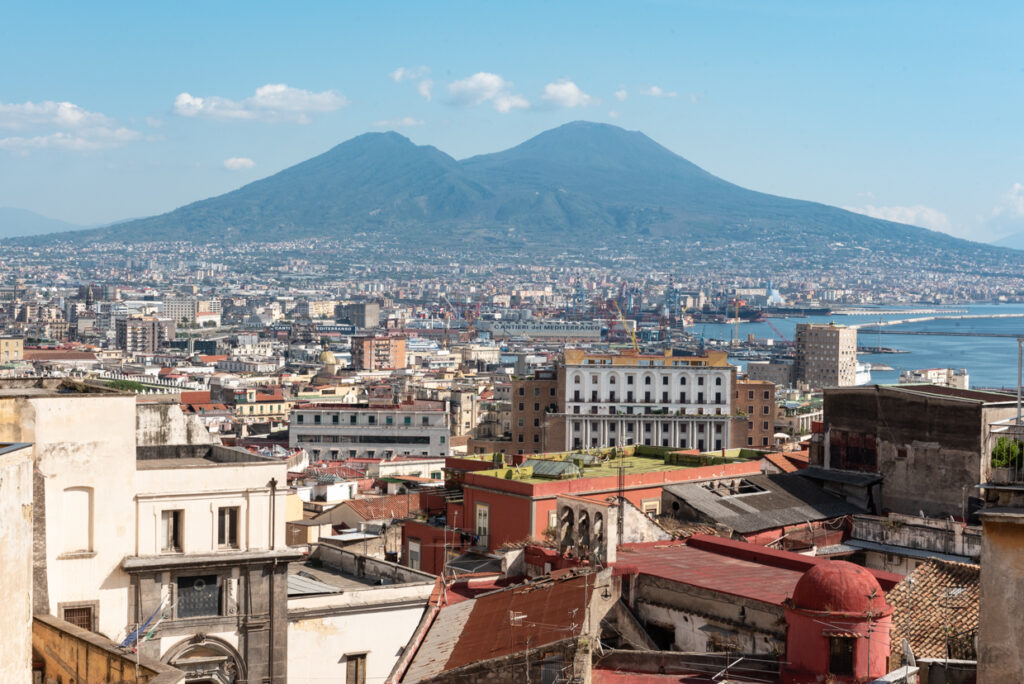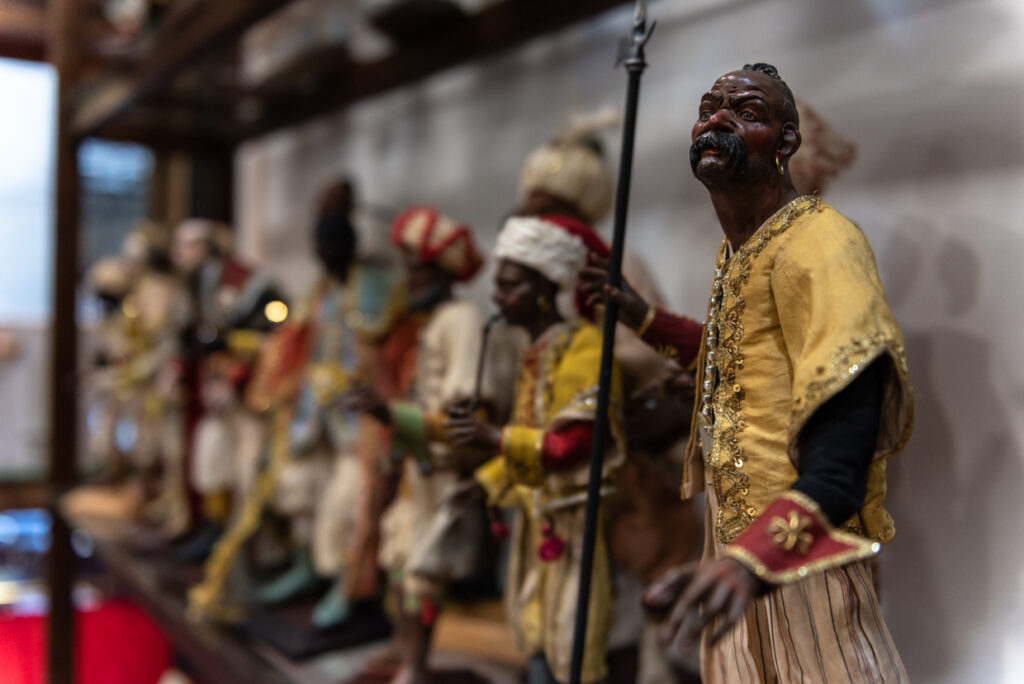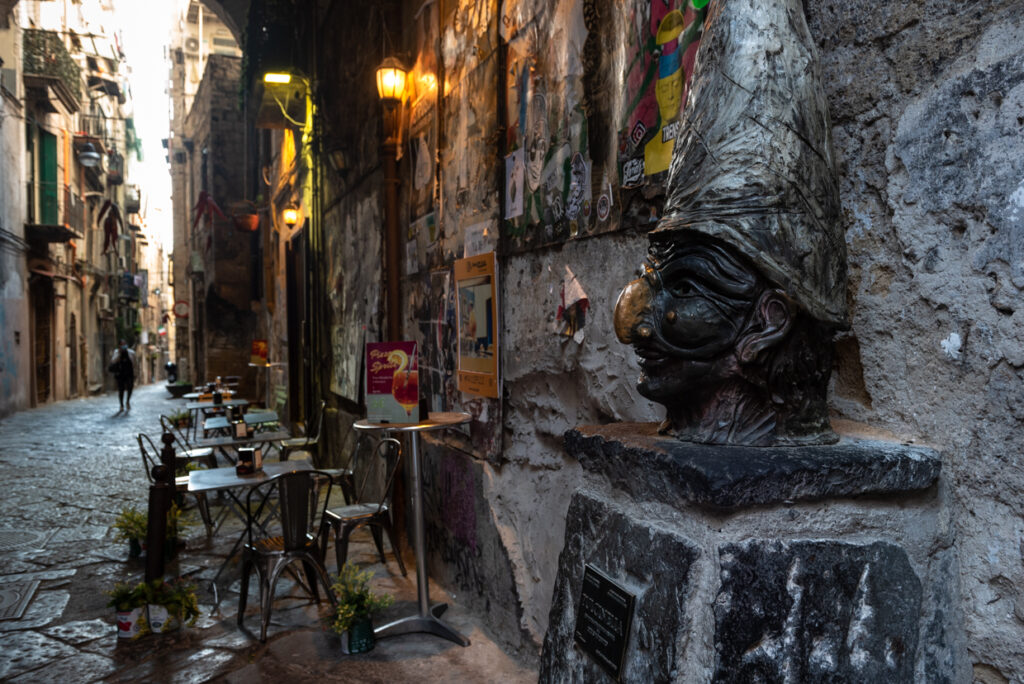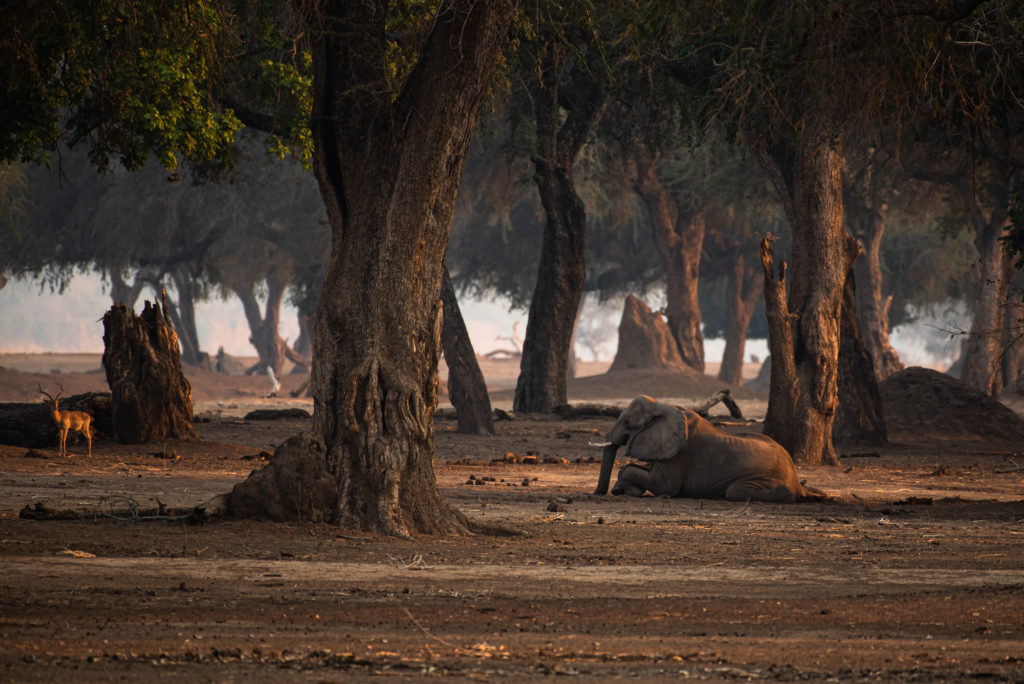
When the UN Convention on Biological Diversity ended last week, a pledge was made: By 2030, thirty percent of the world’s water and land shall be turned into protected areas. This comes as a final attempt to stop the alarming loss of species worldwide (30% to 50% of known species are estimated to go extinct in the next few decades), and thereby save the one species that’s dearest to our hearts: the human species.
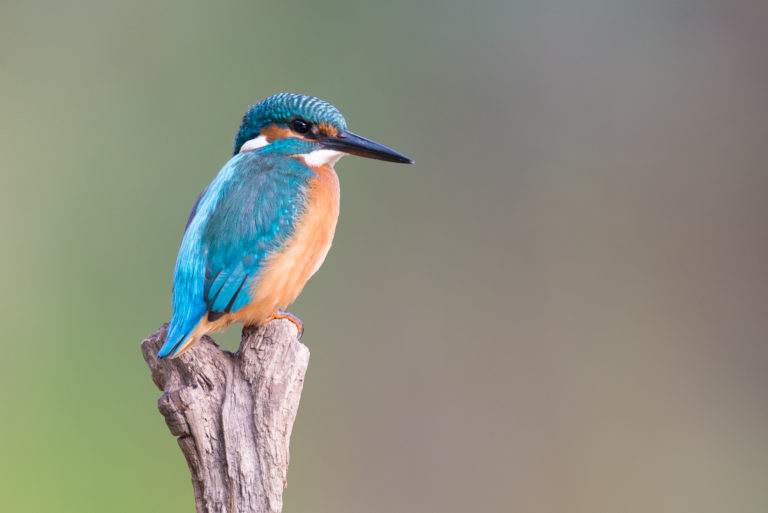
The idea of setting aside parts of the world to let them regenerate from human influence goes back to the late American biologist E.O. Wilson, who, in his book Half Earth demanded fifty percent of the world to be turned into protected areas in order for our ecosystem and us to survive. Thirty percent appears a realistic interim goal – given that currently a rough 17% are already under protection. This downsized goal plus the highly alluring image of having a third of our planet restored into pure, pristine nature, in other words a Garden Eden as our front yard, should find acclaim from all sides. Yet, it doesn’t. Most surprisingly, the Thirty by Thirty-goal was met with resistance from the representatives of indigenous people.
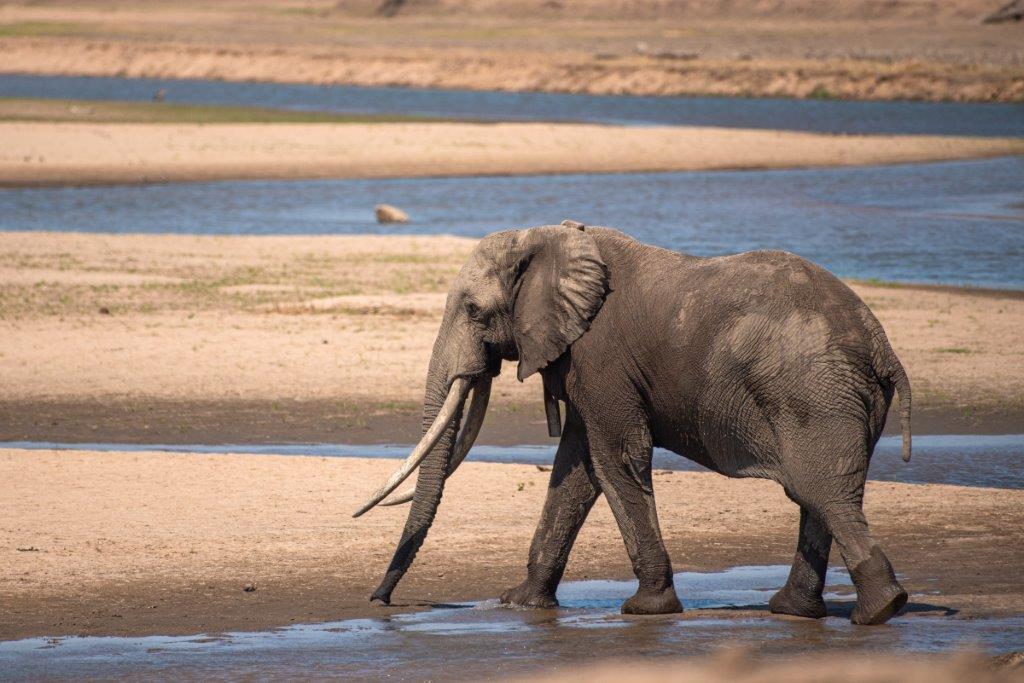
Why doesn’t the idea of doubling the amount national parks worldwide appeal to those whose lives seem most immersed in nature? To understand their sceptisim, the discussion of environmental protection cannot be led in bio-geographical terms only, but conservation must be addressed against the background of imperialism and racial discrimination. Maybe it’s time to tackle the most fundamental questions: why in order to save our own habitat it needs to be protected from us, and who we, the human species, really are.
Dubbed by the New York Times “the most important global meeting you haven’t heard of”, the Convention on Biodiversity didn’t get much media coverage, unlike its sister, the UN climate convention which drew an international Who Is Who to Glasgow this year. Yet, in impact and urgency the loss of biodiversity equals the climate catastrophe. A functioning ecosystem is crucial to meeting the single goal defined at the climate convention this year: a maximum global warming of 1.5C of pre-industrial levels.
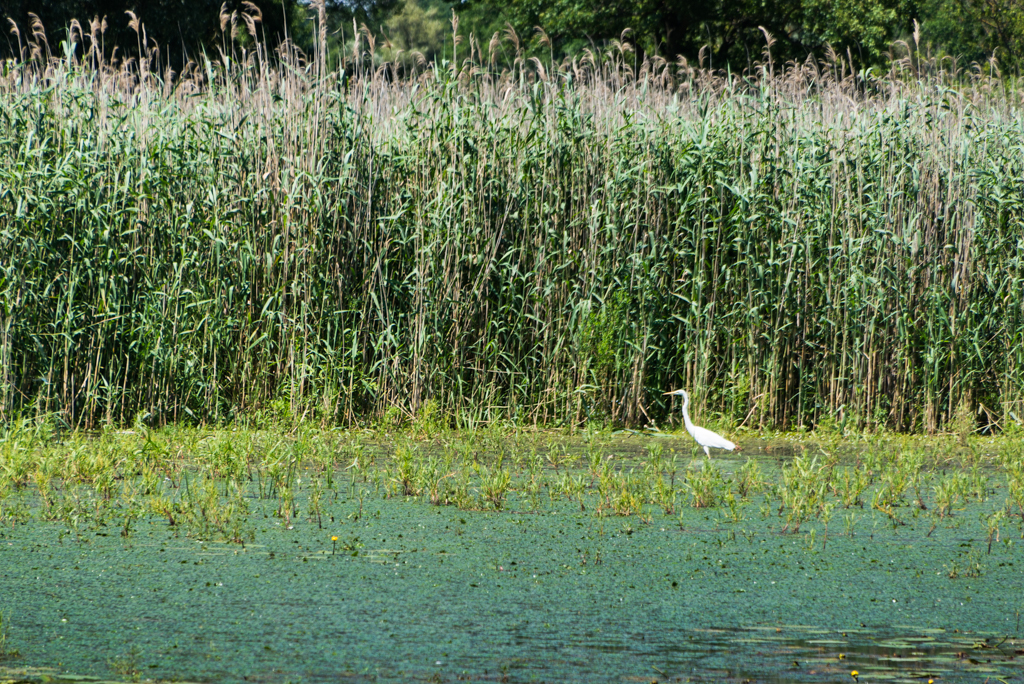
Nature is an intricate network of interacting species living in complex habitats. In this recicprocal system called biodiversity, everything is equally important, a field hamster weighs in as much as a bison or a ladybird. The eleven bird species that got declared irreversibly extinct in 2021 alone – among them the beautiful ivory-billed woodbecker and the spectacular Hawaiin Kauai O’o – are eleven more dropped stitches in a once tight fabric called our eco-system.
No species and no individual can survive on its own: Tiny birds morph into giant celestial creatures, little fish clean humpback whales, and savanna plants rely on elephants and migrating mammals to spread their seeds, and cherry trees on bees. Collaboration between species is as crucial to our ecosystem as competition –even in the most competitive field of all: mating, as ornithologist Richard O. Prum in his new interpretation of Darwin’s teachings proved.
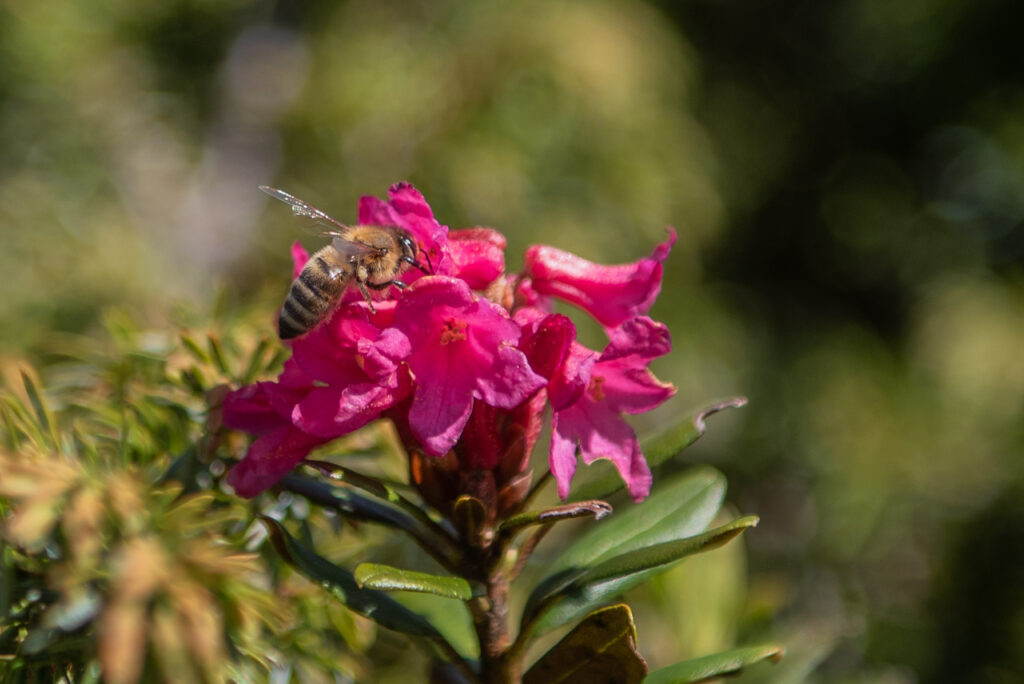
We might not be aware of it, staring at the screens of our phones in our air-conditioned apartment, but we are still embedded in a network of living creatures. Forgotten, that until as few as fifty years ago it was field hamsters that held mice in check, and wolves the grazing deer. Forgotten the birds of Venice whose morning songs inspired Antonio Vivaldi to his Four Seasons, and a falling apple Newton’s law of gravity. Forgotten that it was birds who emboldened Leonardo to engeneer the first flying machines, and bats taught us echolocation, and termites how to ventilate multi-story buildings.
After 10,000 years of agriculture, and almost 250 years since the industrial revolution and industrialized farming, our technoligized lives still depend on the lives of honey bees and other insects, who pollinate 87% of the worlds’ plants. We still rely on elephants to keep planting the trees that store our CO2, and on trees to prevent the soil from eroding and the wind from growing into a hurricane, and the evening tide into a tsunami.
The physical and emotional distance from our own beginnings in the African savannah, this rift we have created between what we call nature and culture, has made it nearly impossible to raise awareness to the extent and urgency of the impending disaster. Species conservation is still regarded a first world problem, a thesis for ornithologists, a post-doc research-grant maybe, and not a question of survival. Because it’s hard to imagine our immense ecosystem collapsing because of the loss of a tiny creature like a honey bee, while we are flying to Mars.
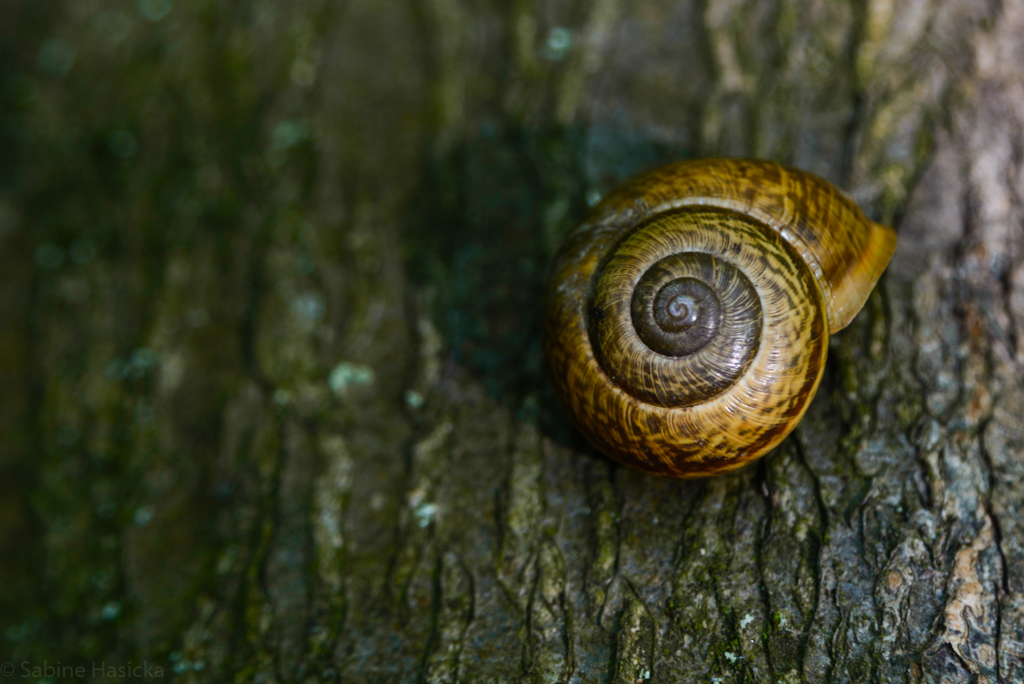
For two weeks, representatives of governments, NGOs, and ethnic tribes convened in Geneva, tackling in specialized assemblies each of the main contributors to the loss of biodiversity: agriculture and food systems, climate change, invasive species, pollution, and unsustainable production and consumption. They came up with twenty-one different targets to be rediscussed in China, when they will meet again this year. The one catchy concept of 30 by 30 was concocted in 2020 already at that year’s Convention, but since none of the targets set in 2020 have since been reached, the pledge simply was repeated. However, things were moved a step farther this time by addressing the question of where these protected areas are to be established.
Since loss of biodiversity is, like anything else, not equally distributed on this planet, a Map of Life was designed to pinpoint the most promising regions: those who still offer the greatest abundance of species, like the rainforests of the Amazonas and the Congo basin, or the mopane forests of Namibia. Little surprisingly, Tokyo, New York, or London were not on the map. In short, for the lives of bankers to remain unchanged, the world’s indigenous people should give up their hunting grounds, most likely their settlements; for sure their culture, life styles, their livelihoods. Not again.
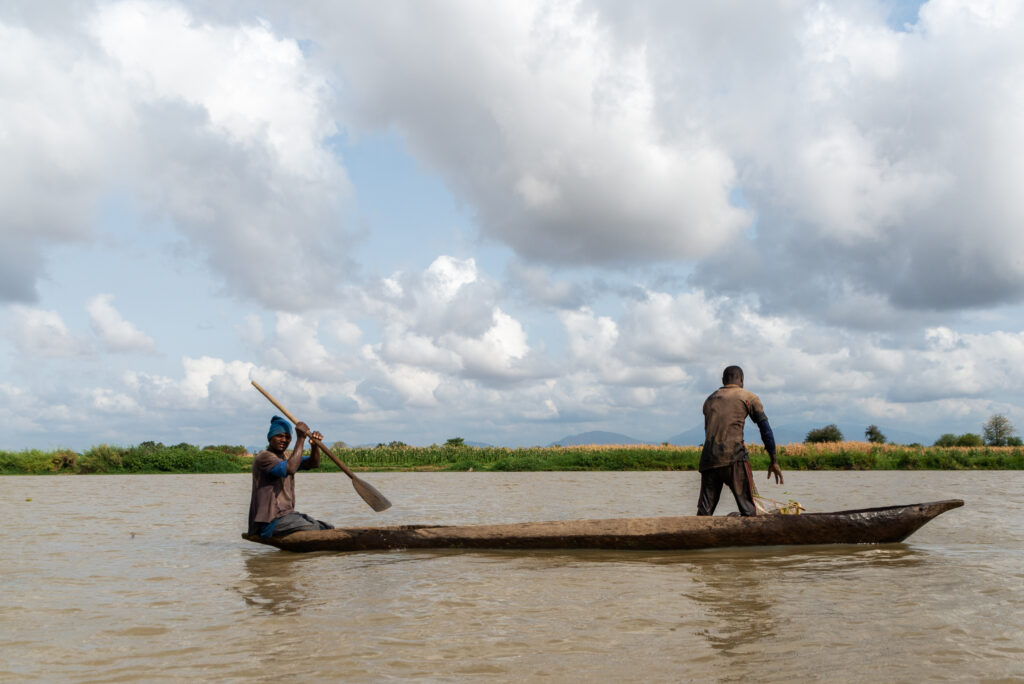
In his seminal book “Ecology and Equity” (1991) the Indian writer and historian Ramachandra Guha called indigenous tribes who live in rural subsistence-communities the eco-system people. Submerged in their environment they are the planet’s top conservationists. While they make up only 5% of the world population, or 476 million people, they share their homes with 80% of the species (according to IPBES)
“Europe has long lost their wildlife, has founded its wealth on exploitation,“ an indigenous representative in Geneva was quoted. “What alternatives do they offer us, if we cannot continue living from our lands?”
History has taught indigenous tribes to be apprehensive of National Parks. Before Yellowstone National Park, the world’s first National Park, was established in 1872 it had been home to various Native American tribes for more than 10,000 years. They had hunted, fished, and gathered plants in what to European settlers appeared untouched nature. When the German colonialists turned the Etosha-pan in nowadays Namibia into a game reserve in 1907, they expelled the native Hai//om people. To this day the Hai//om live at the outskirts of Etosha National Park in impoverished townships, having to pay admission fee to enter the park.
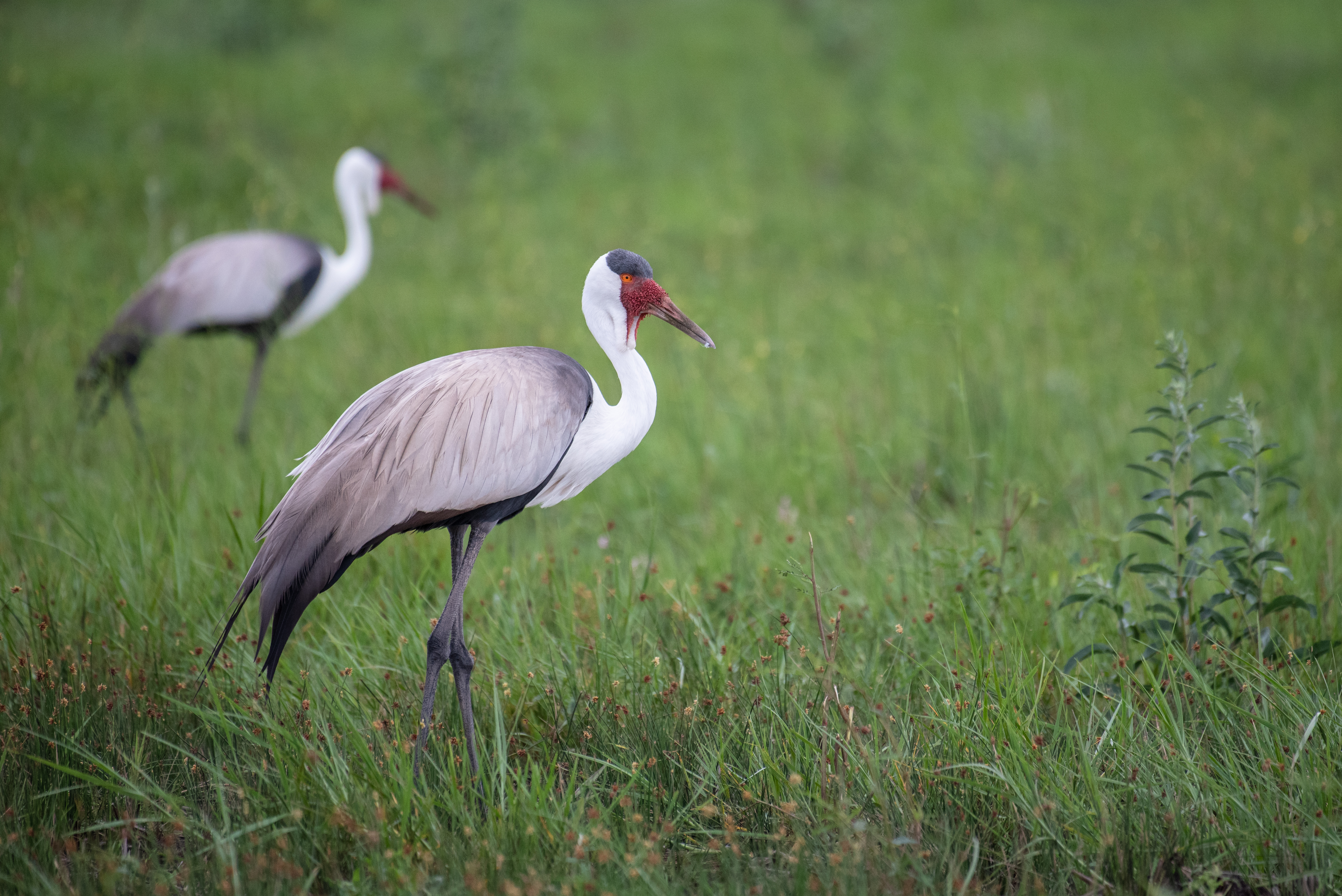
The Concept of the National Park rests on the romantic ideal of nature as untouched by civilization. Whenever colonialists entered unchartered land, they took the absence of fields or permanent structures as a sign of desolation, failing to recognize the sustainable life style of the native people. A nomadic lifestyle like that of the Khoisan in Southern Africa, or the Native American tribes was an unimaginable impossibility. What was perceived as natural or untouched was in fact vernacular landscape: sites filled with meaning, memories and spirituality for the locals. Indigenous culture was overlooked. This first form of ghosting – the silencing, blocking out, the active un-imagining of a group, a tribe, a minority – is what historically predates expulsions when ever land was usurped: to build dams, train tracks, industrial plants, or, if nature was deemed sufficiently beautiful, National Parks.
In the late 19thcentury two kinds of reserves simultaneously came into existence: Game reserves were established to protect wildlife for the use (hunting) or pleasure of a single privileged group, and Native Reserves to push indigenous people out of the way, and out of sight. Private or company-owned wildlife or nature reserves were often turned into National Parks in the late 19th and early 20th century, at a time of rising international nationalism and nation building. The romantic Zeitgeist of the time, instilled with the writings of Goethe or Thoreau, bestowed qualities on nature which should reflect the nation: pure and God-given, resilient, strong and graceful, as Jane Carruthers highlighted in her history of the Kruger National Park:
National parks fulfil an important cultural function in that they are the tangible embodiment of those elements of the natural environment which citizens consider worthy of state protection. … Thus a national park is not merely a physical entity, a geographical area, or a suite of ecosystems and species, but a mirror of society and a vigorous symbol.
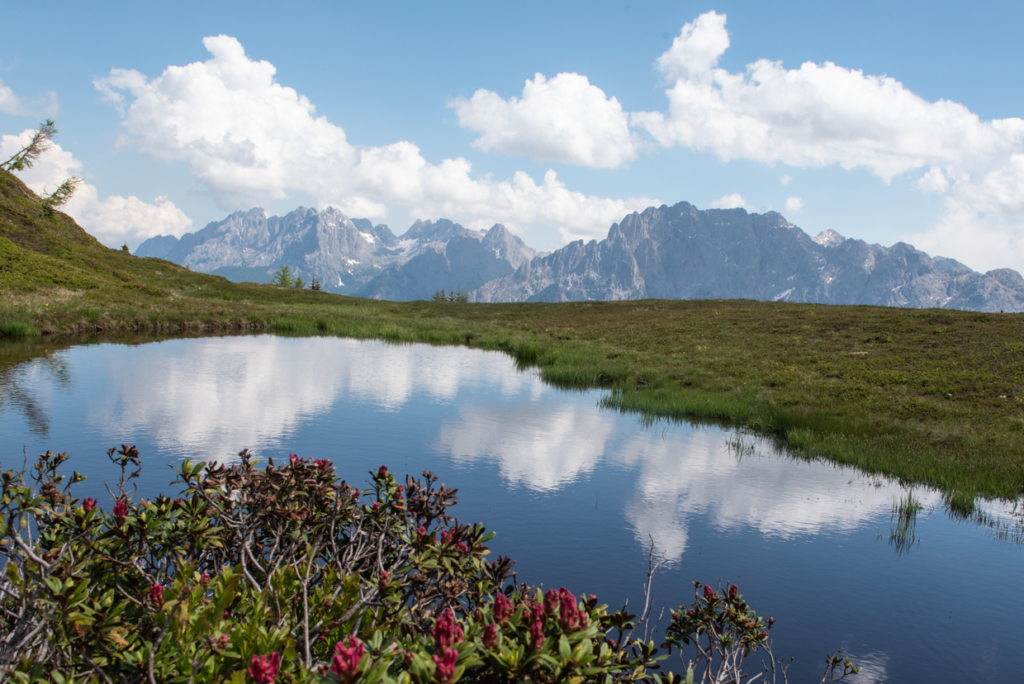
The history of the world’s second oldest national Park, the Kruger in South Africa, serves as a prime example of how the establishment of a national park often disguised imperialistic, economic, and racist goals.
Kruger Nationalpark, in the Northeastern corner of nowadays South Africa, is situated in a region inhabited by the nomadic Khoisan since the Stone Age, and by sedentary Bantu tribes since the Iron Age. When the European settlers, the Vortrekkers, and the British colonialists arrived in the 19th century, the area was abundant with wildlife. Due to the novel use of firearms, the Vortrekker’s growing need of meat, and the British lust for hunting, animals were killed to near extinction.
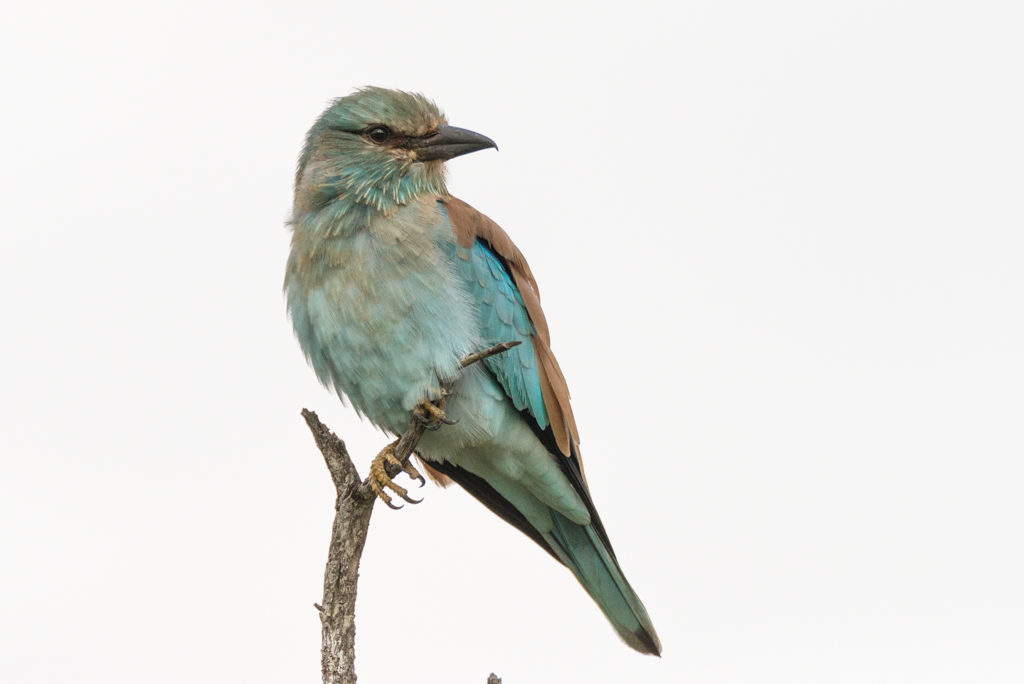
Game reserves were hence established by the administration to protect and manage the remaining herds of antilopes. Contrary to the Vortrekkers, the British didn’t hunt for sustenance. Rather, hunting was regarded a noble, elistist sport, and sport hunting as the only morally acceptable form of killing wildlife. It was in this vein that predators like lions, hyenas, wild dogs, or leopards were destroyed as vermin. Their killing was even rewarded by local administration. As predators, they were competitors to the British sportsmen.
The African residents were either evicted from the game reserve to Native reserves, or made to pay rent. Officially, this happened to protect the wildlife from sustenance hunters – the Africans and the poor Afrikaaners. In reality, their impact on the reduction of wildlife was minor. Rather, they were deprived from their livelihoods as the diamond mines and agricultural plants of the emerging nation were in dire need of cheap workforce.
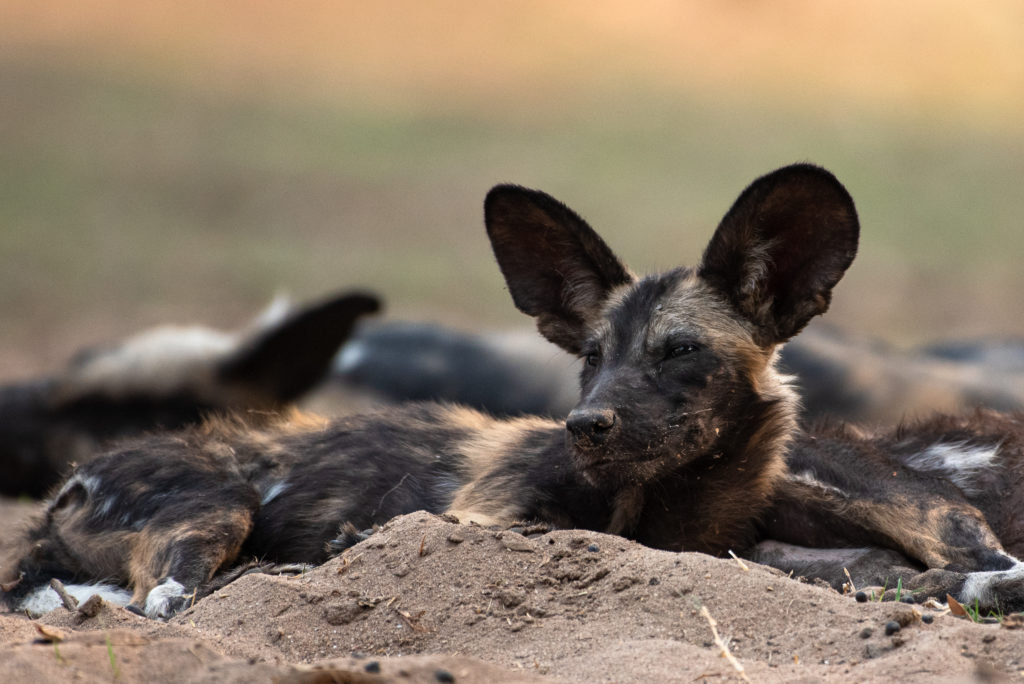
When, in 1926, shortly after the foundation of the Afrikaaner Union of South Africa, the Kruger National Park was established by merging two private game reserves, it was in a spirit of nascent Afrikaaner nationalism. The National park was a tool to promote and romanticize the Vortrekker heritage: the land as it was when the Vortrekker arrived, and the dangers they had to overcome, voracious lions and ferocious buffaloes. With the creation of a national myth, the white population of South Africa was to be glued into a nation, one valiant, heroic people which the wildlife represented. While the rest of the country was industrialized, filled with dumps from the diamond miles, and flattened for endless fruit plants, inside the electrified fences that surrounded the Kruger, a Garden Eden was preserved. Pristine nature as God had created was to serve the spiritual regeneration of paying visitors. The Africans were fenced out, made into Un-inhabitants of South Africa.
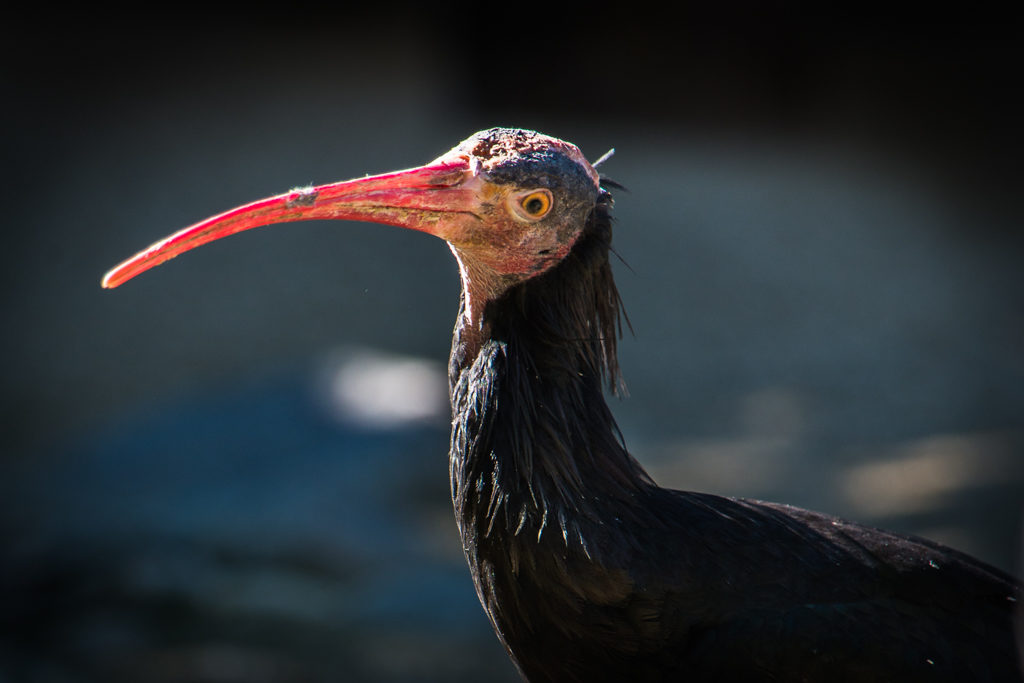
From an indigenous point of view, national parks, in South Africa and elsewhere, were not established to conserve, but to destroy: their livelihood, their tradition, their culture. Naturally, and politically, we have come a long way. The days of apartheid and racial segregation are long gone, and National Parks have indeed become refuges for conservation and protection, for scientific research and reintroduction programs. As tourism hot spots they employ well trained rangers, thereby offering perspective, job opportunities and ensuing wealth to the surrounding communities. Yet, inside the African National Parks, the old imperialist ideas have often survived. Game Lodges cater to affluent tourists from Europe or the US, conjuring up the once glorious past with colonial style tents and candlelight dinners under the Milky Way, and solemn African waiters that discreetly withdraw into the night. The African townships dwellers never get to see a rhinoceros, a lion, or an elephant. Their habitat is the overcrowded cities.
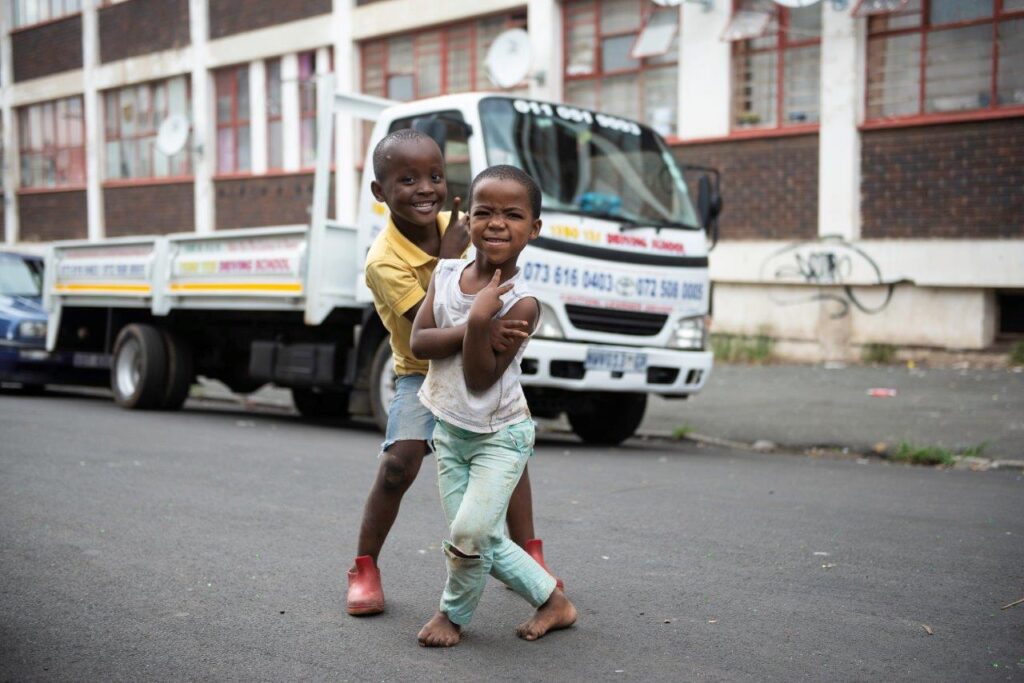
Ramachandra Guha, who minced the term eco-system people, also had a name for us, the Westerners: omnivores. We are the wealthy consumers who overstrain the planet. Insatiably, we eat everything. In lack of competitors, we have thrown the ecosystem off balance. Like an unstoppable comet, we are causing the planet’s 6th extinction.
It is not humanity, human kind, from whom the nature needs to be protected, fenced off in National Parks, but the omnivores: Jeff Bezos and wanna-be Jeff Bezos of this planet. We urgently need the ecosystem people to protect us, and our planet.
In this sense it is important to redefine the concept of a nationalpark as a region protected from human exploitation, but not devoid of humans. A space to live in, not an entertainment park for the wealthy. If thirty or fifty percent of the world are turned into protected areas, they must be returned to the eco-system people for them to hunt and fish, to fertilize the soil with controlled fires, to grow their traditional vegetables, to thank and venerate their Earth Gods and spirits. And thereby, hopefully, they will teach us, or refresh our memories of how to live enmeshed in a network of collaborating species, how not to exploit but to give and take, to become the ecosystem people we once were. Then no part of the world will need to be protected, but the planet will be our habitat again. A place for all of us, fellow species and ethnicities.


